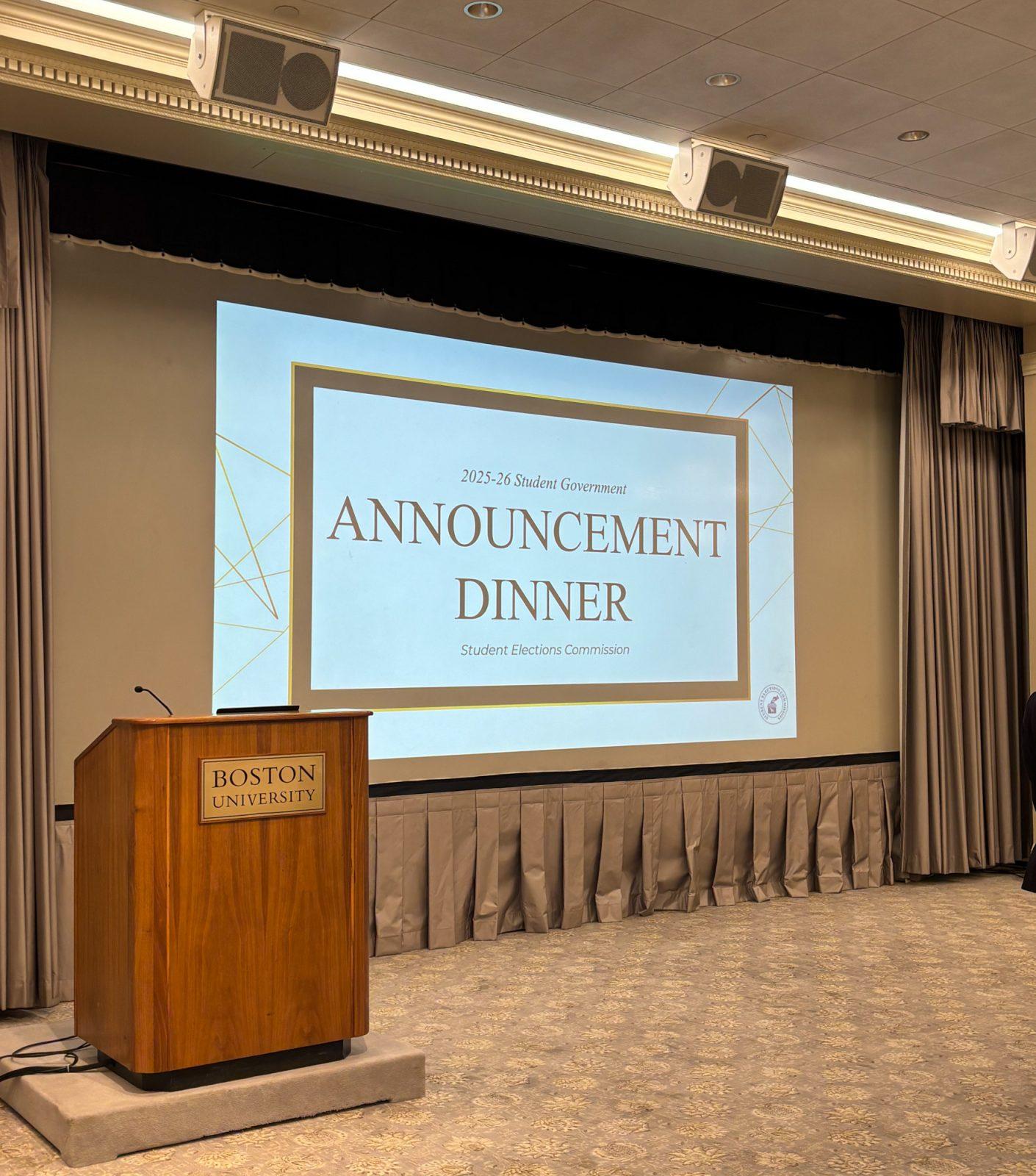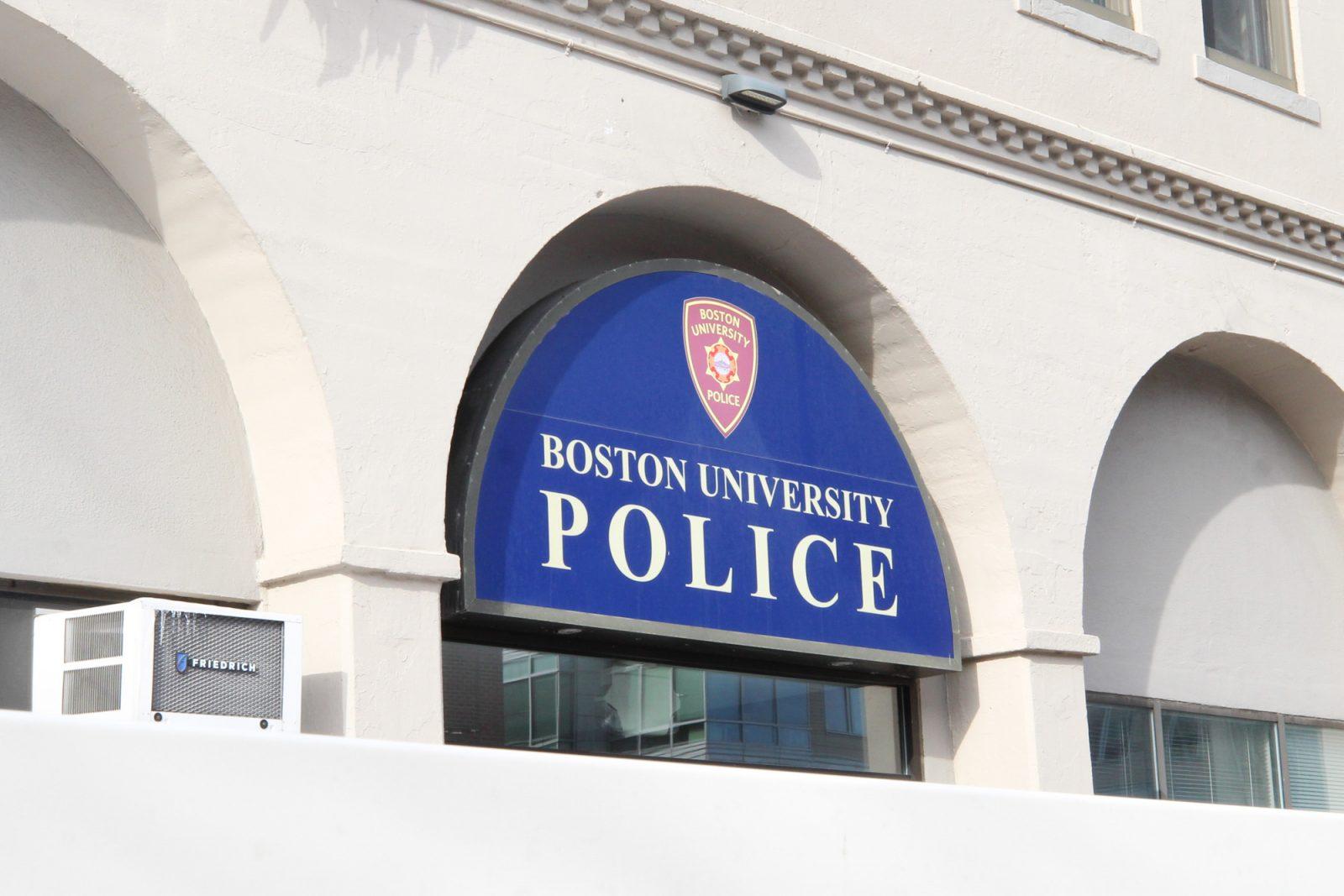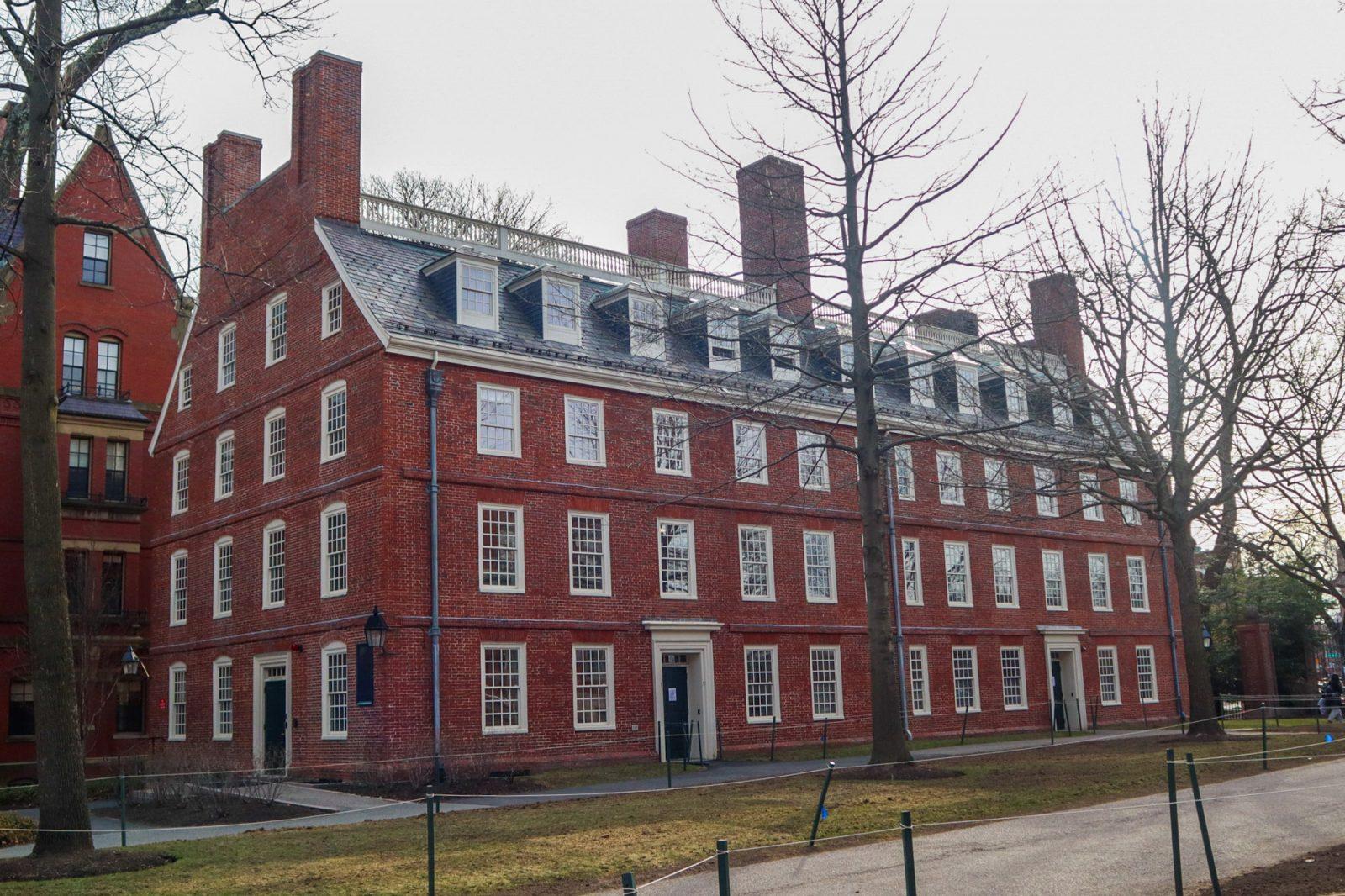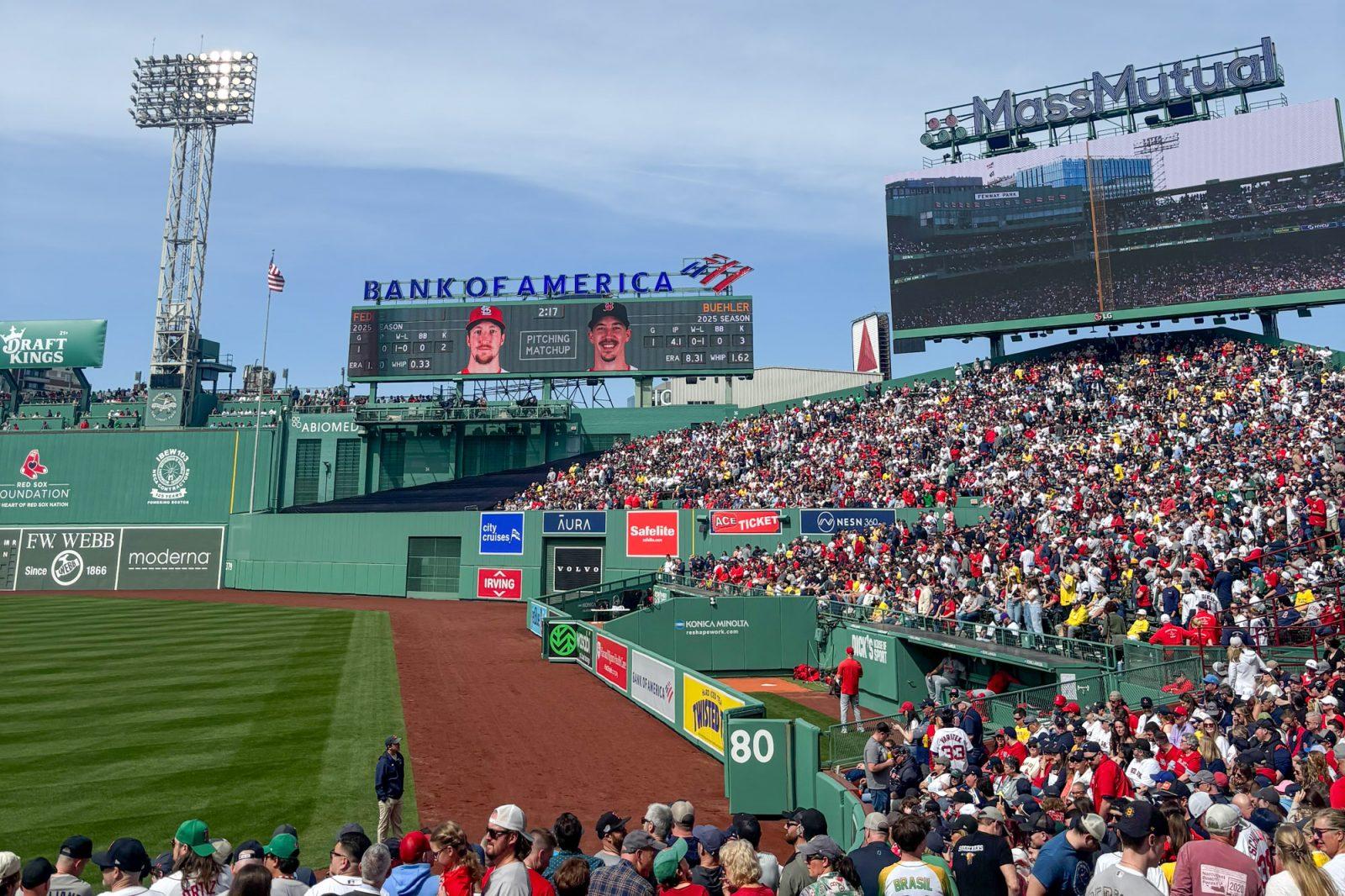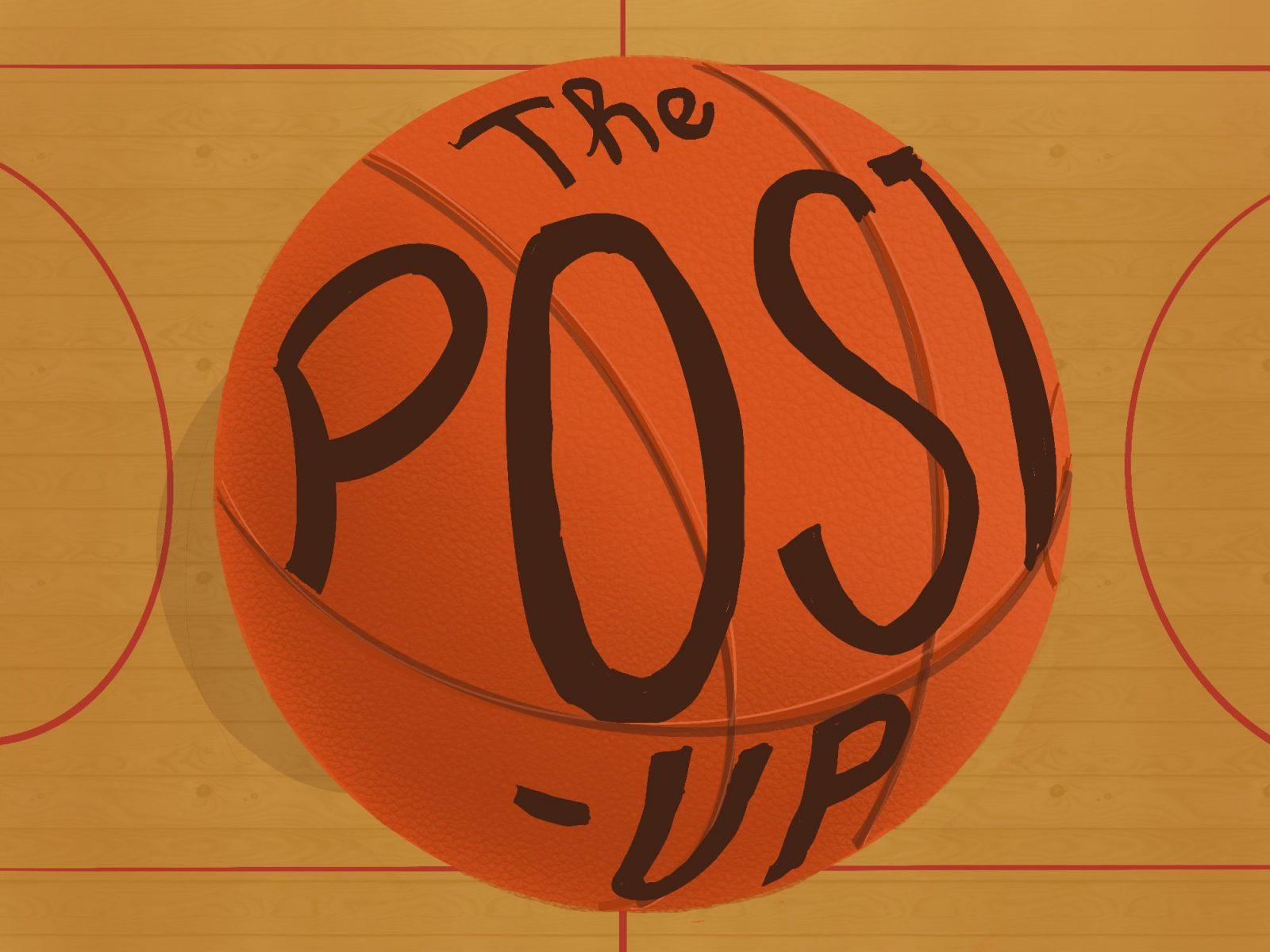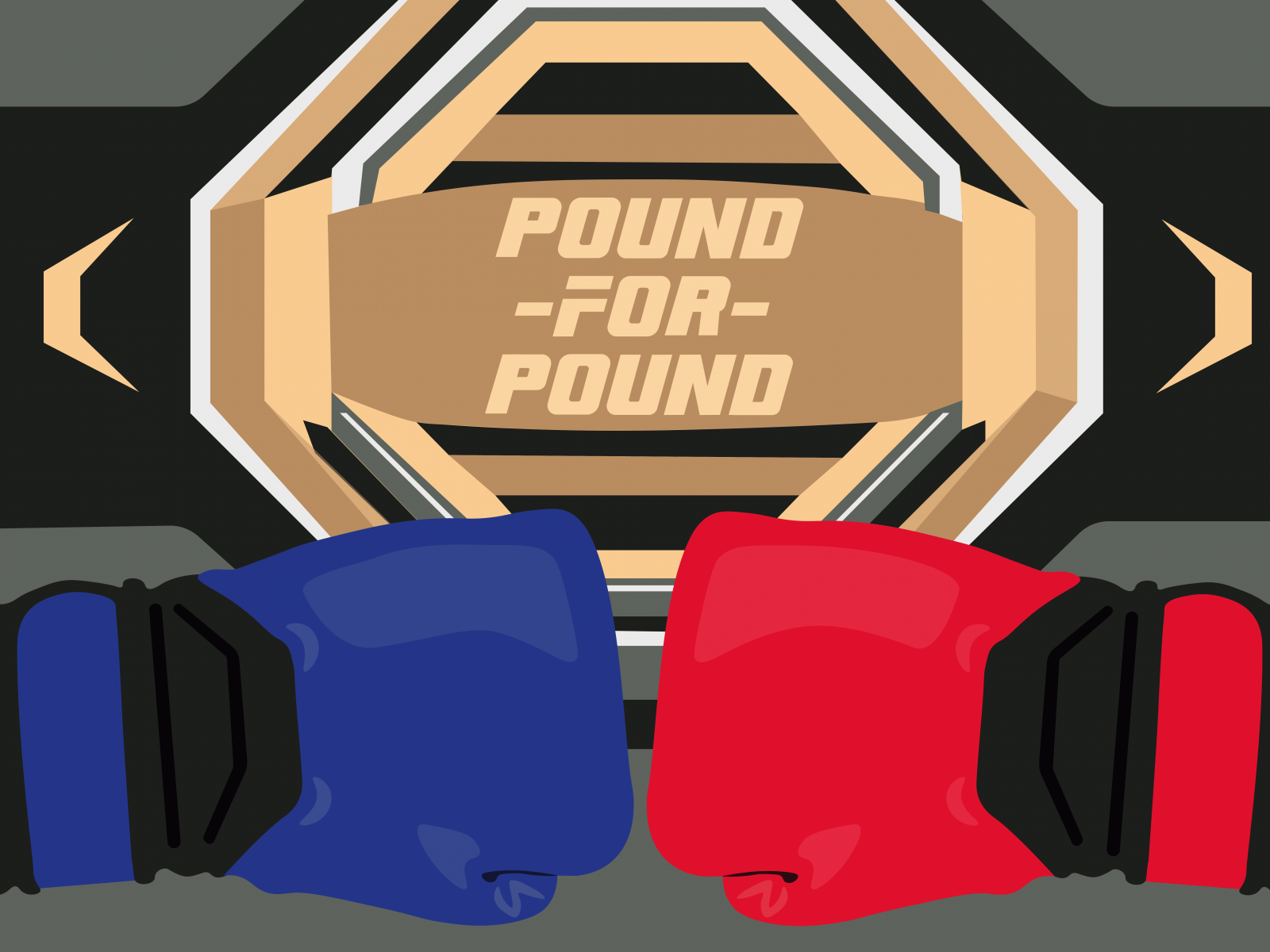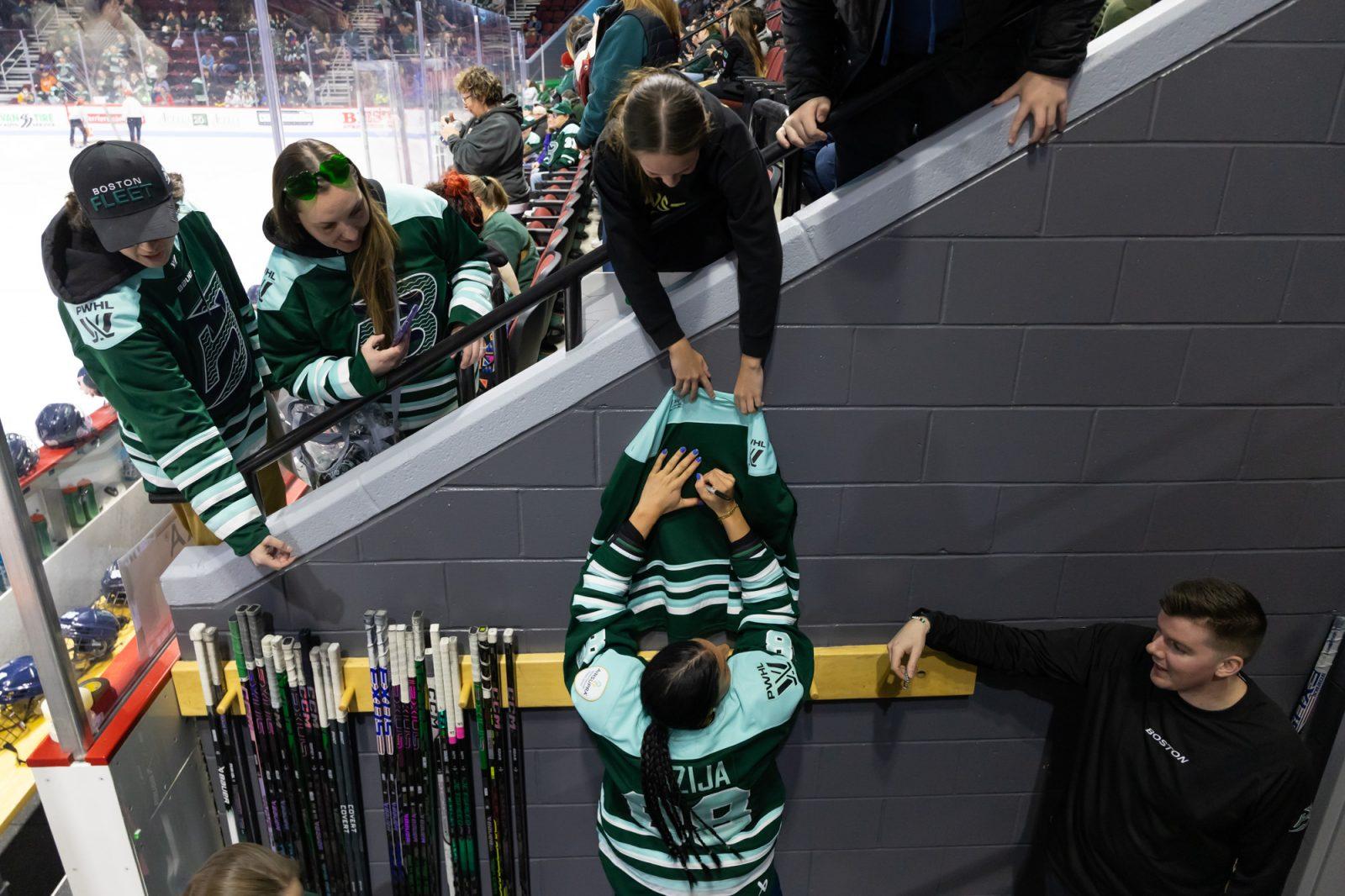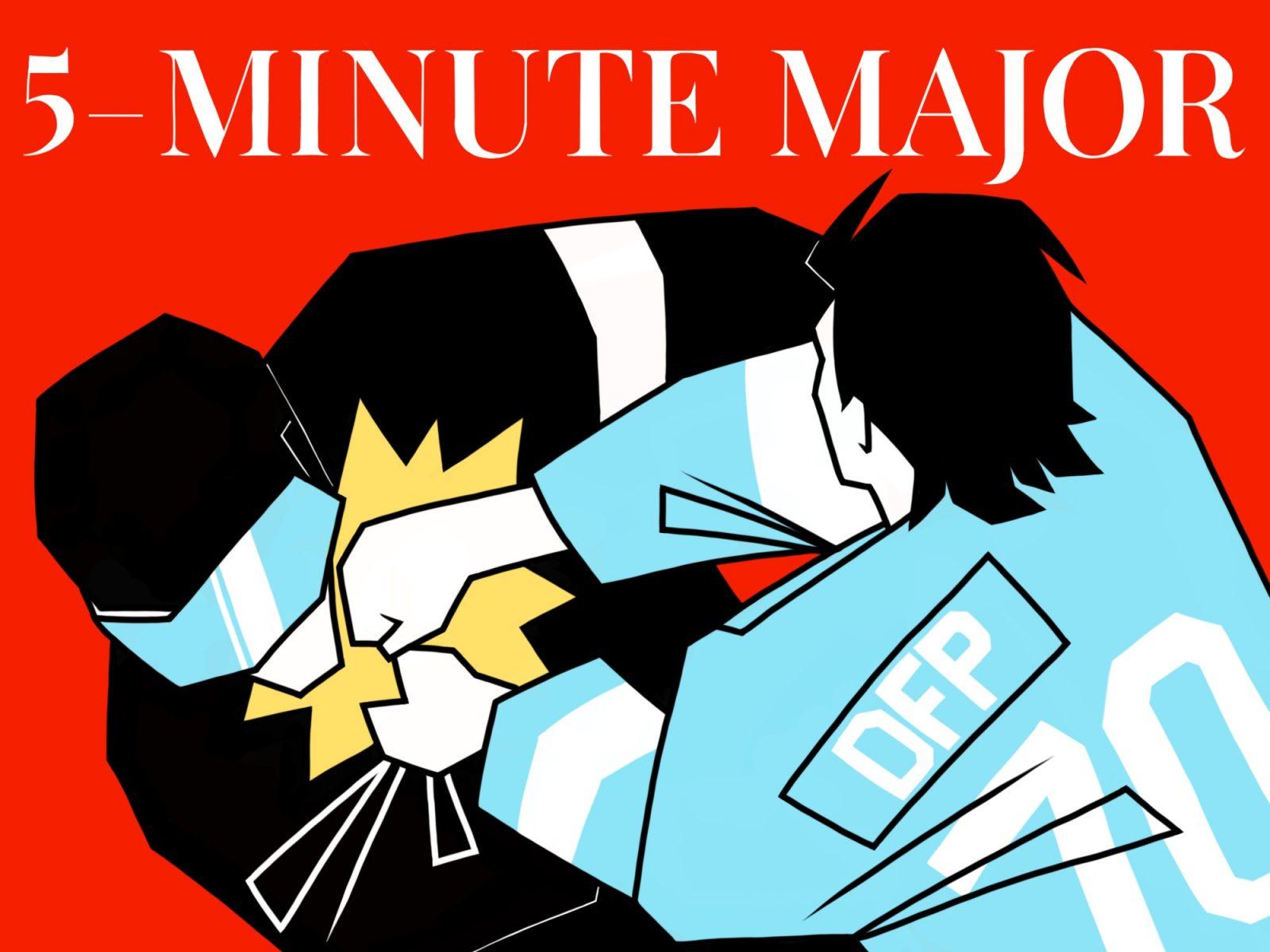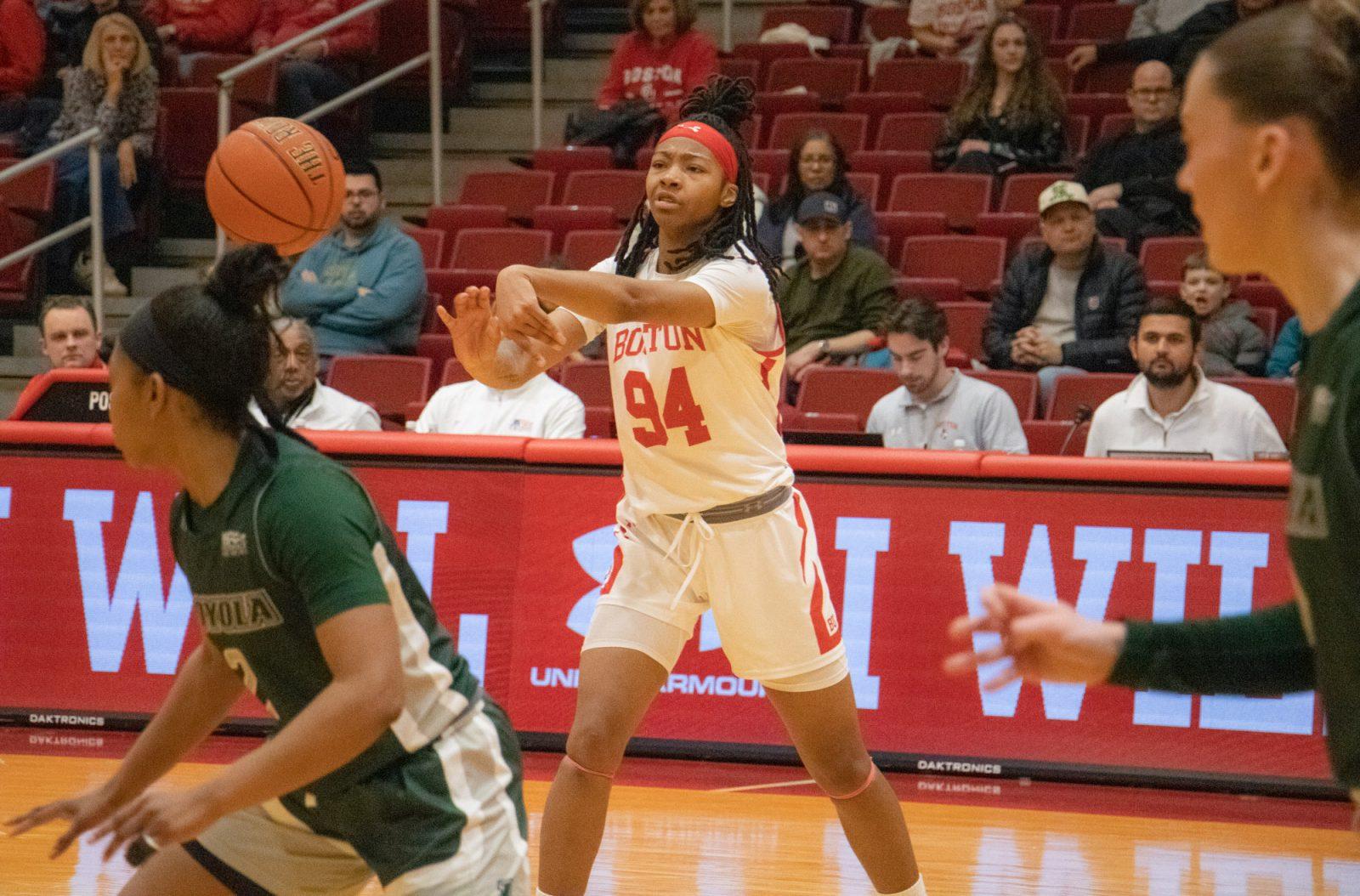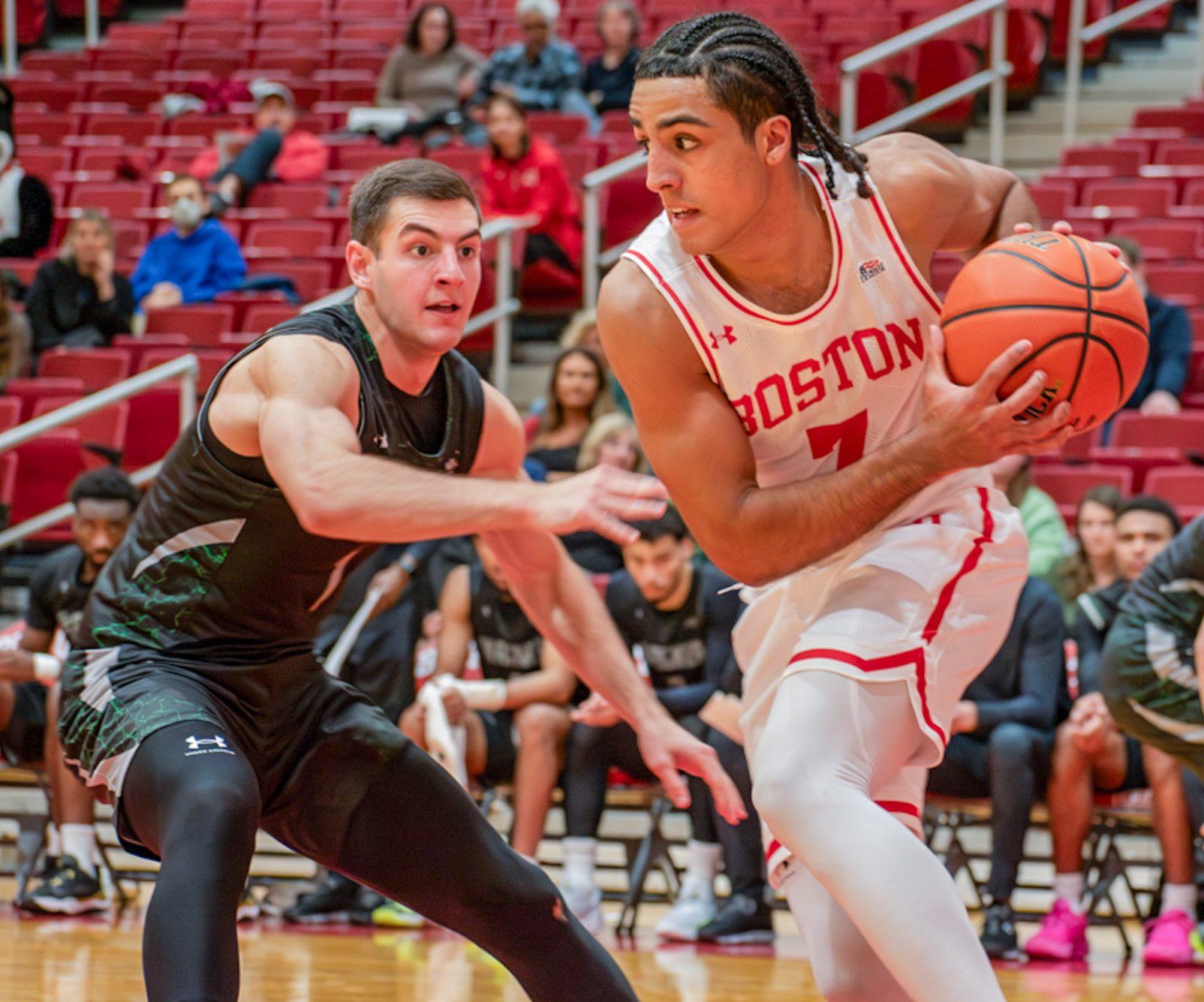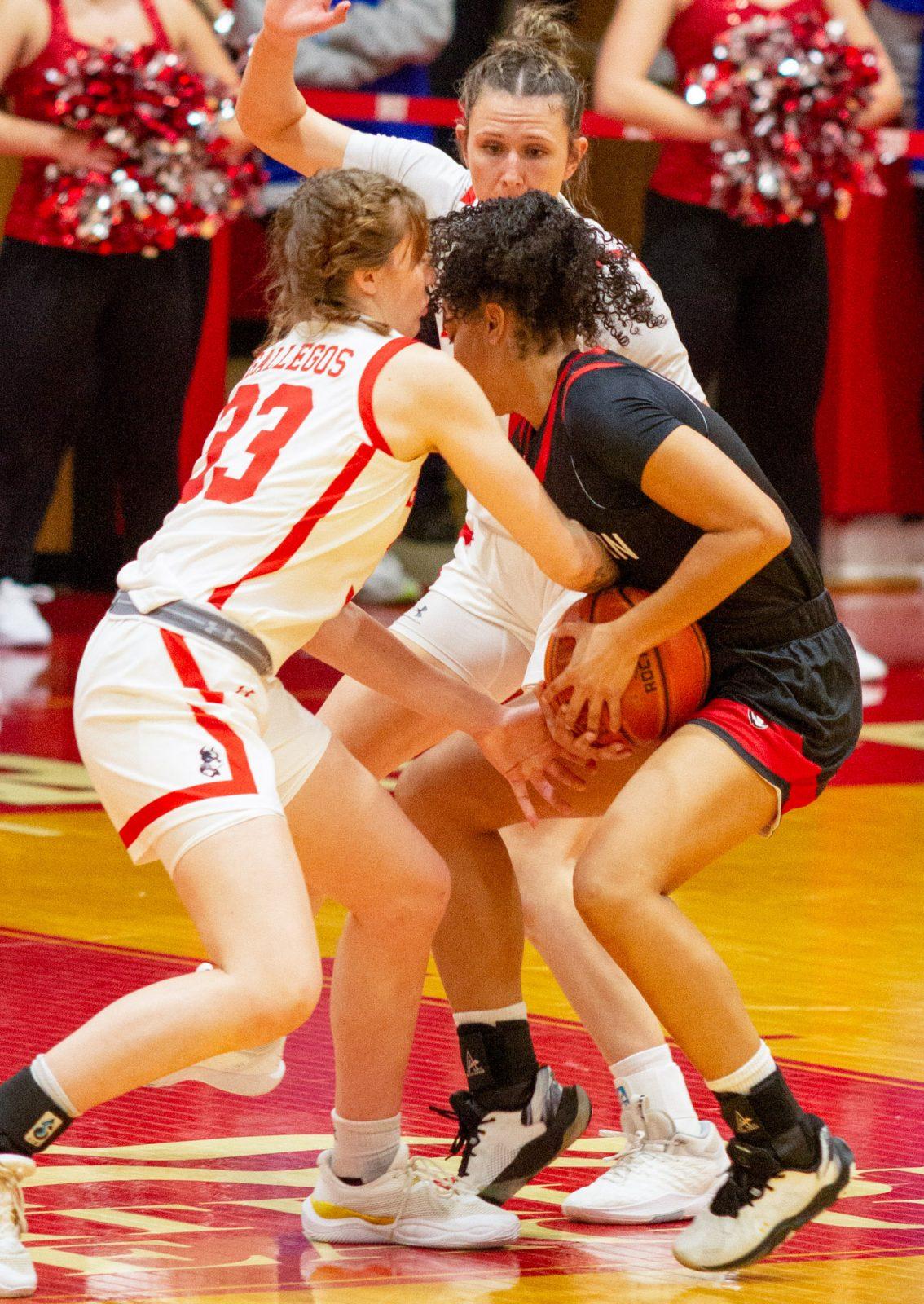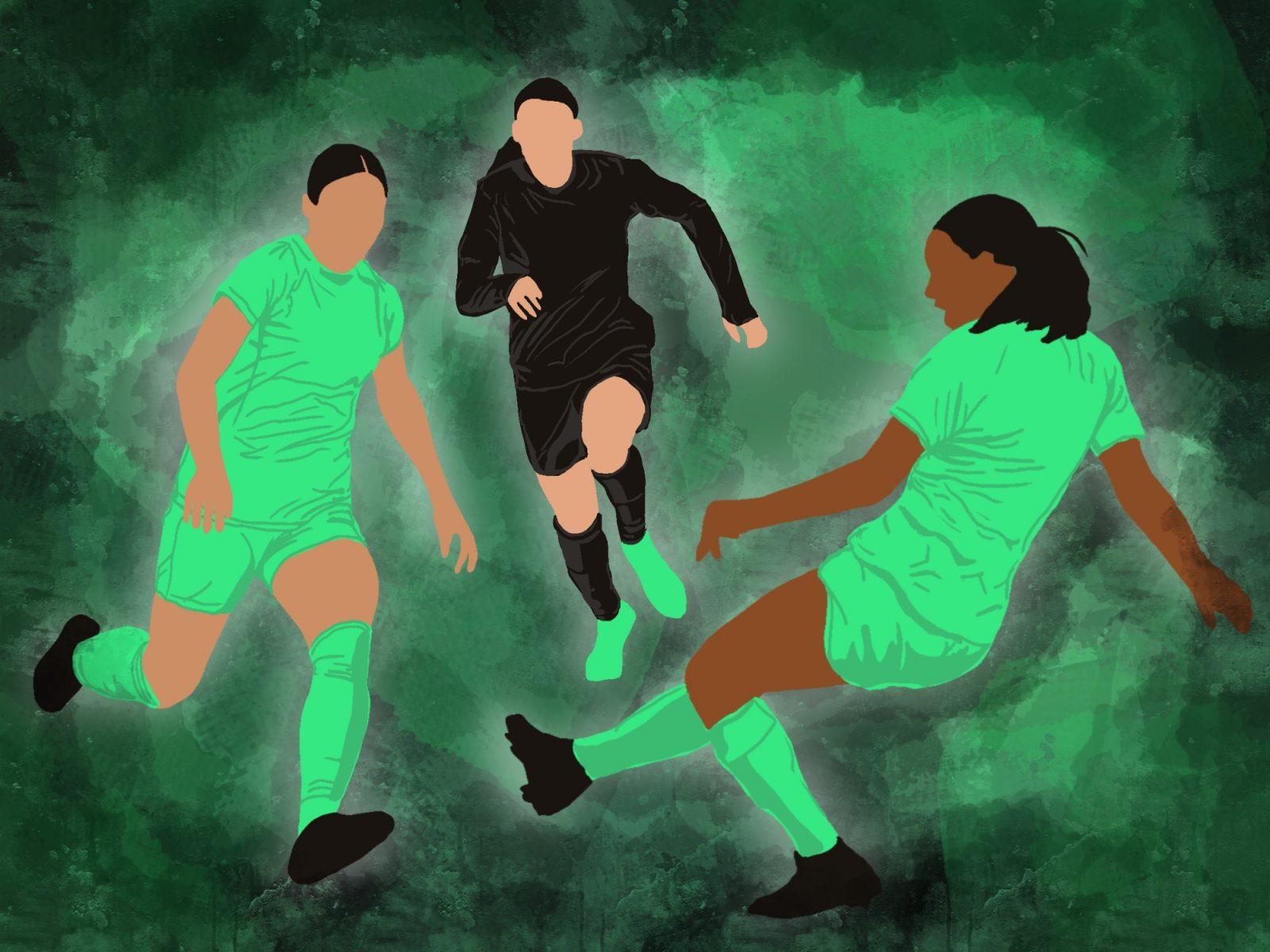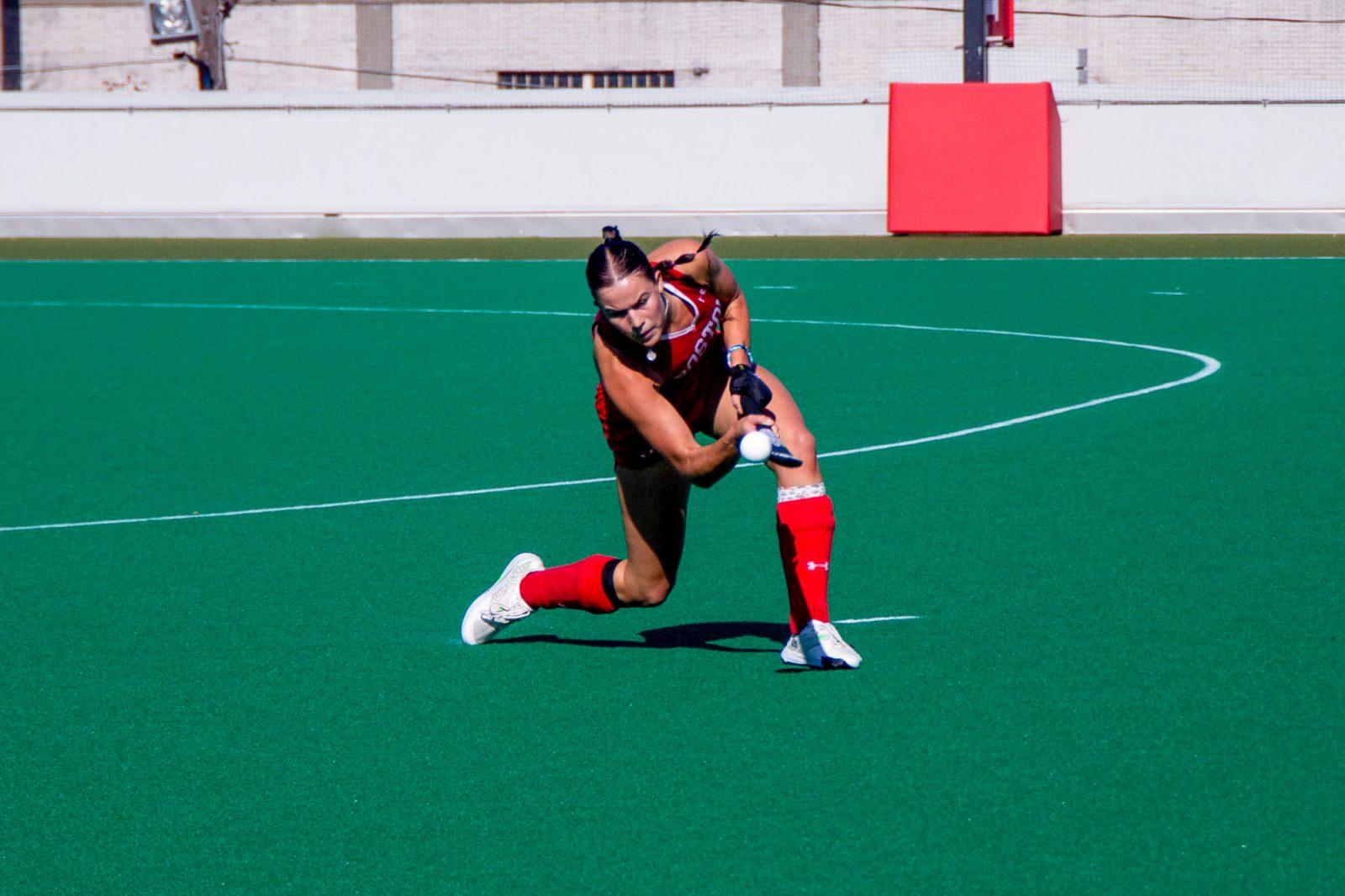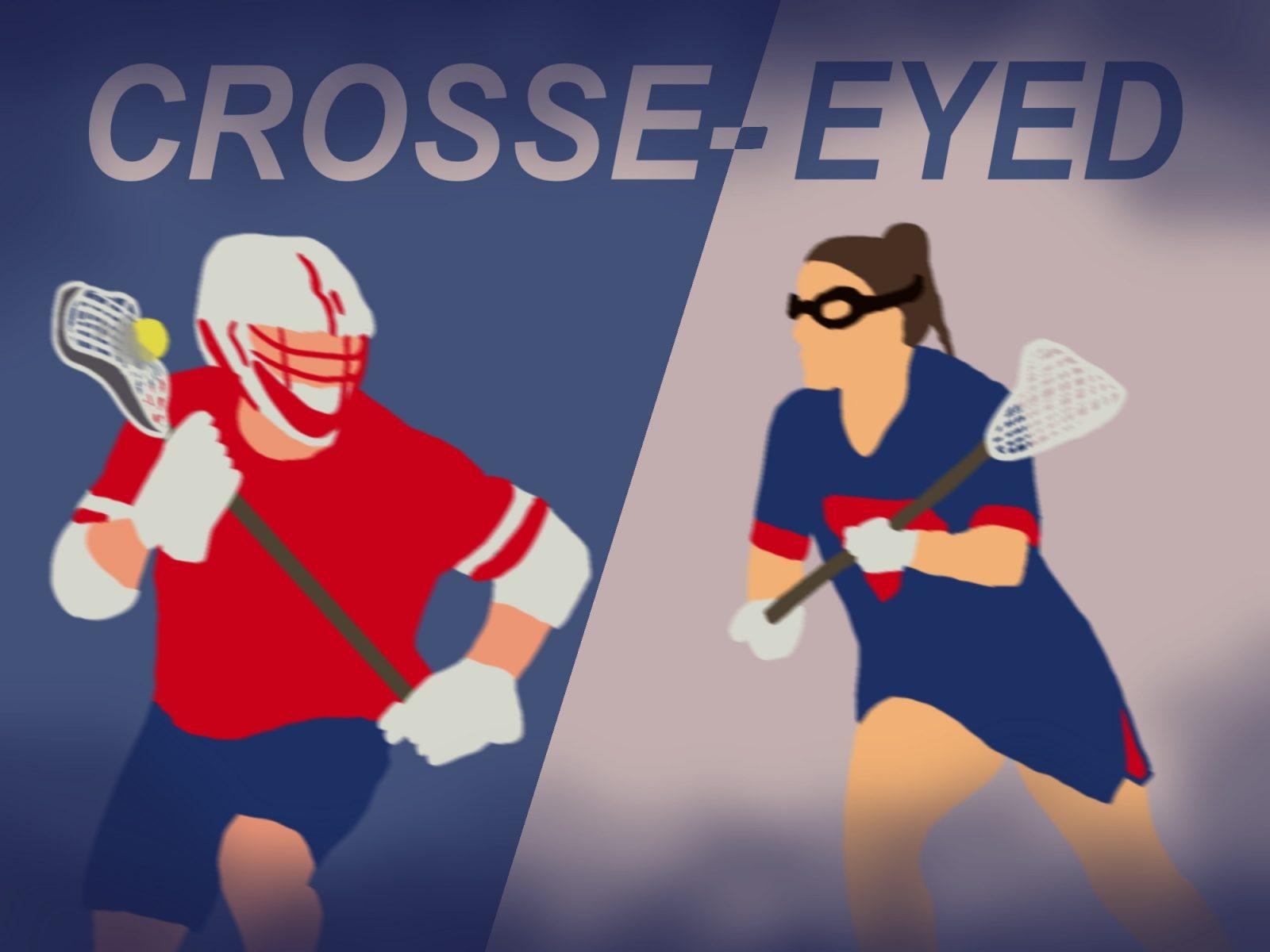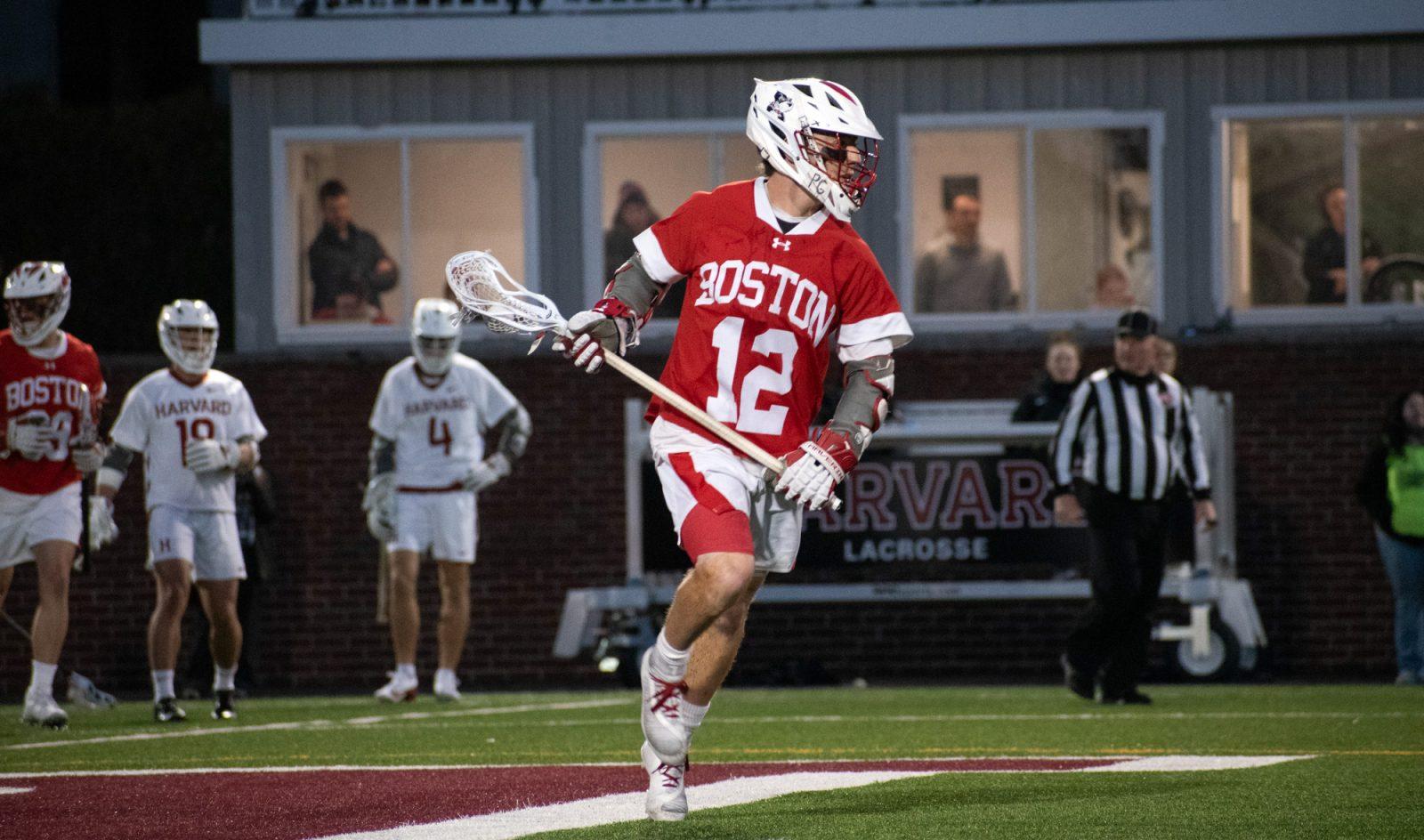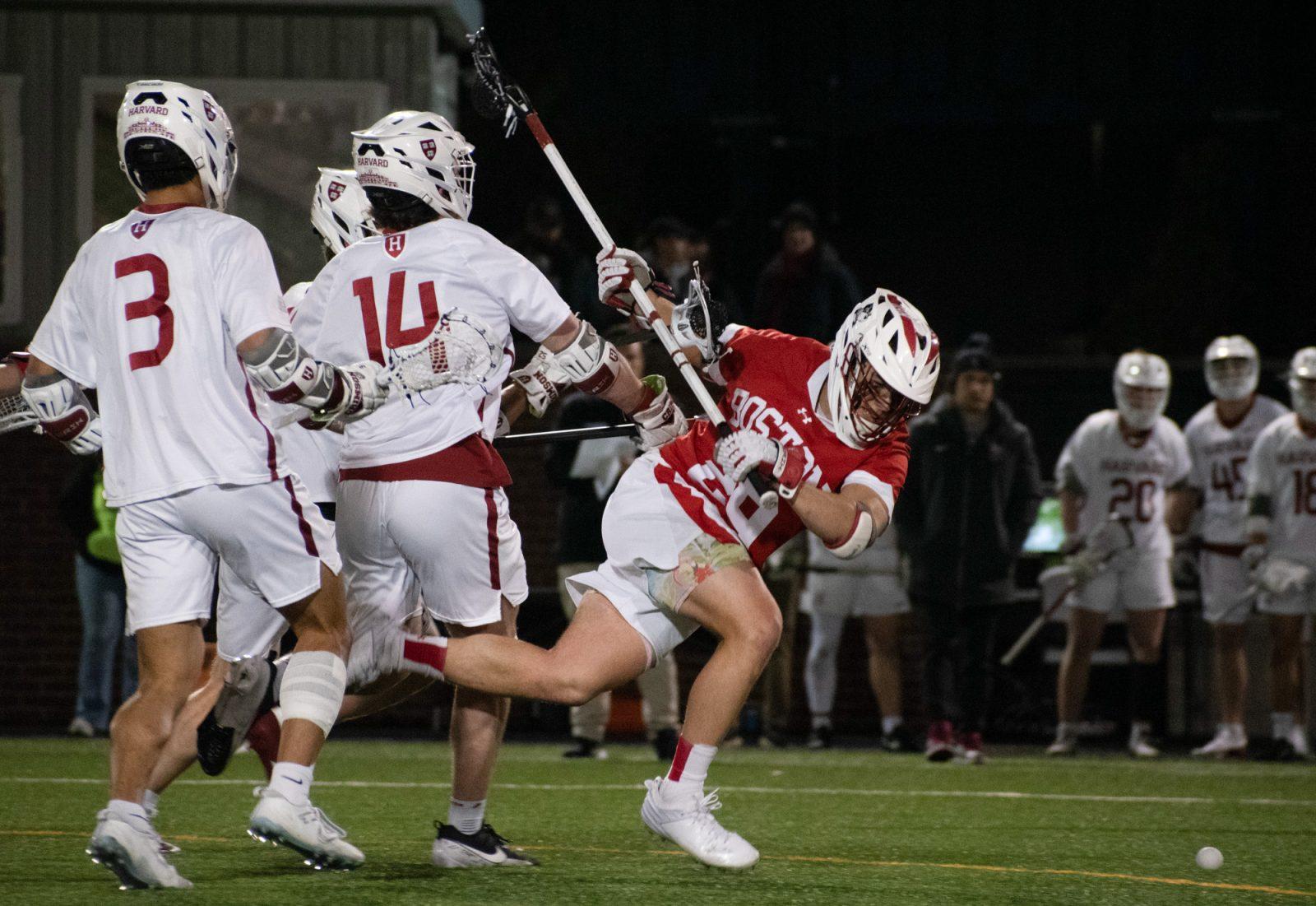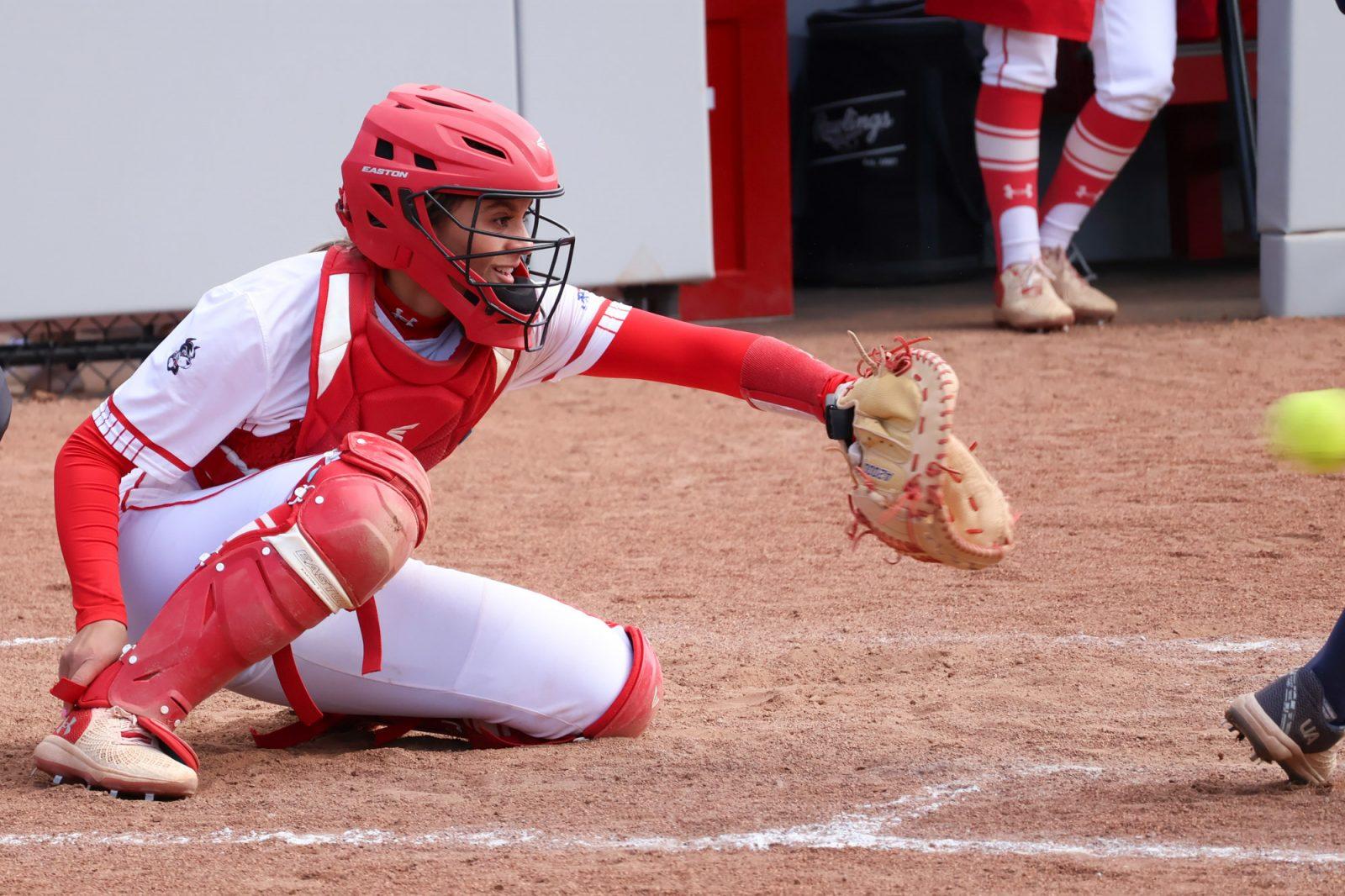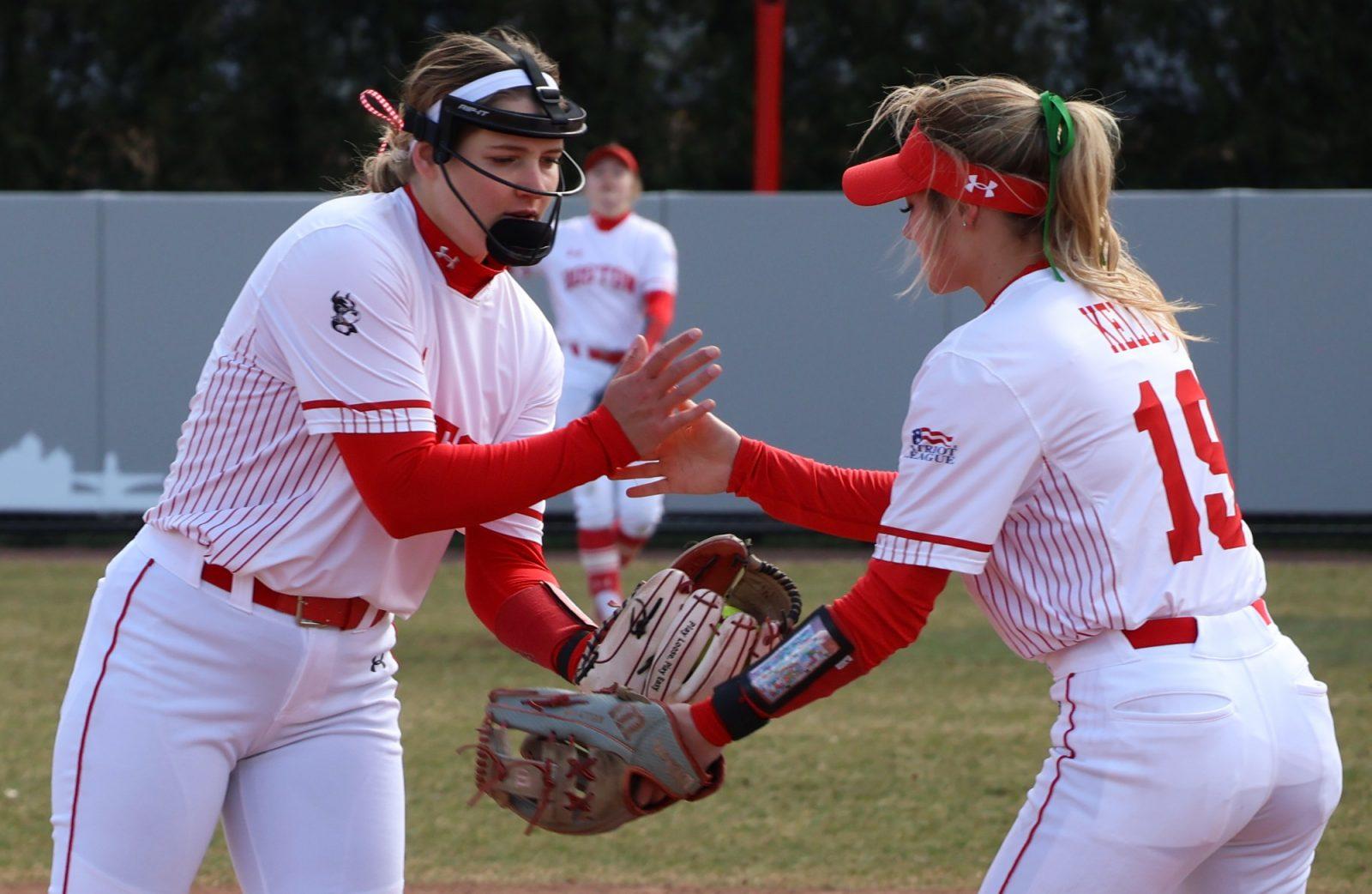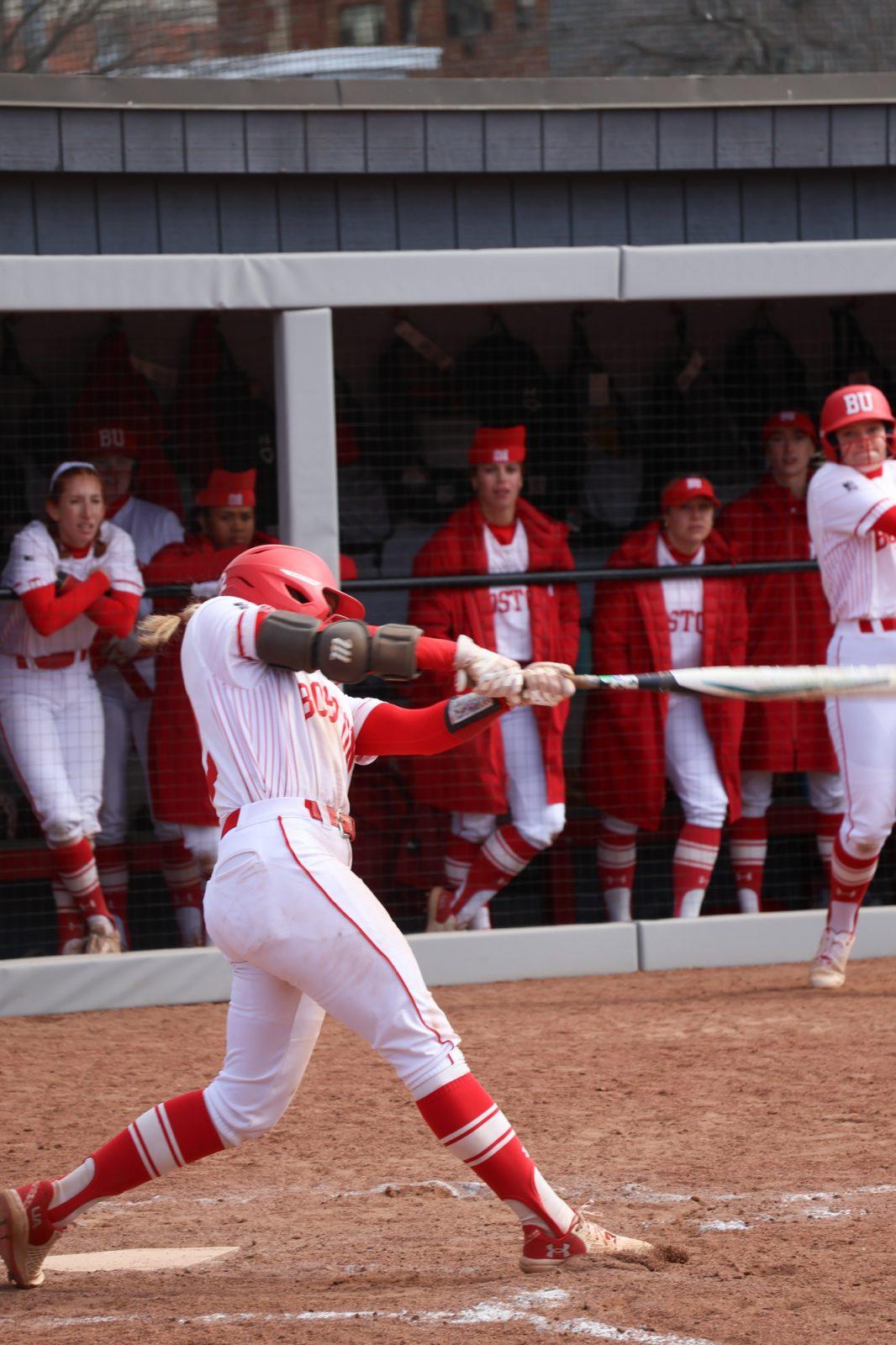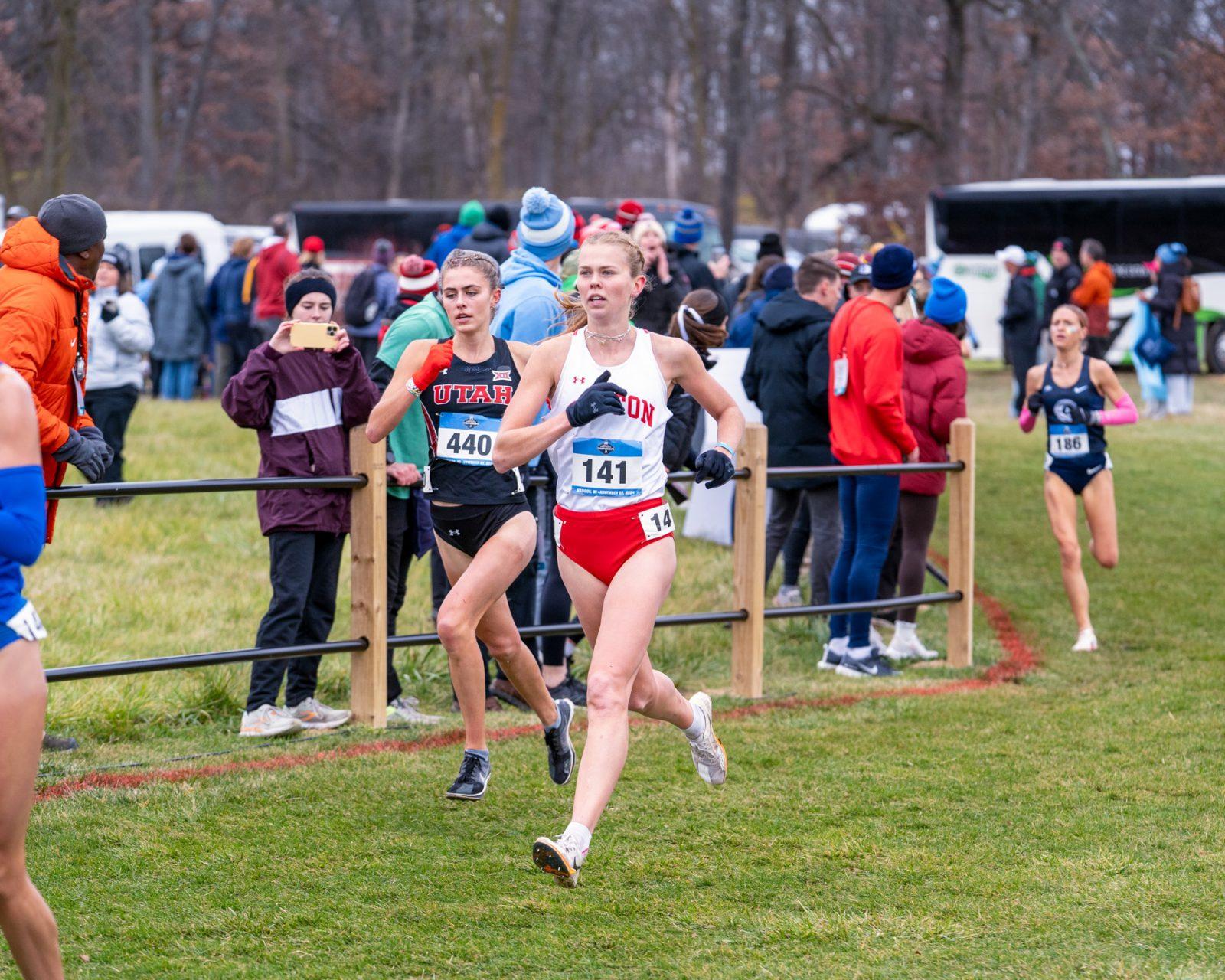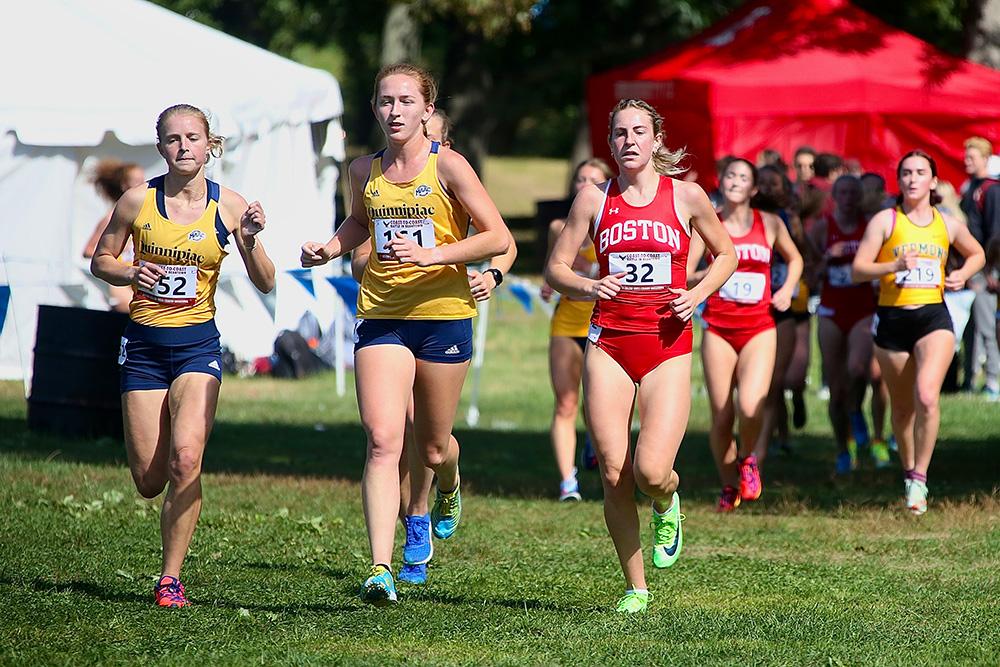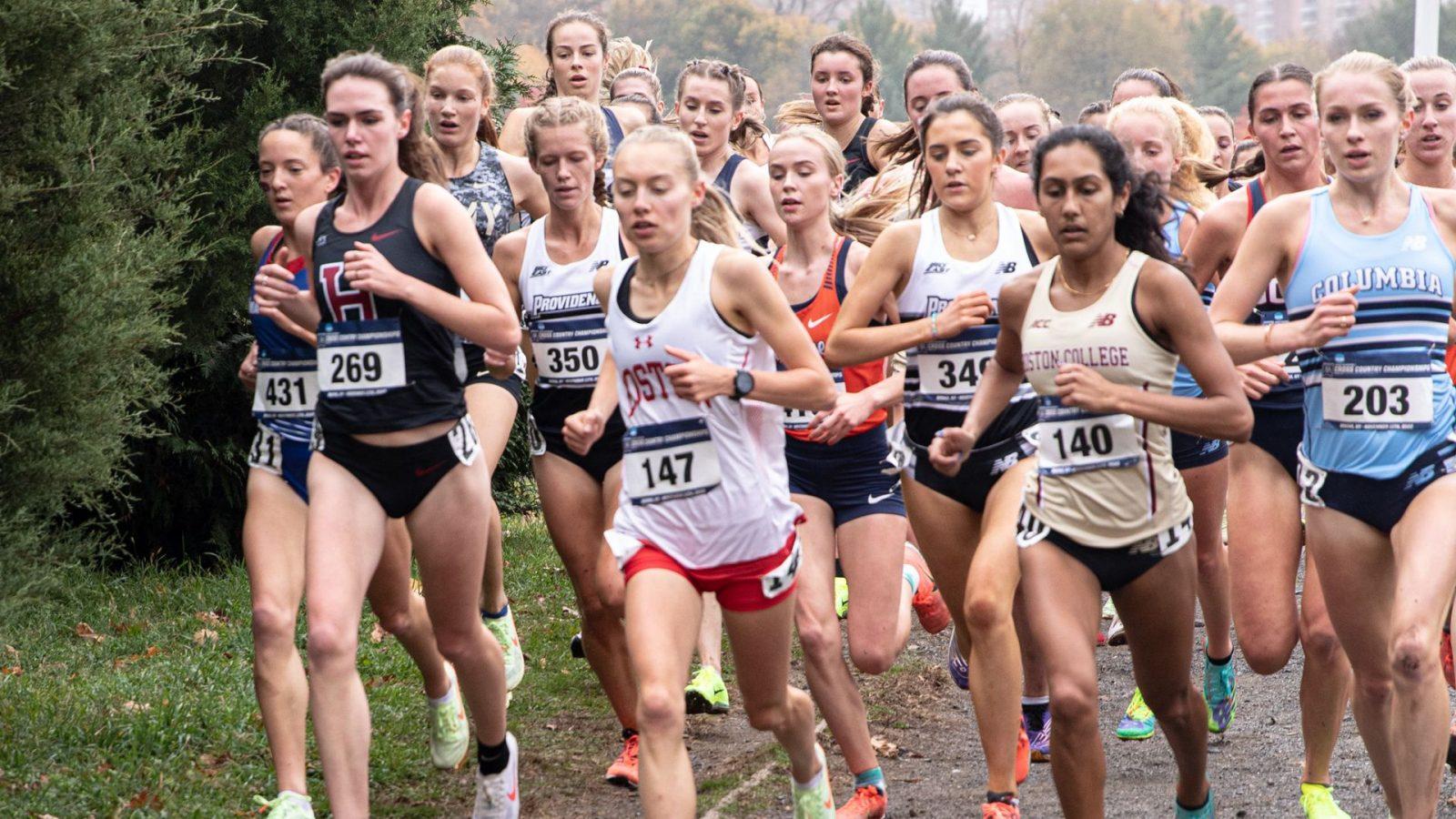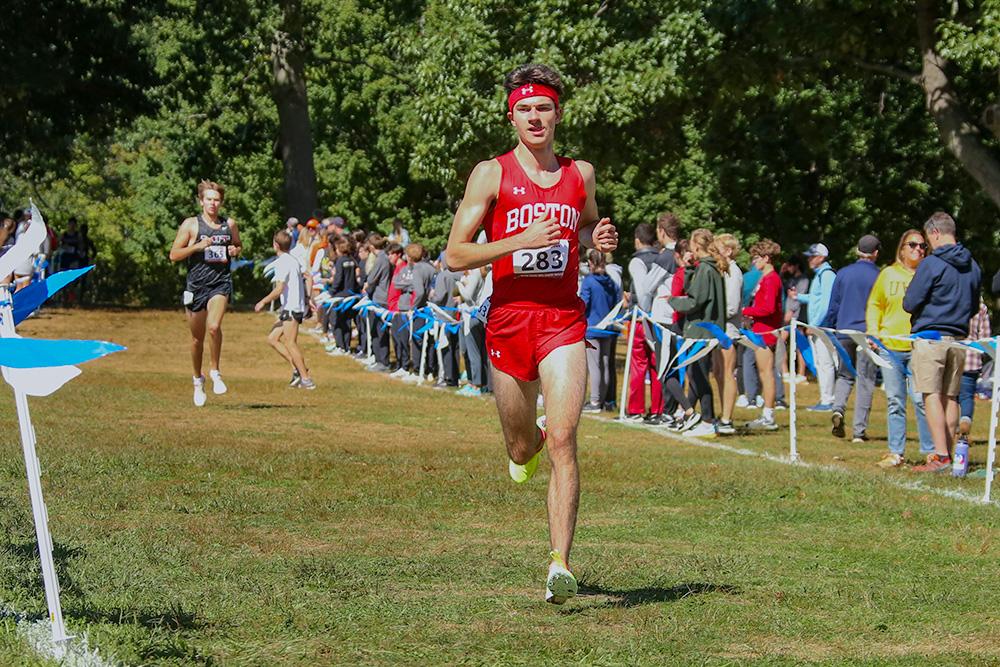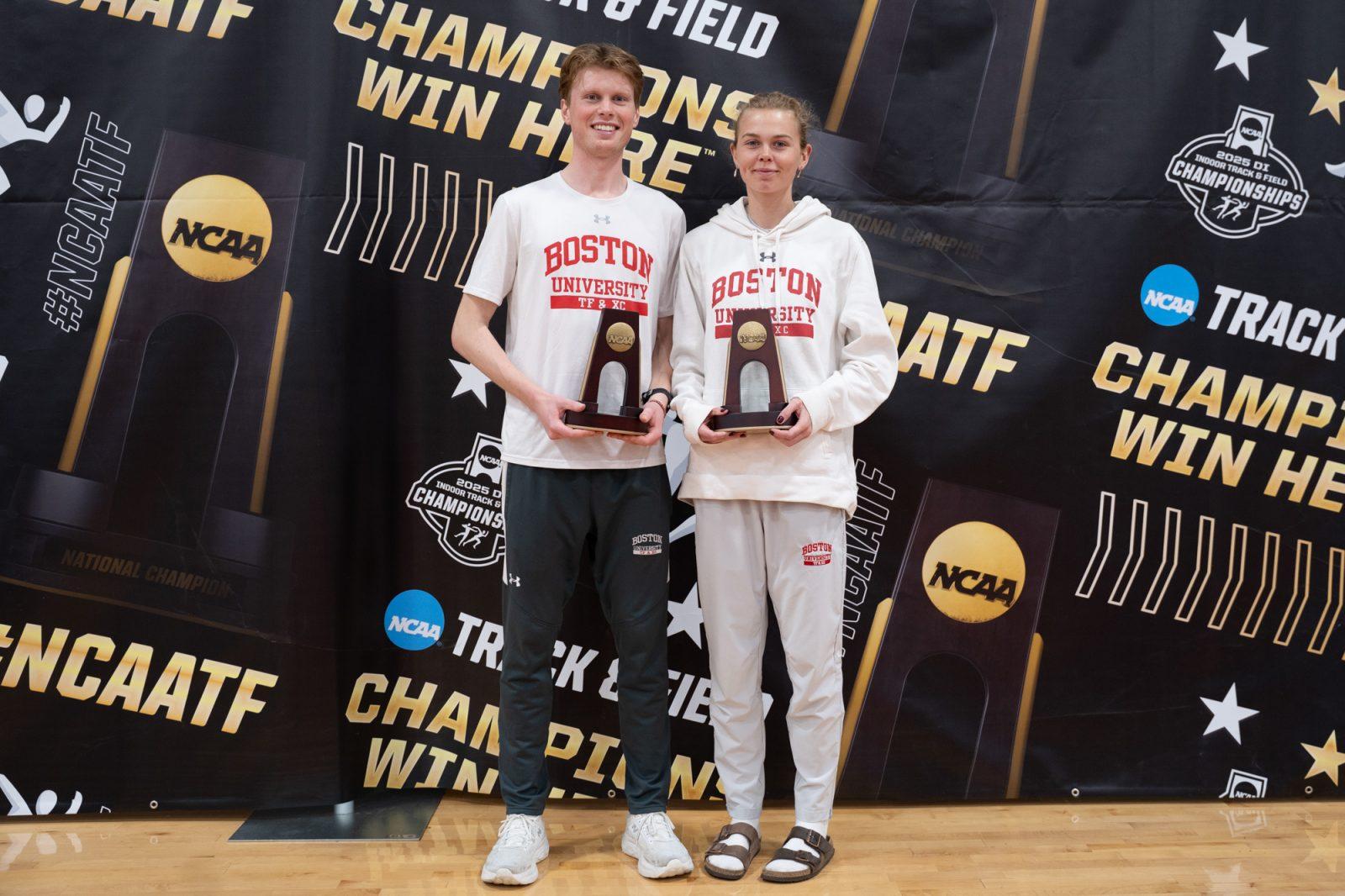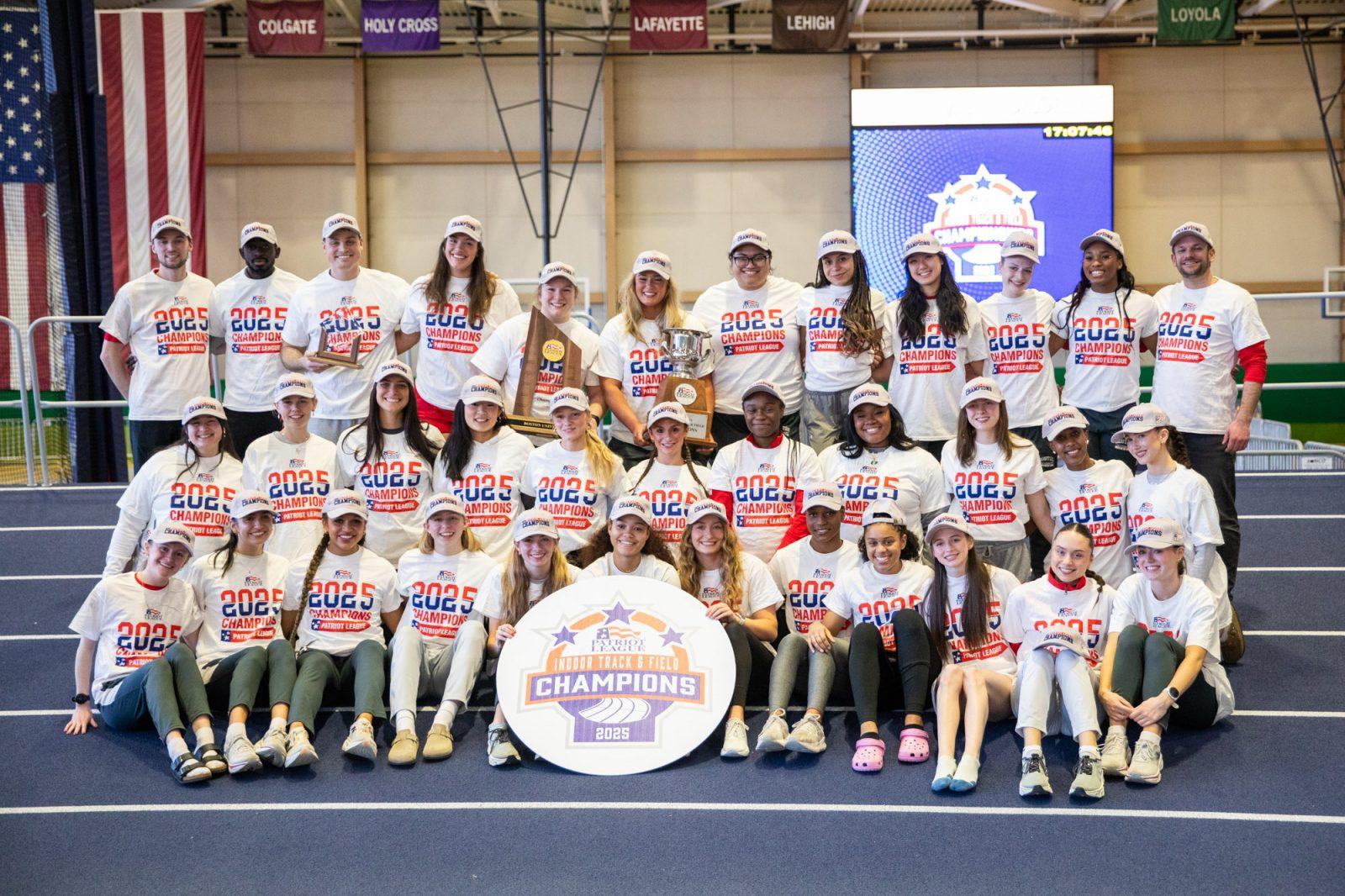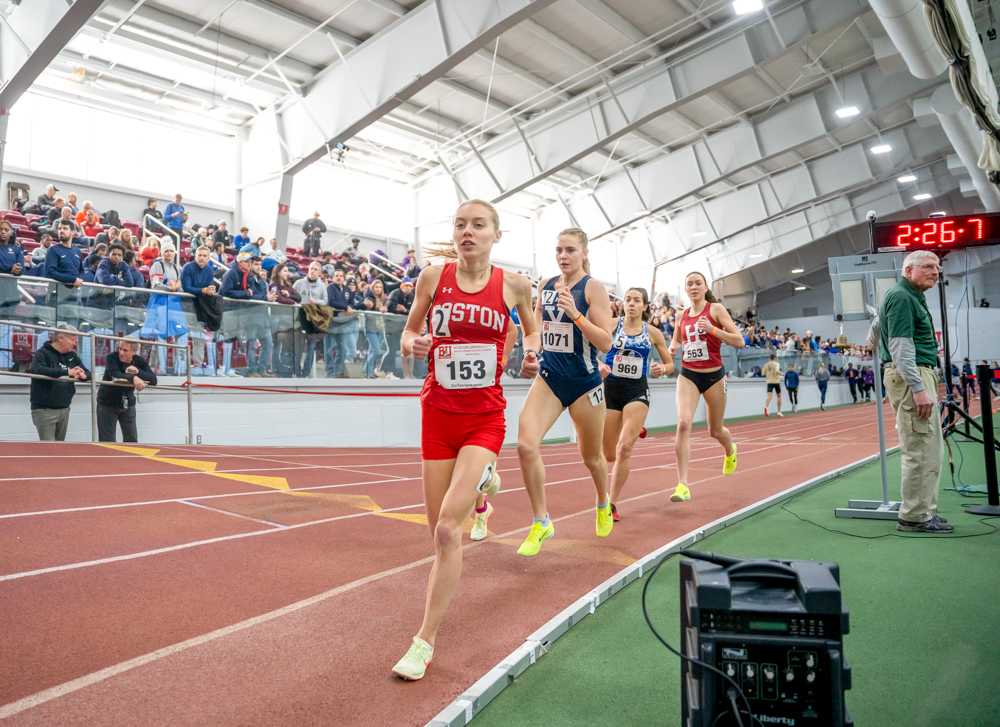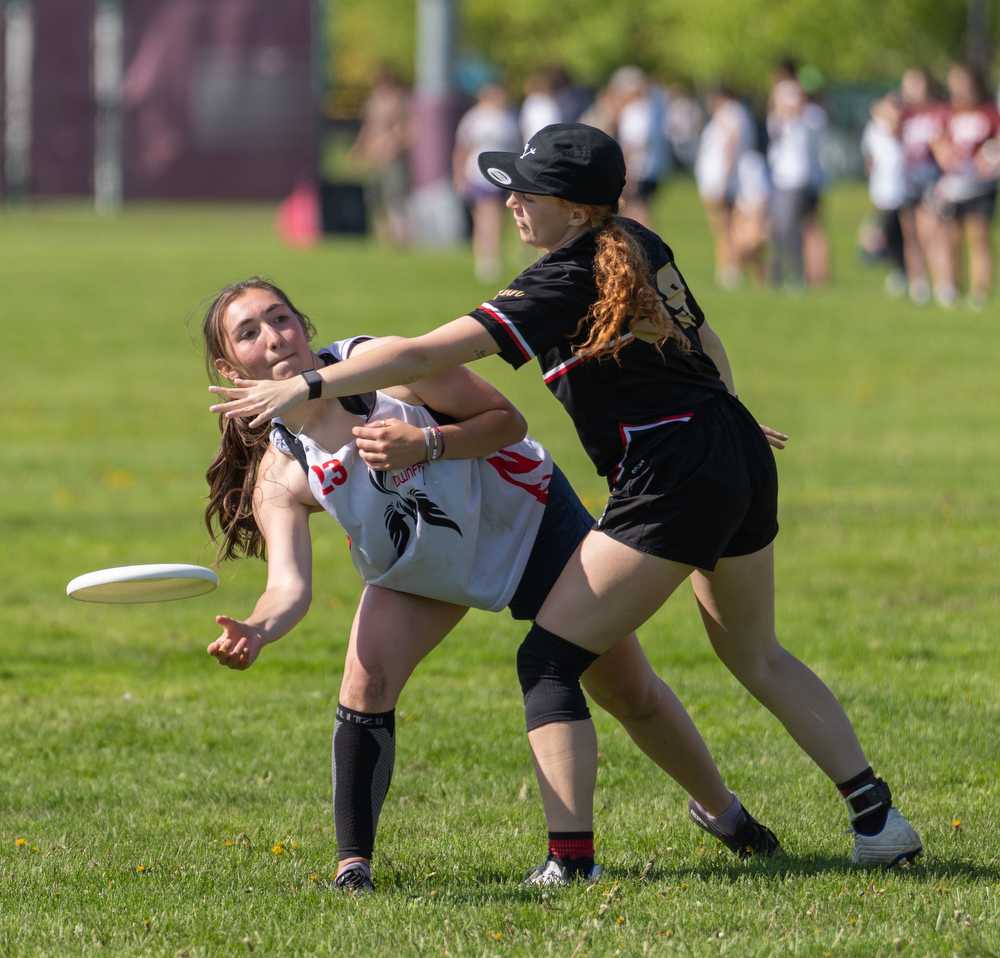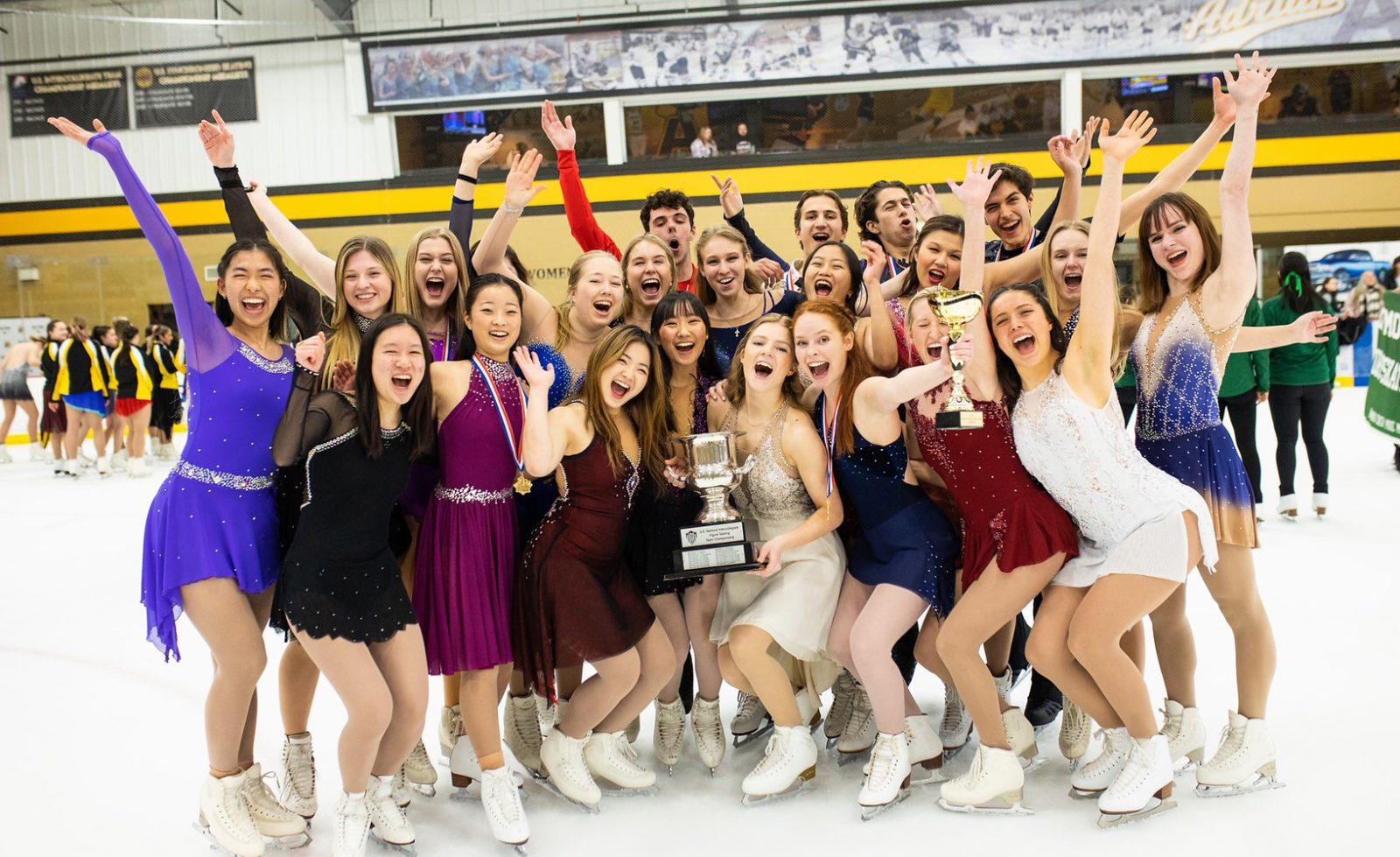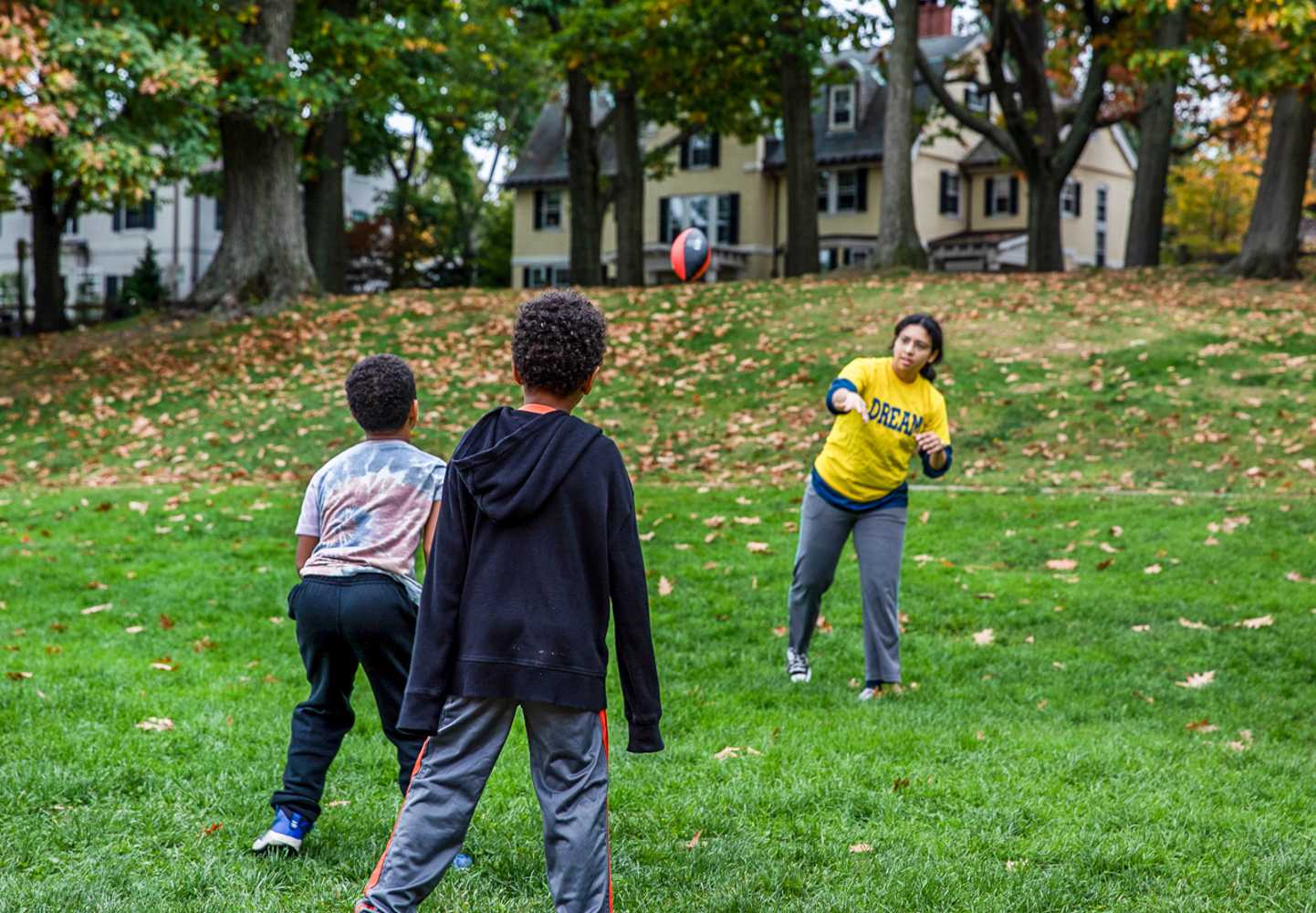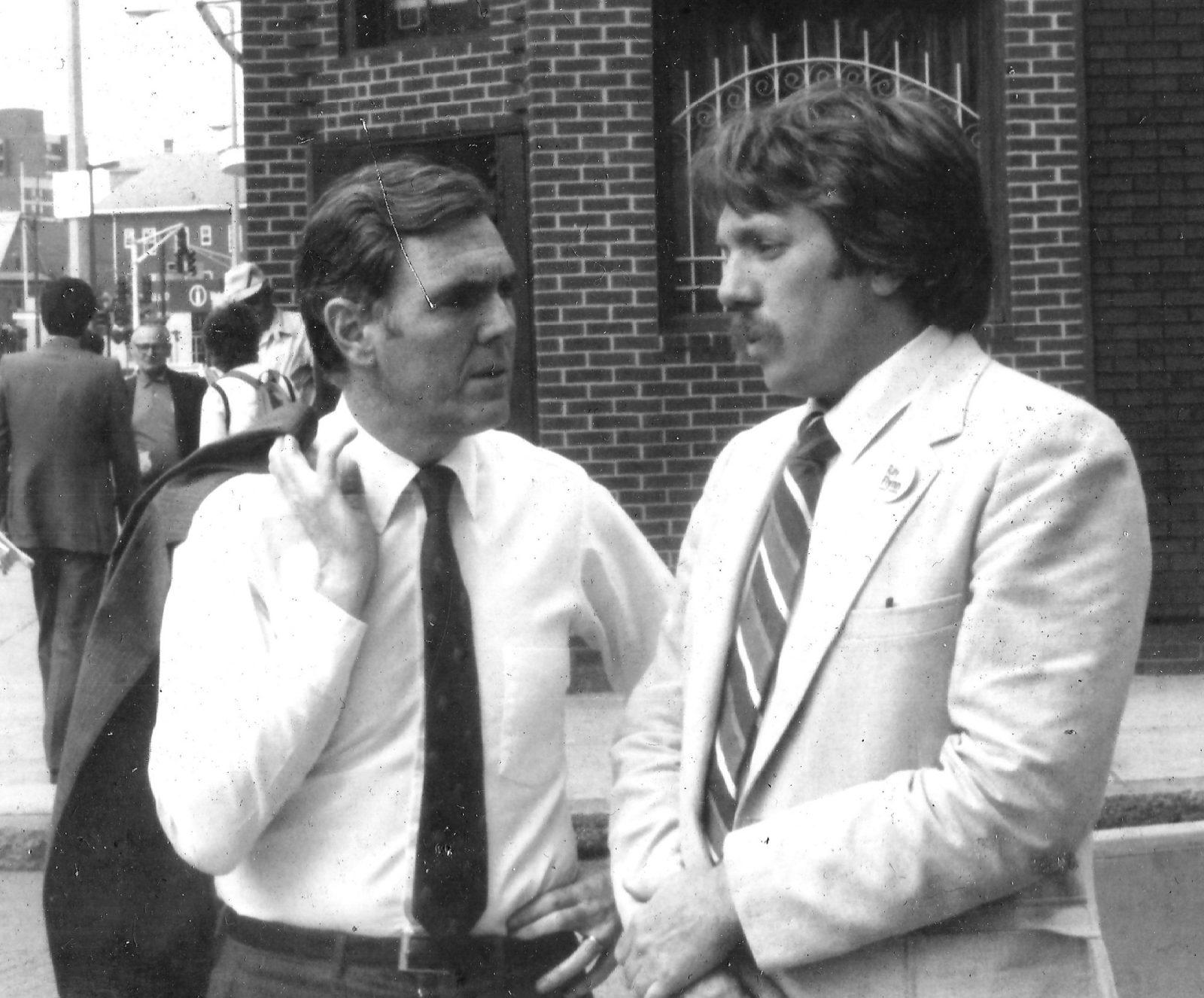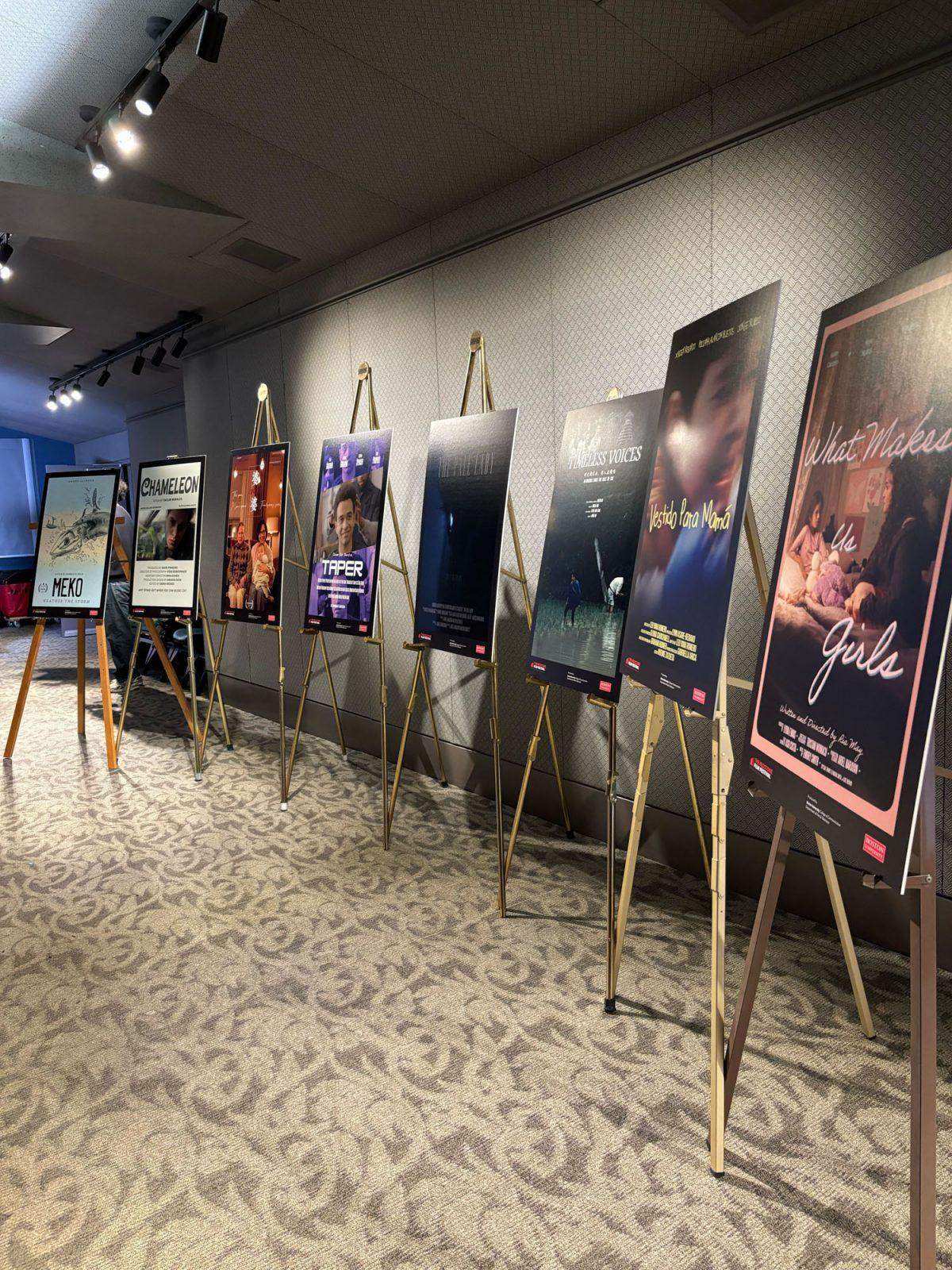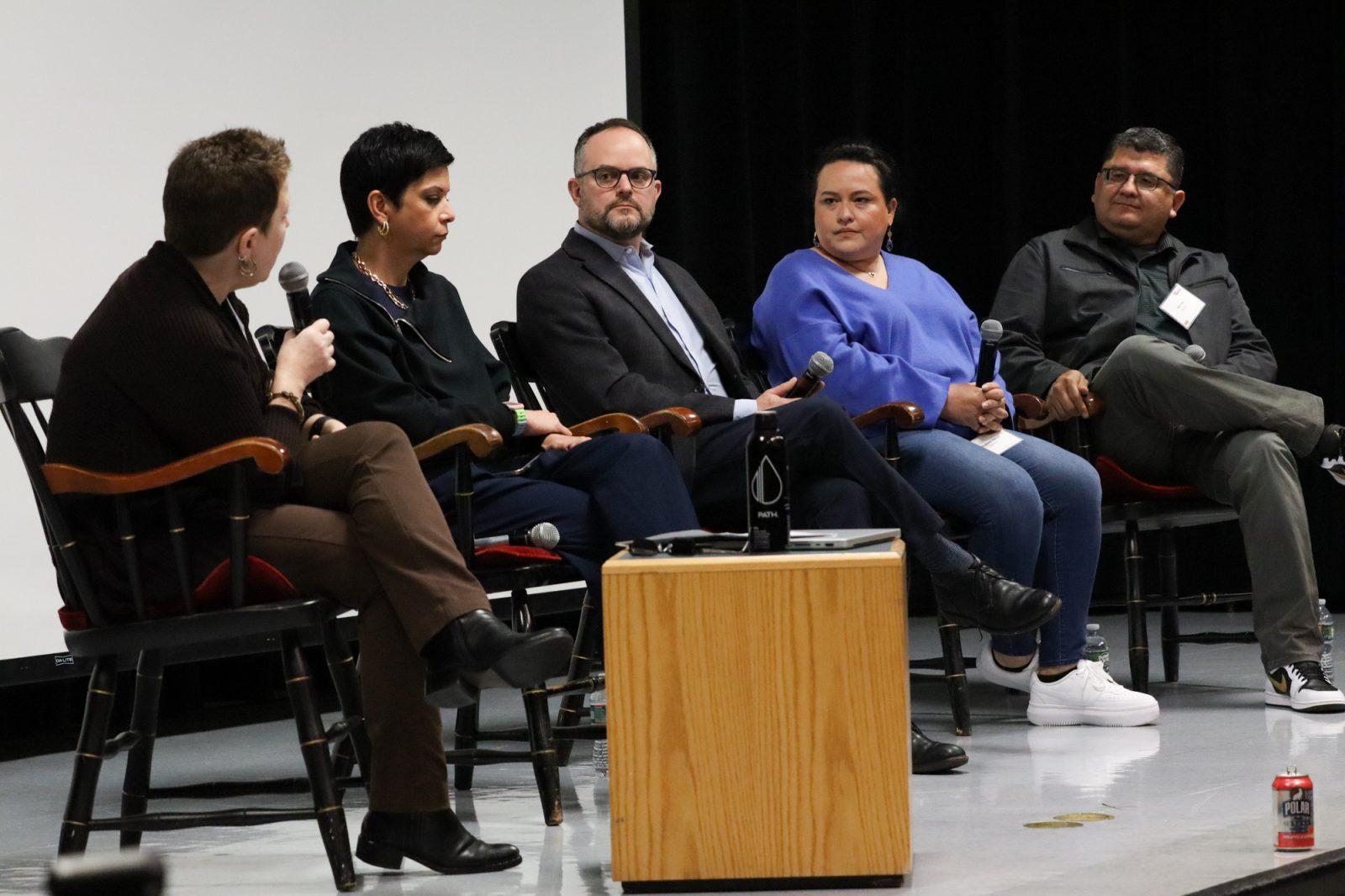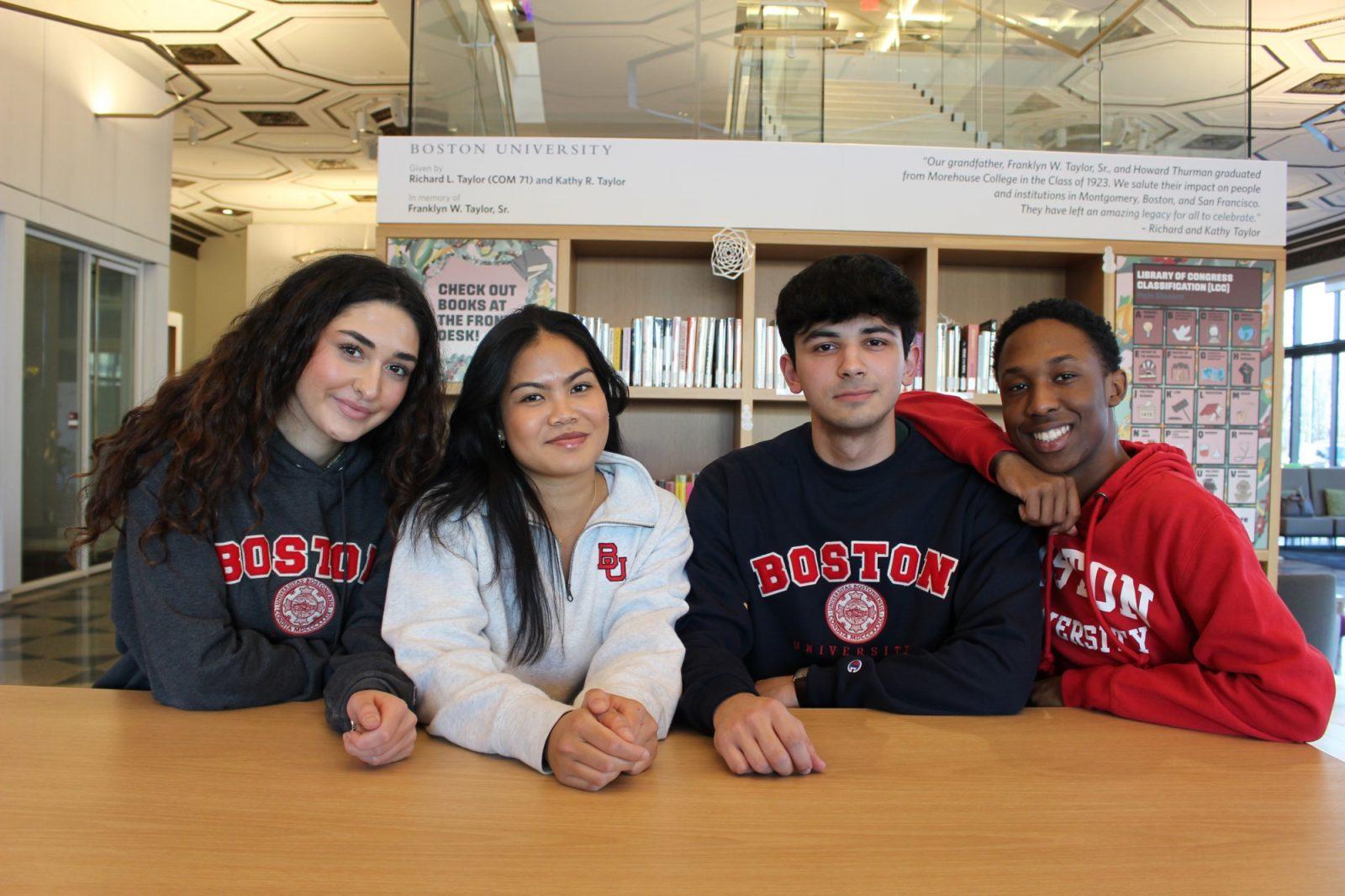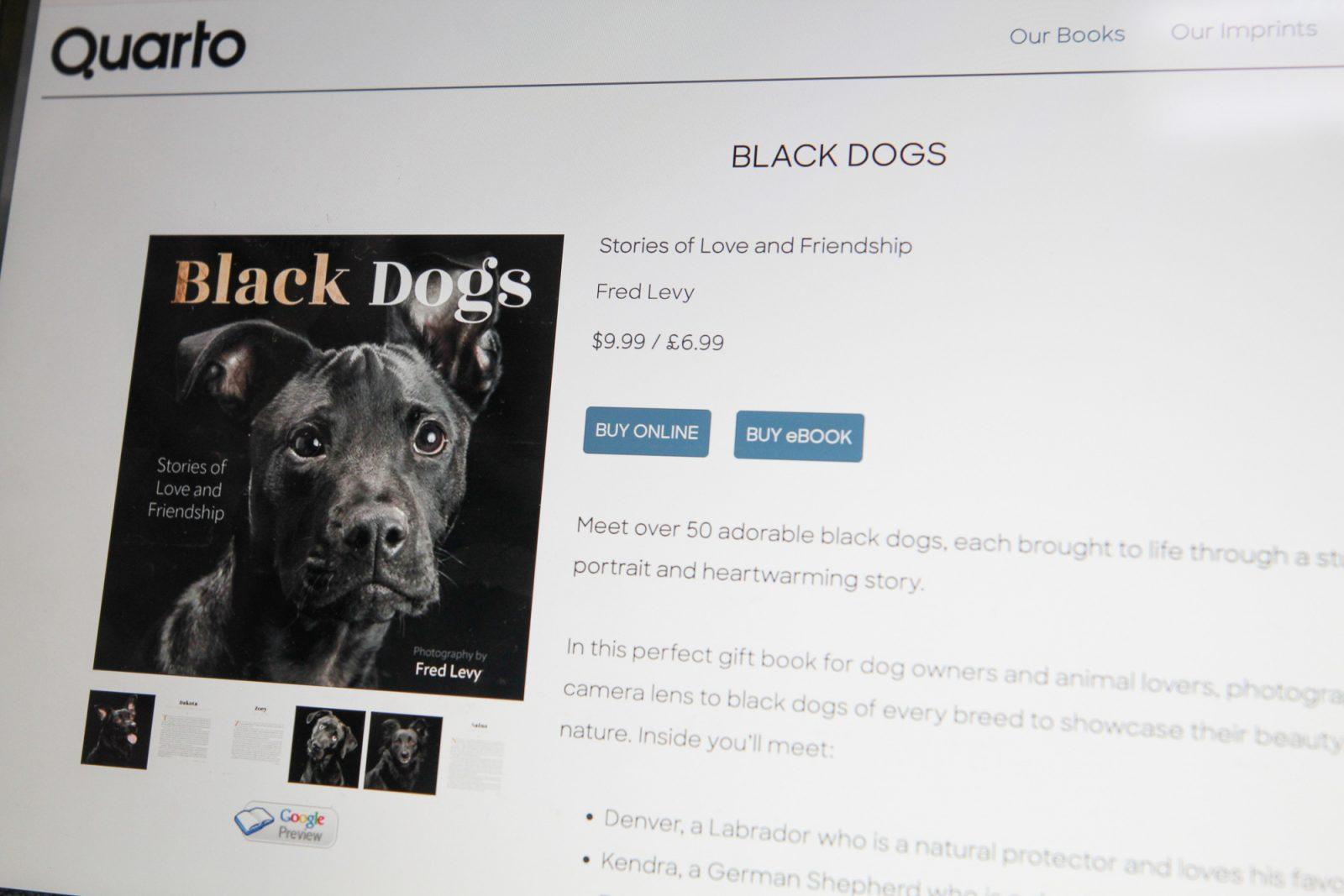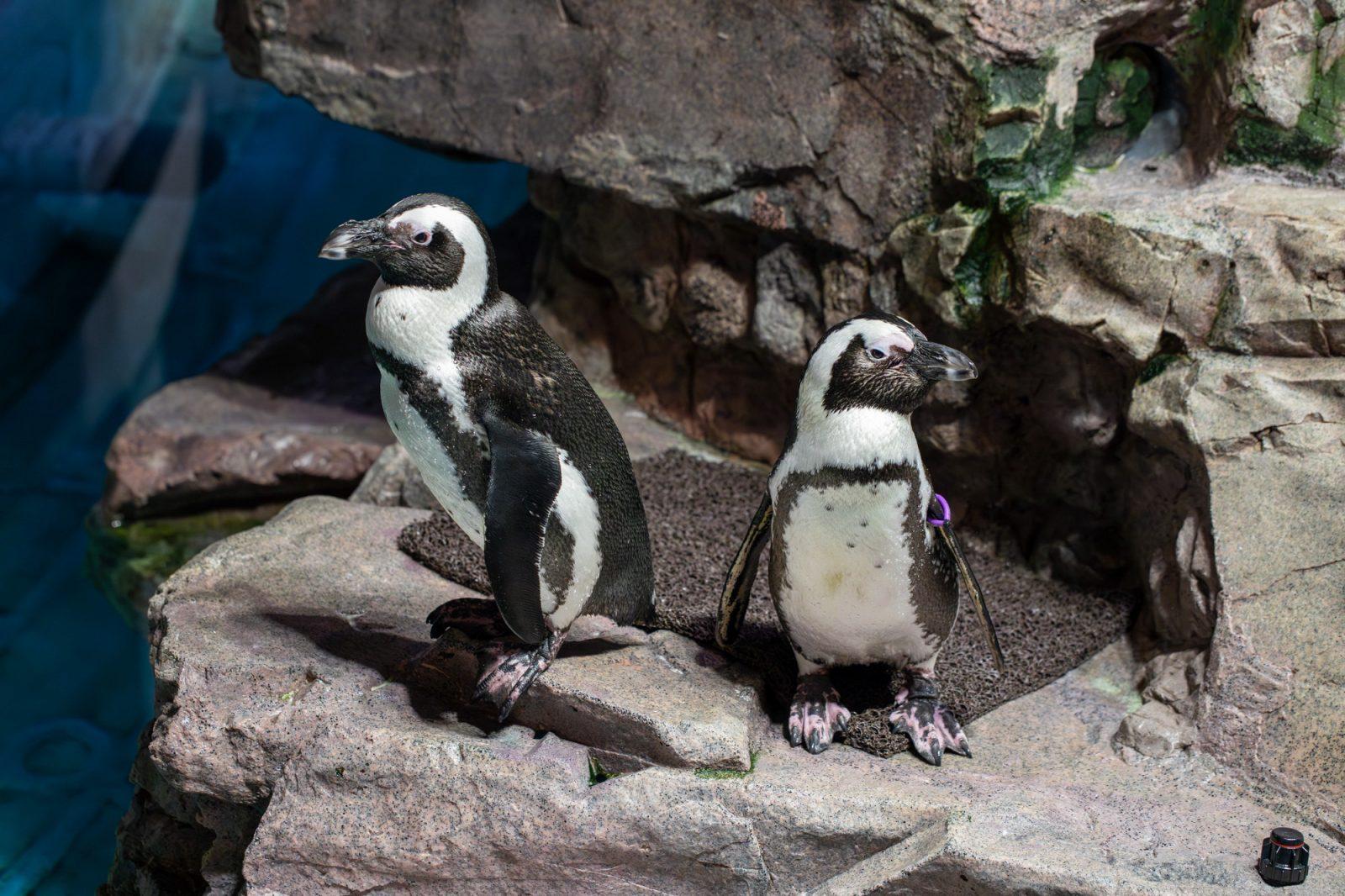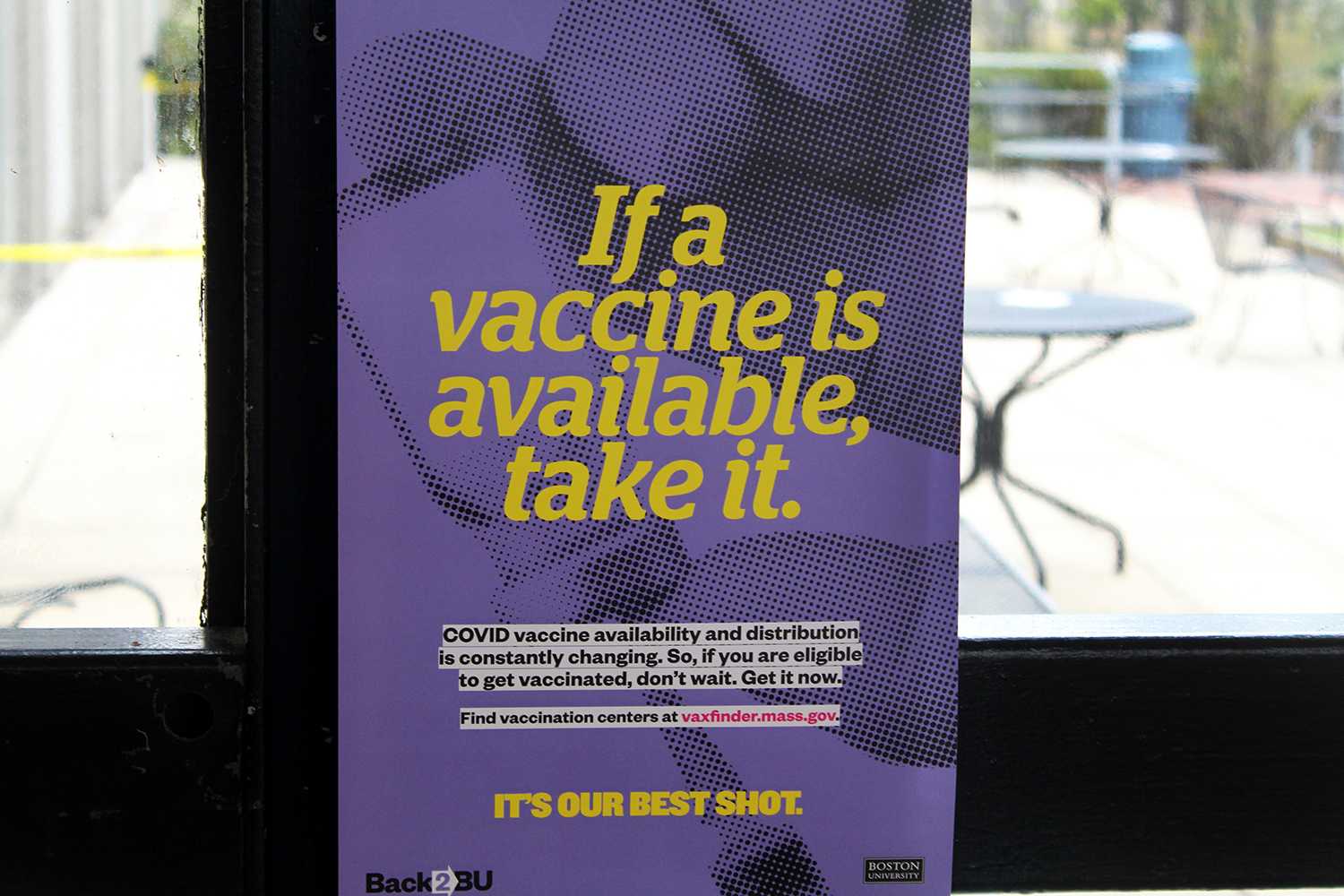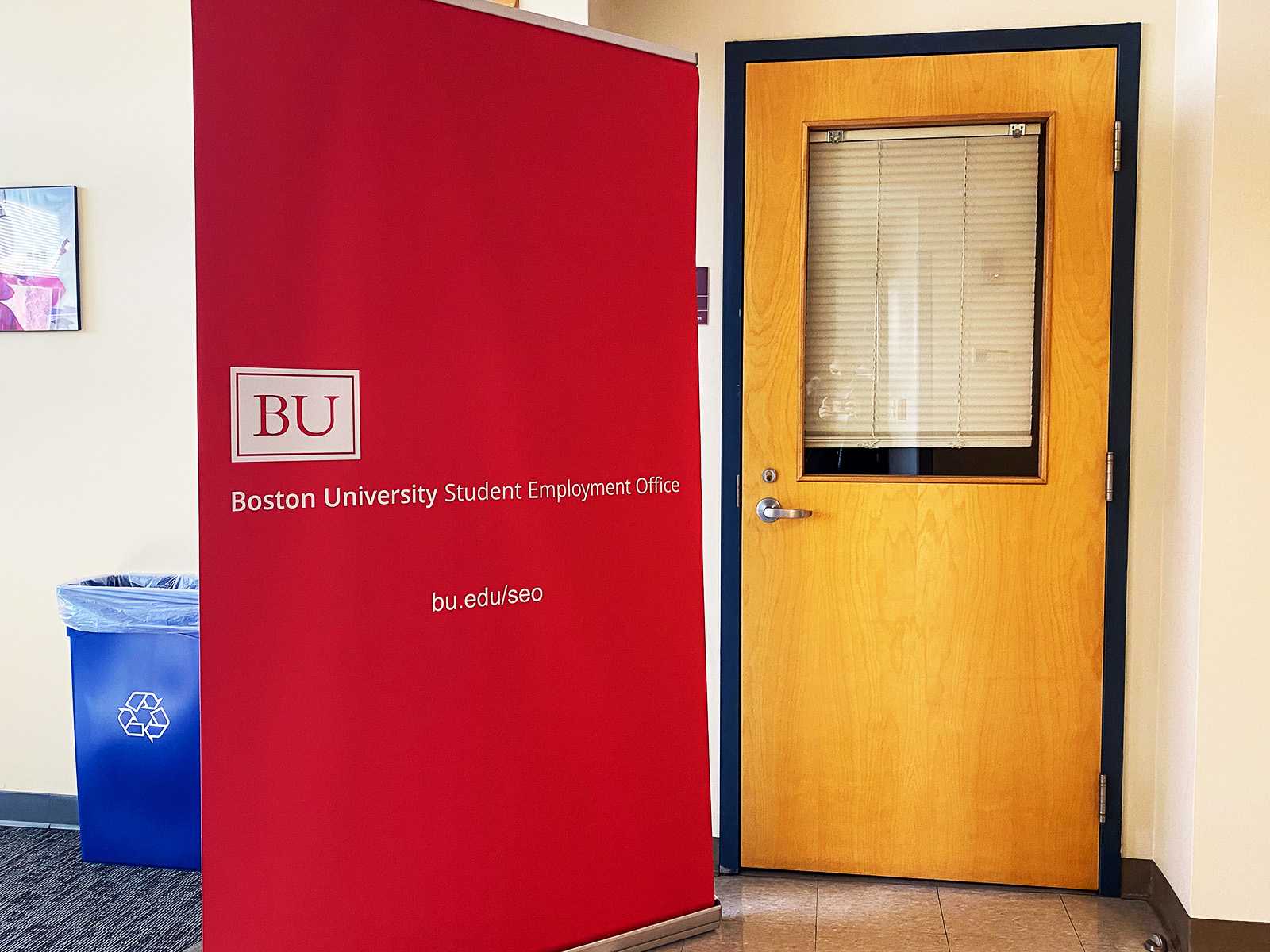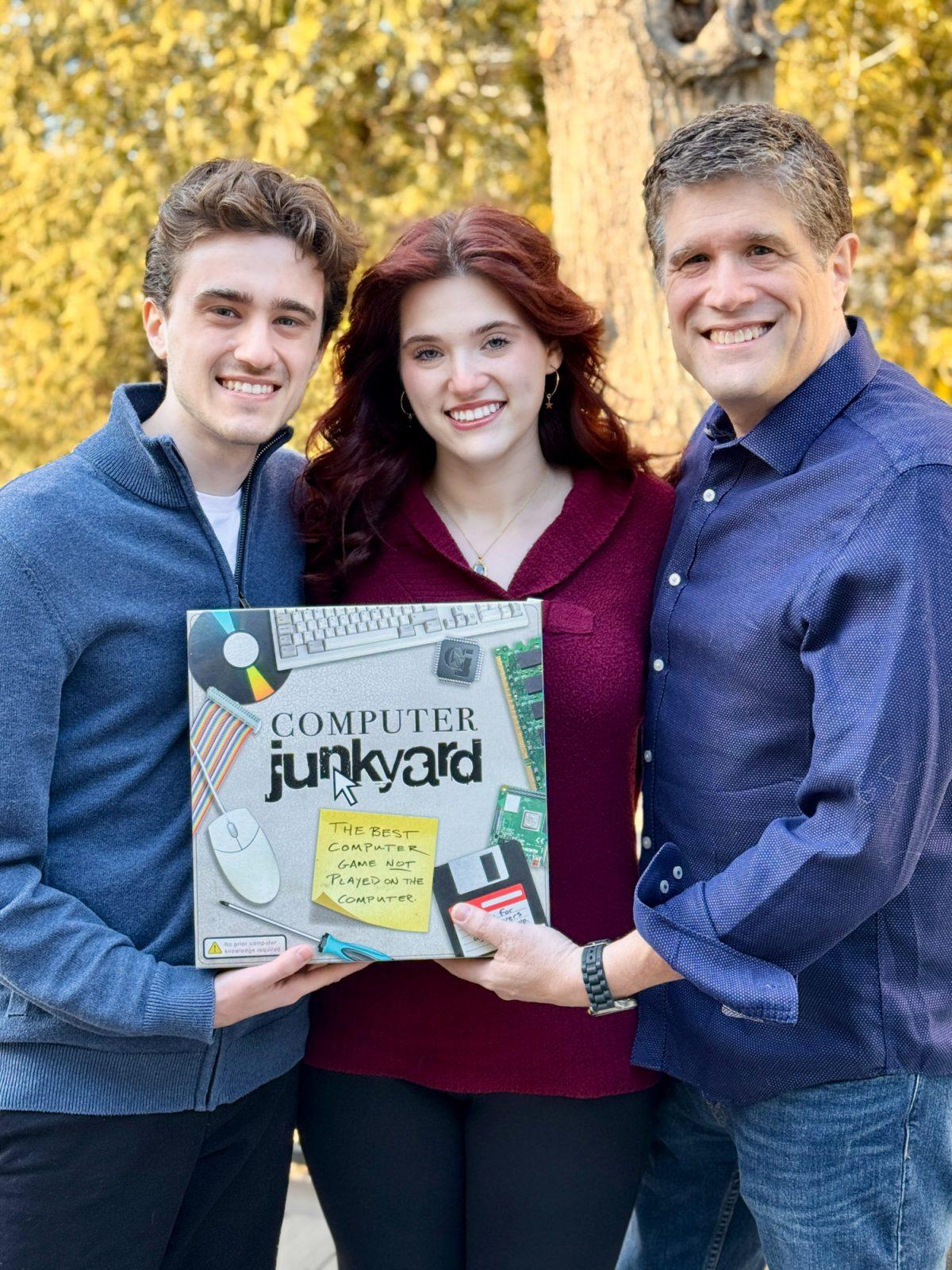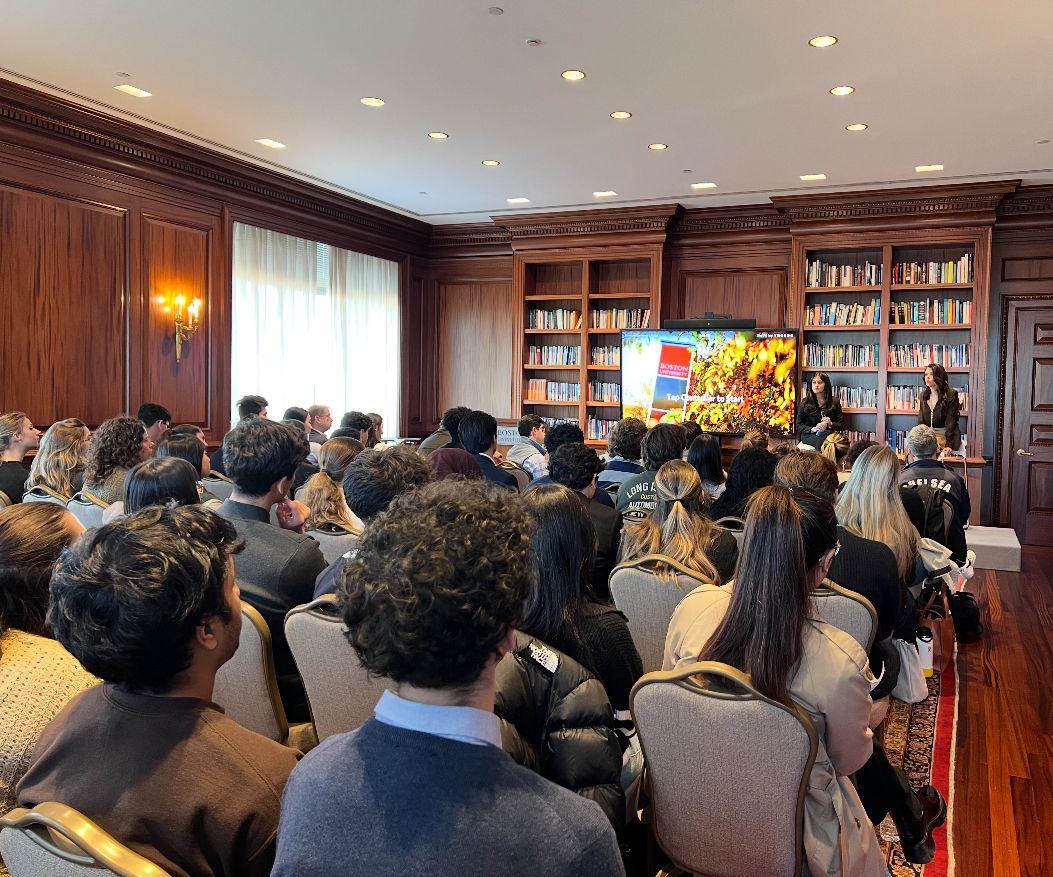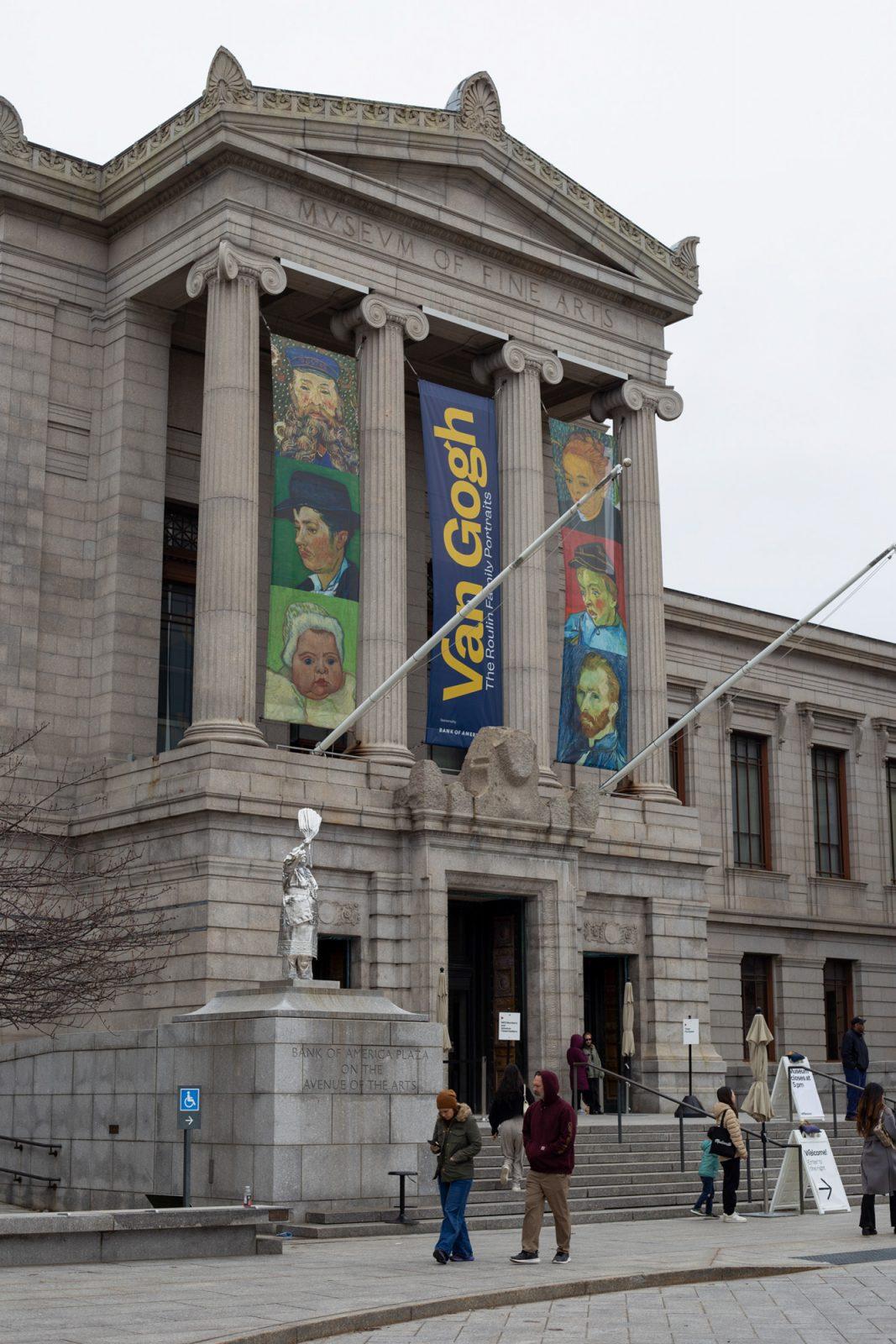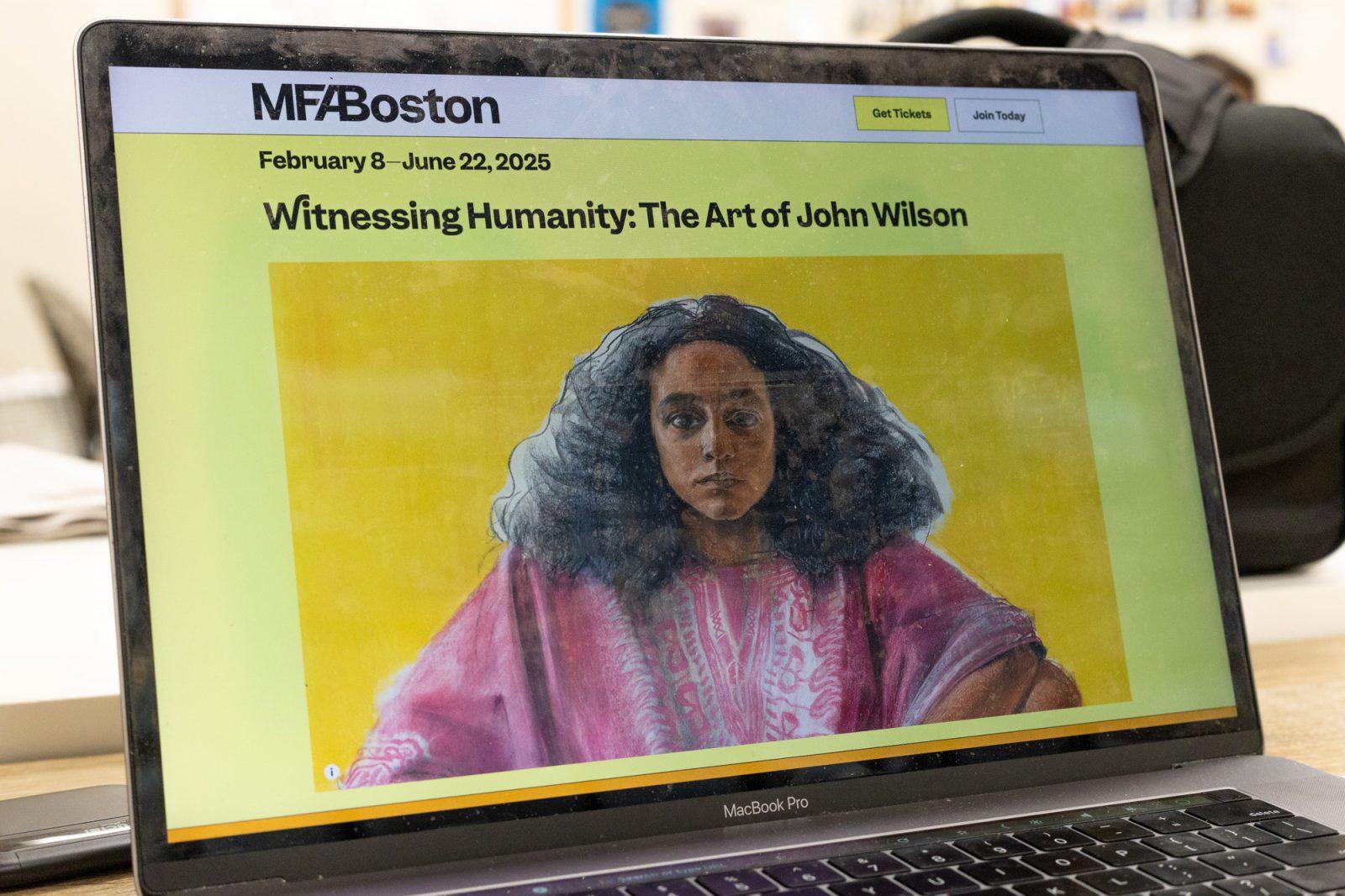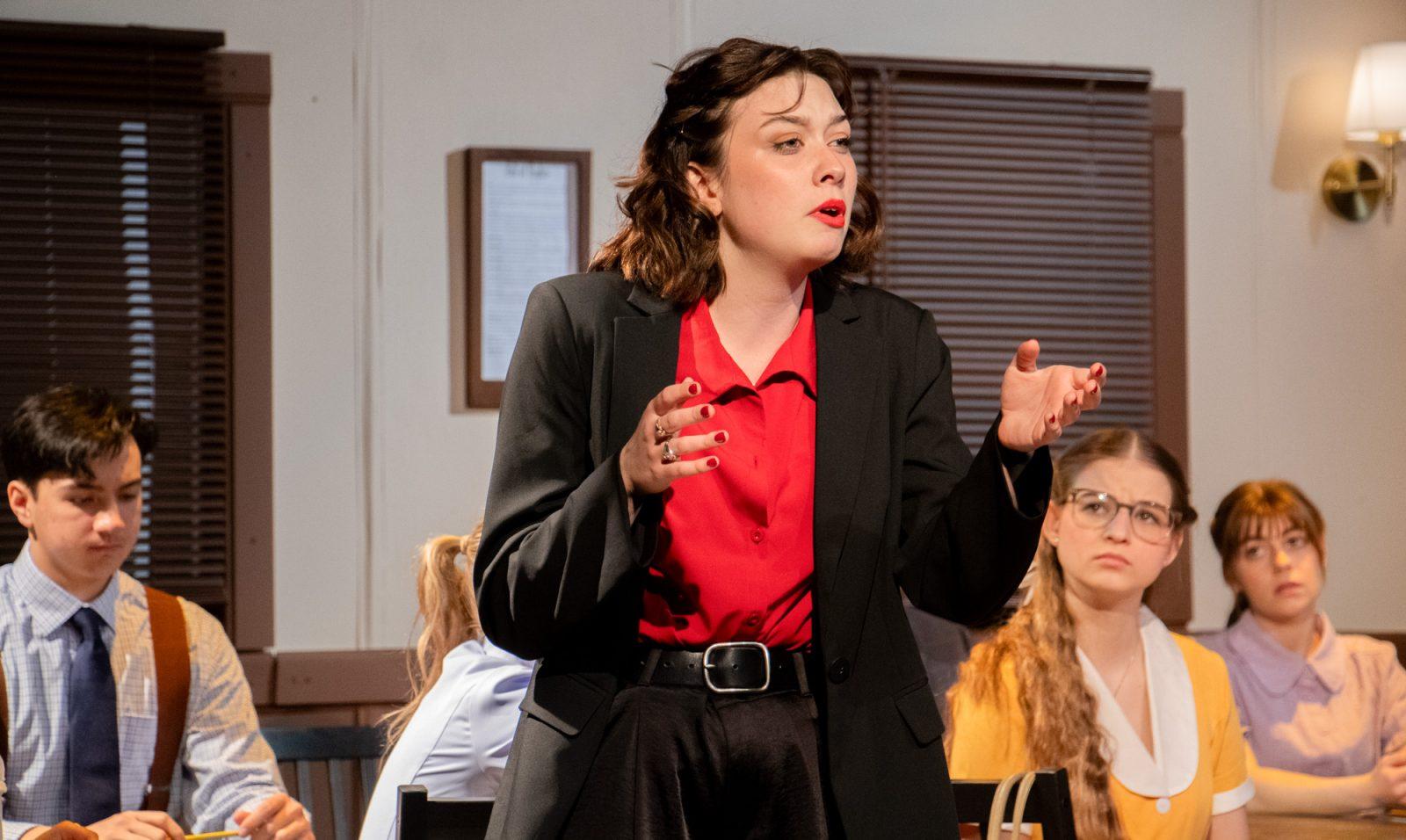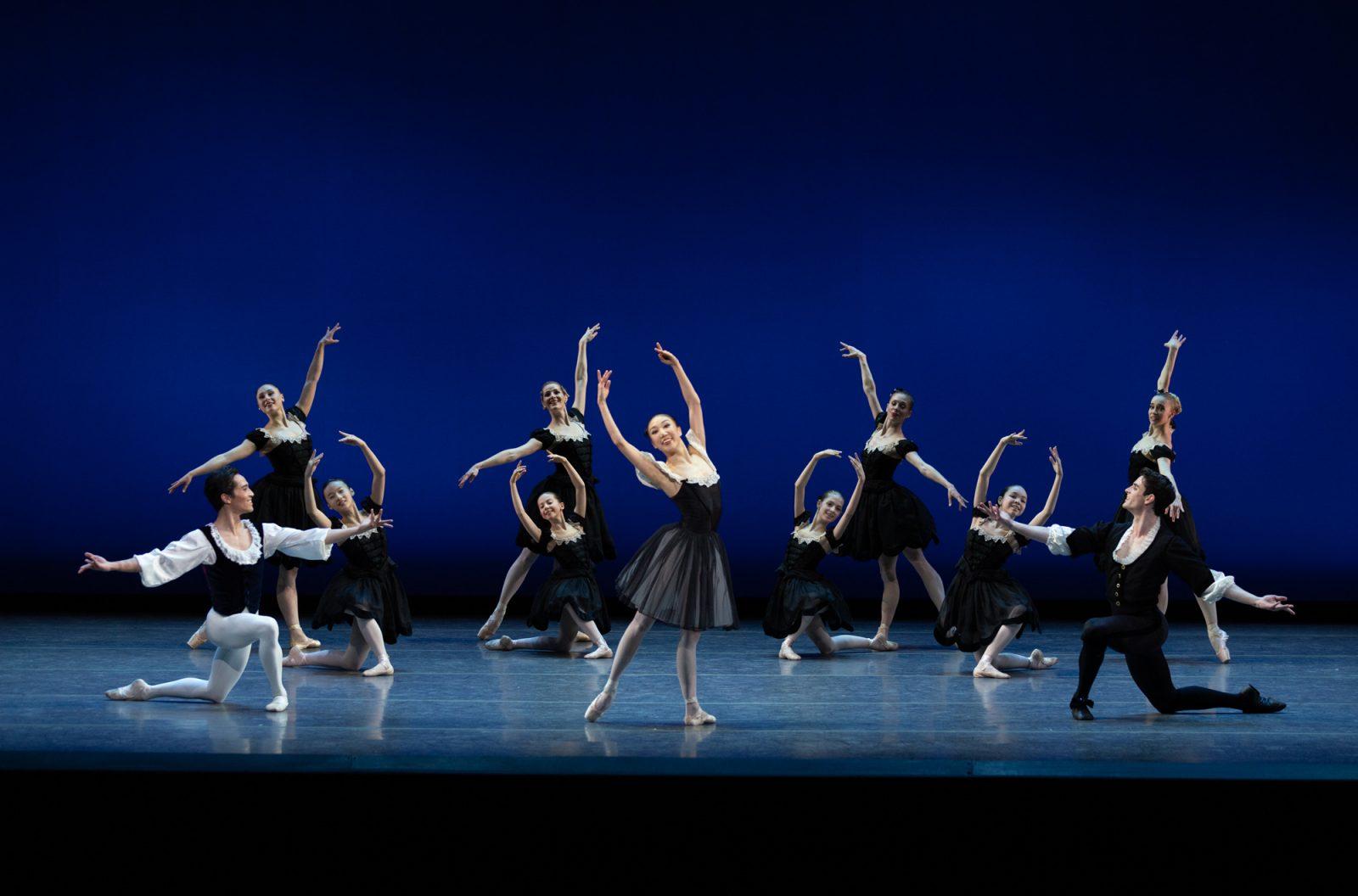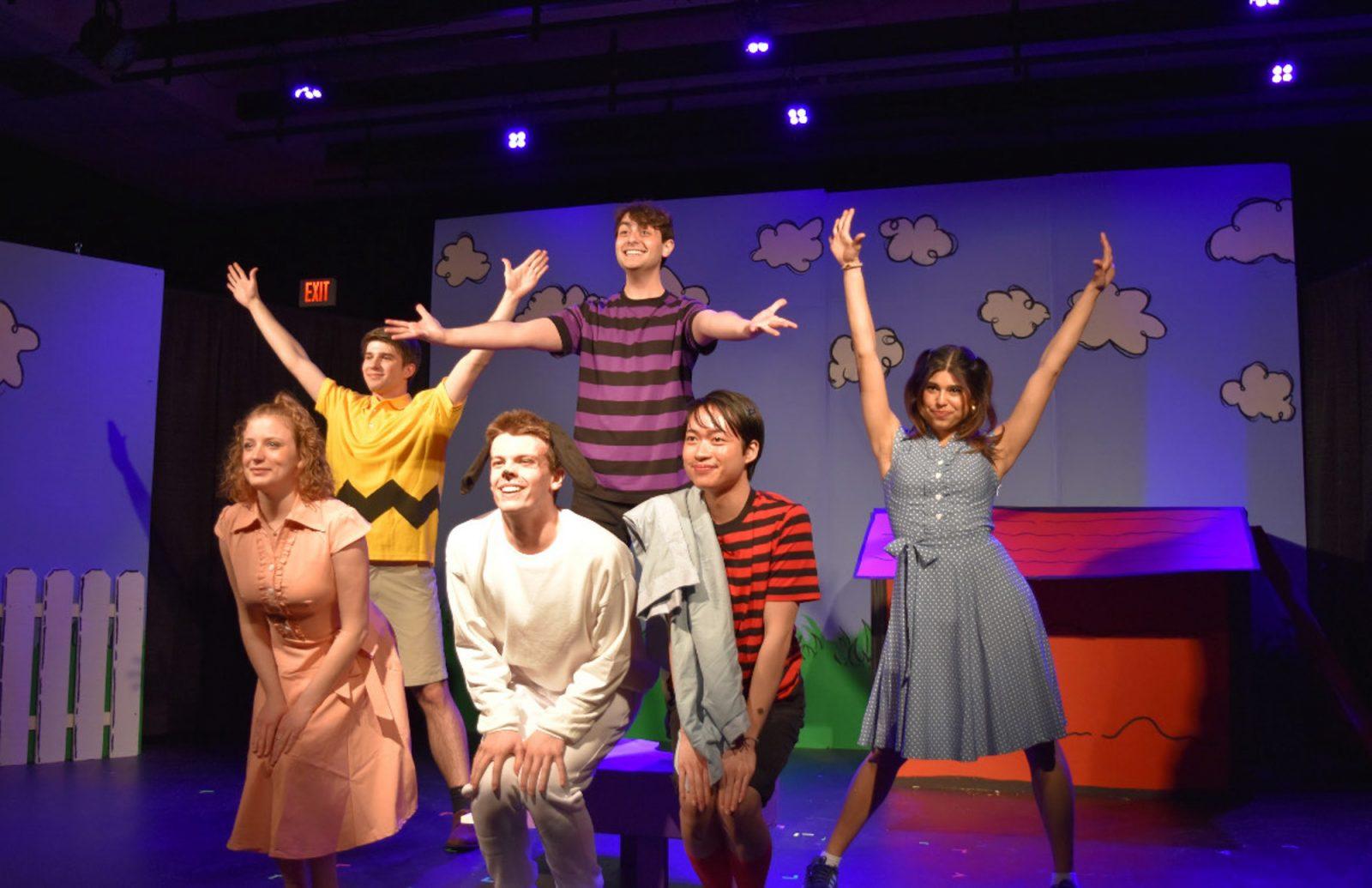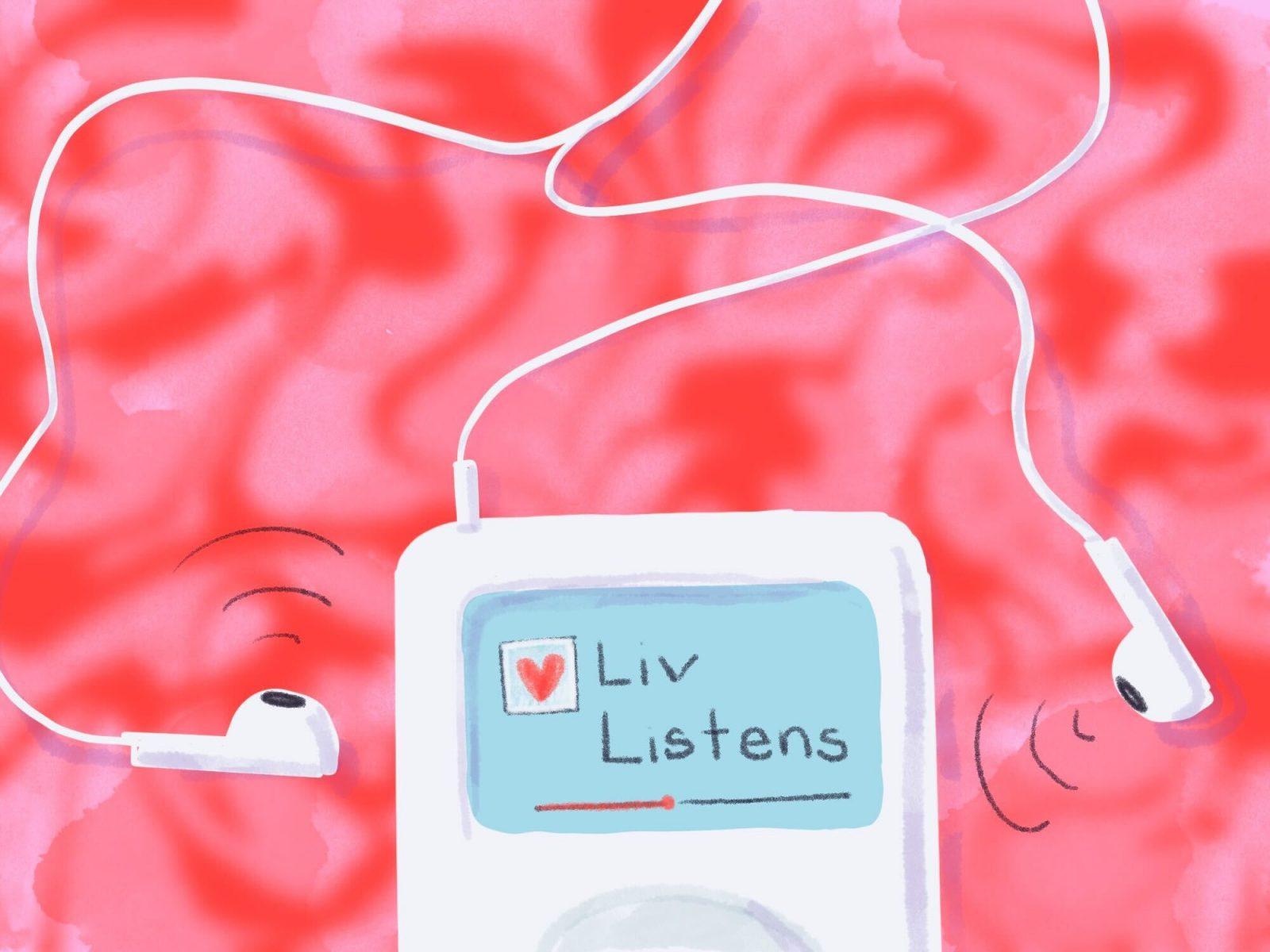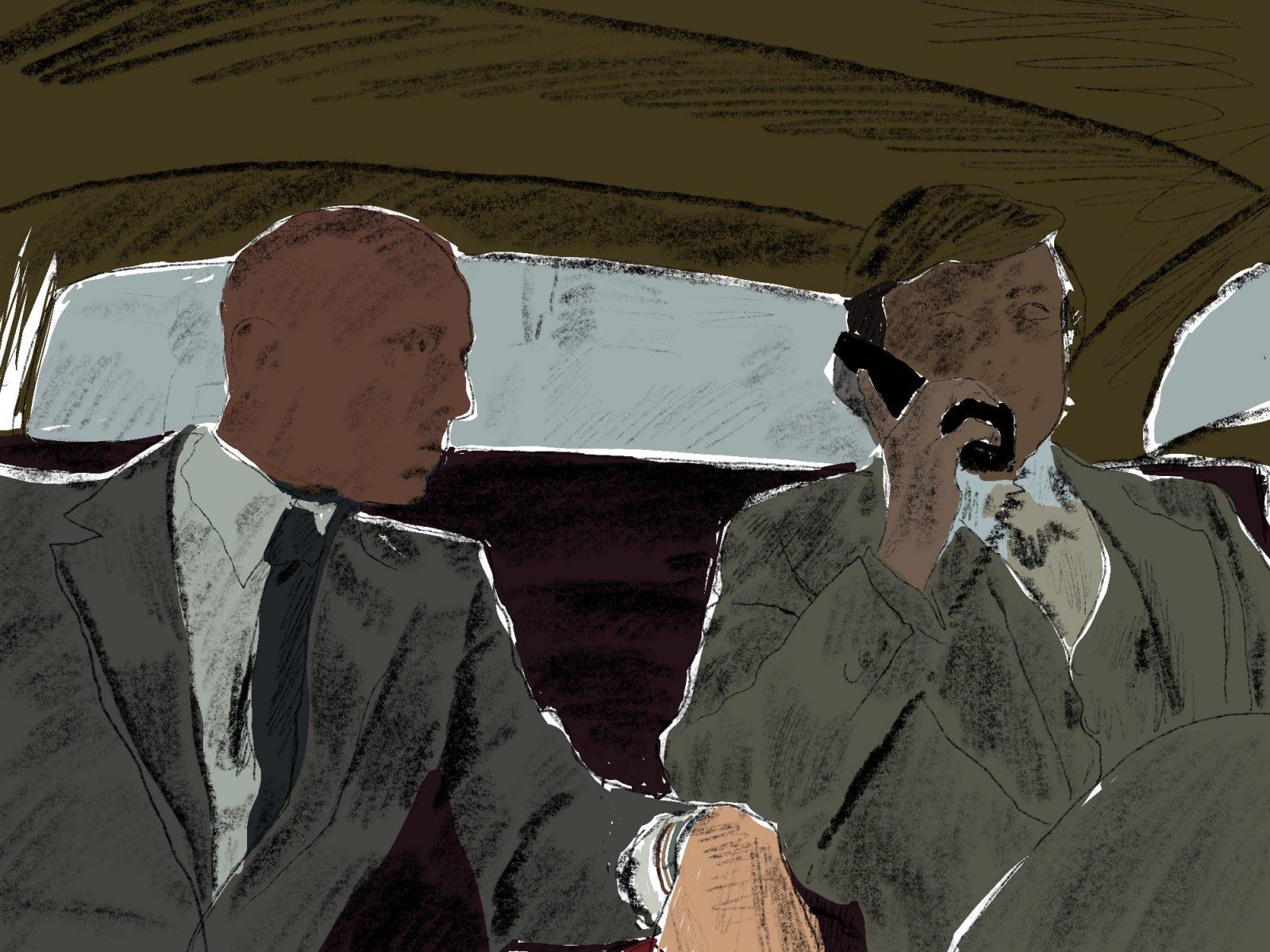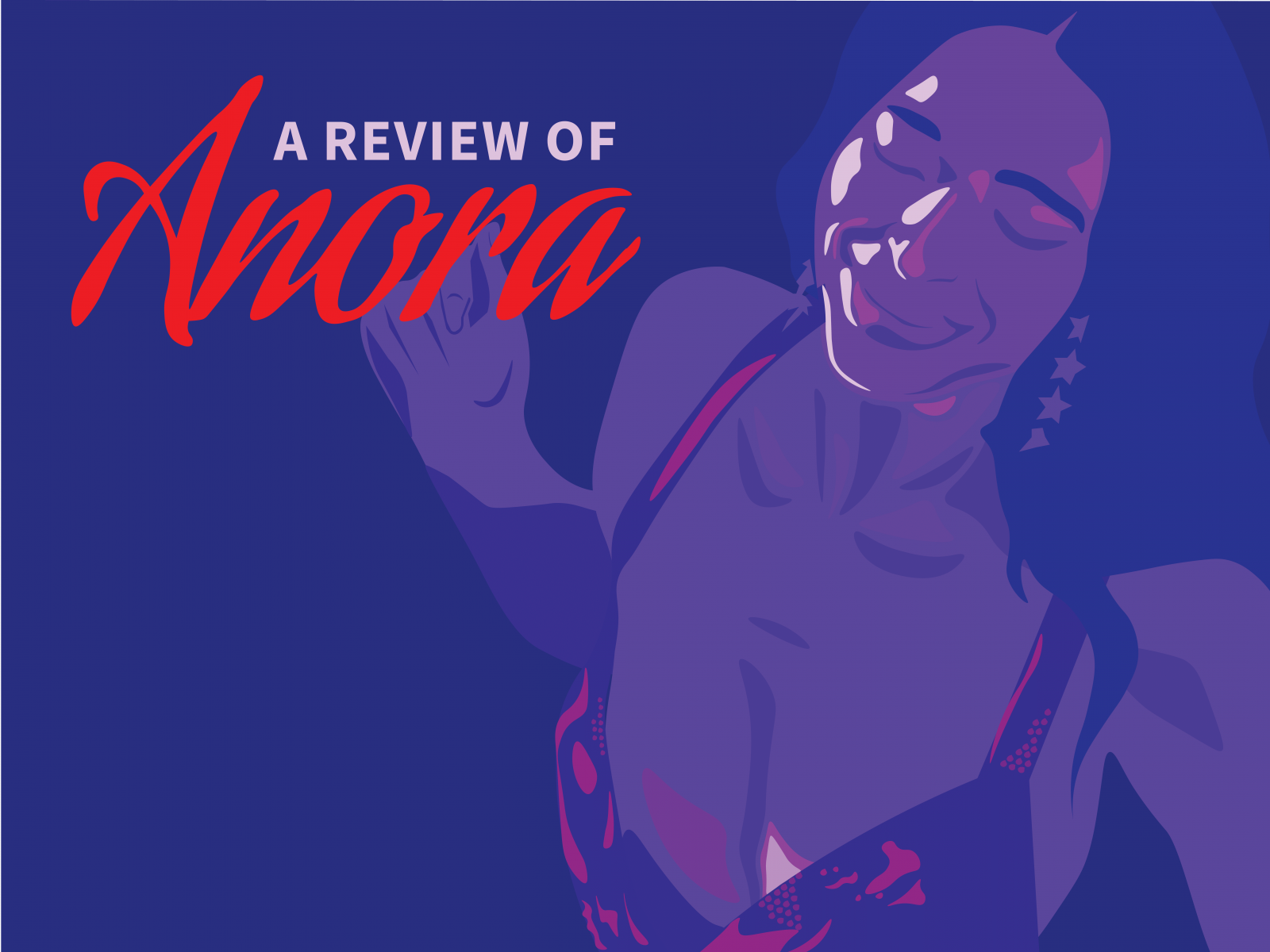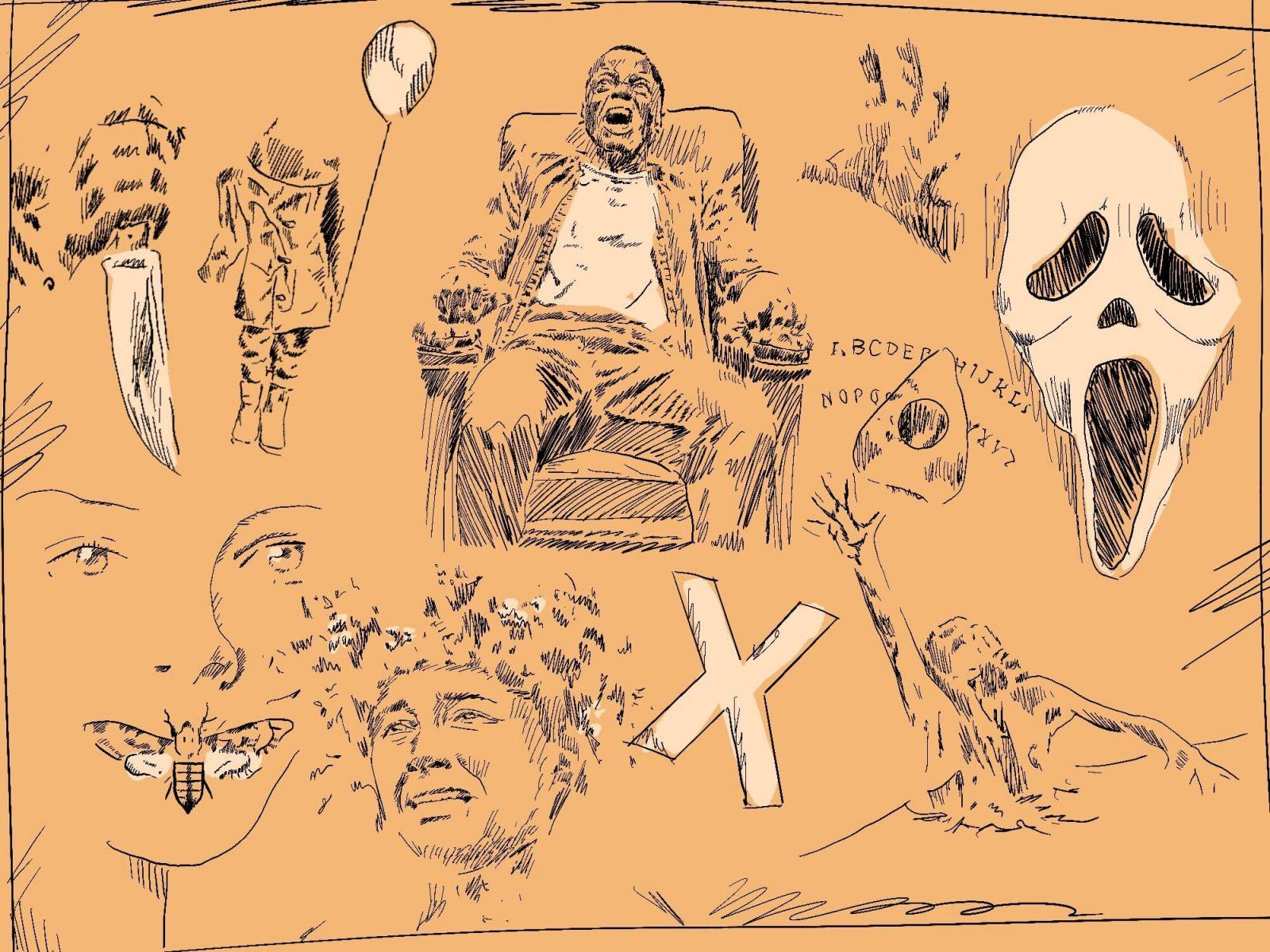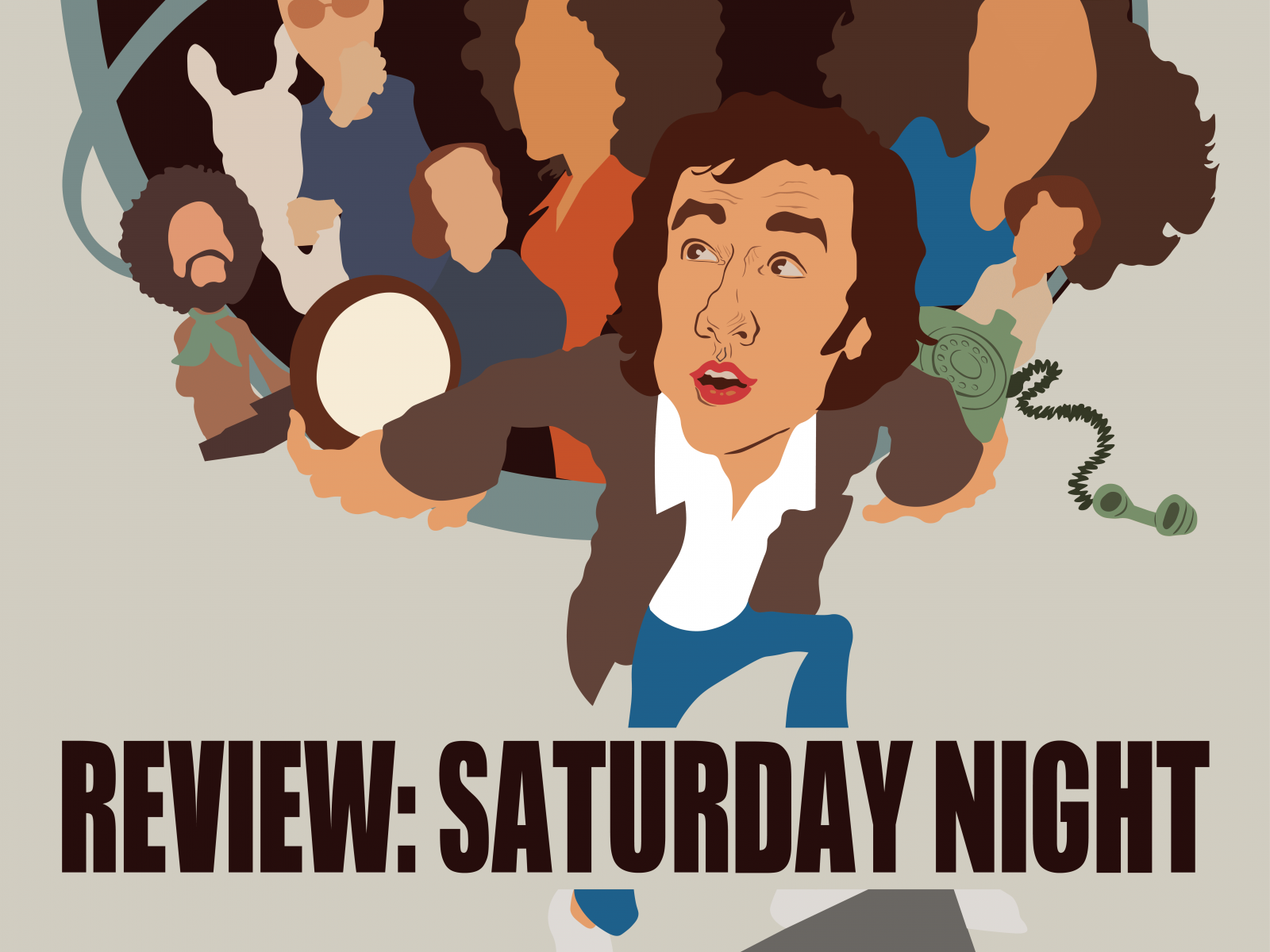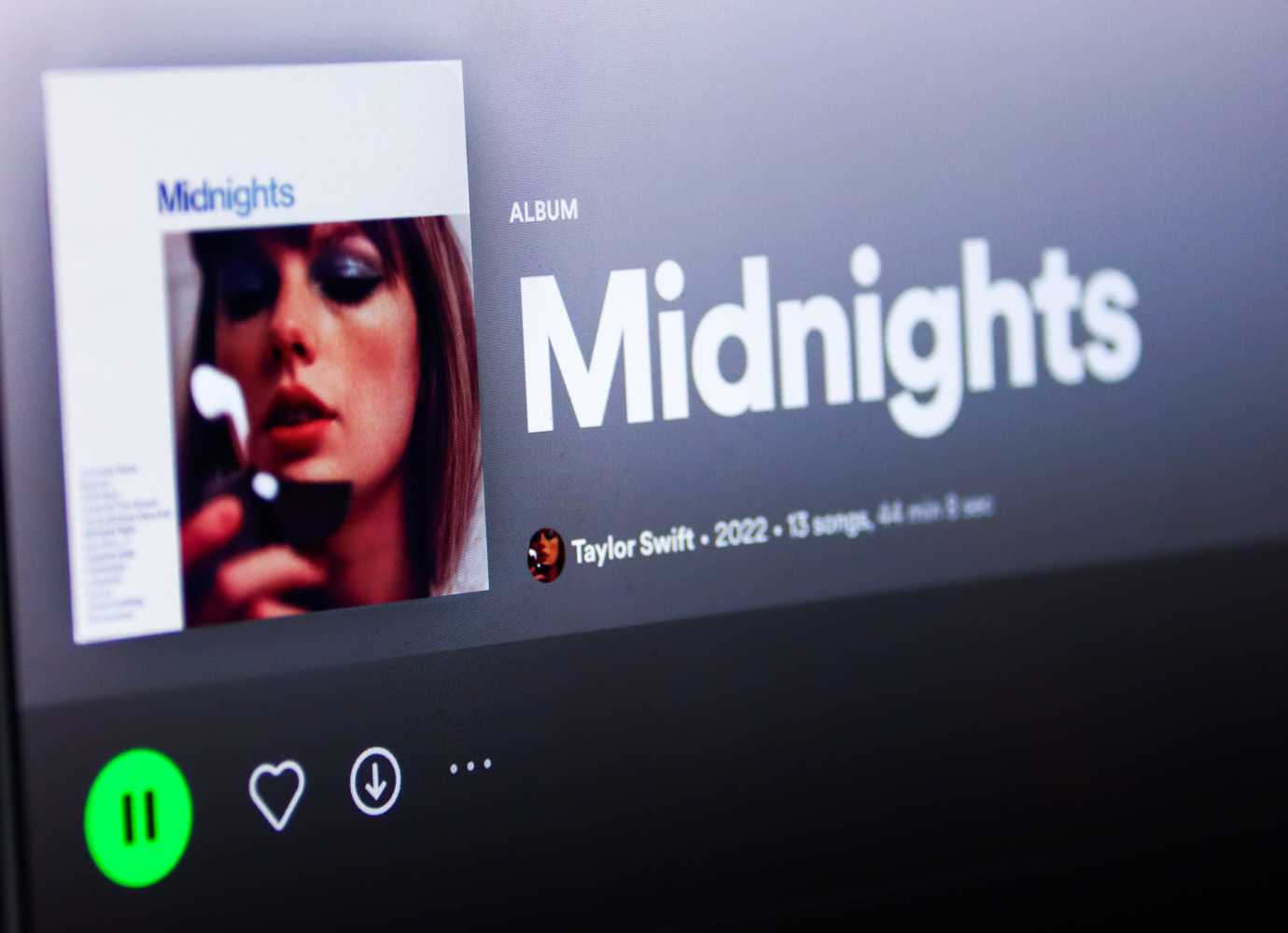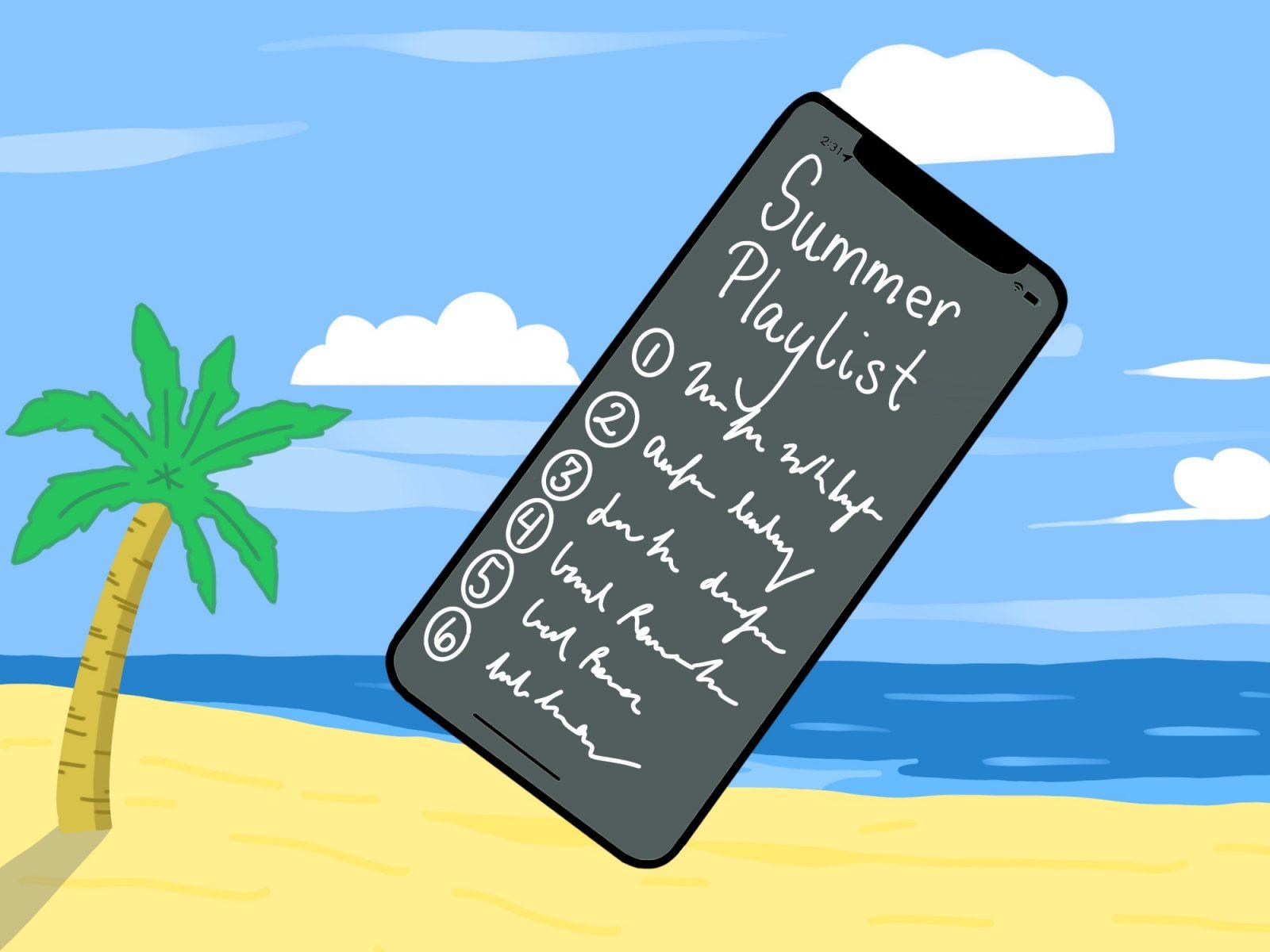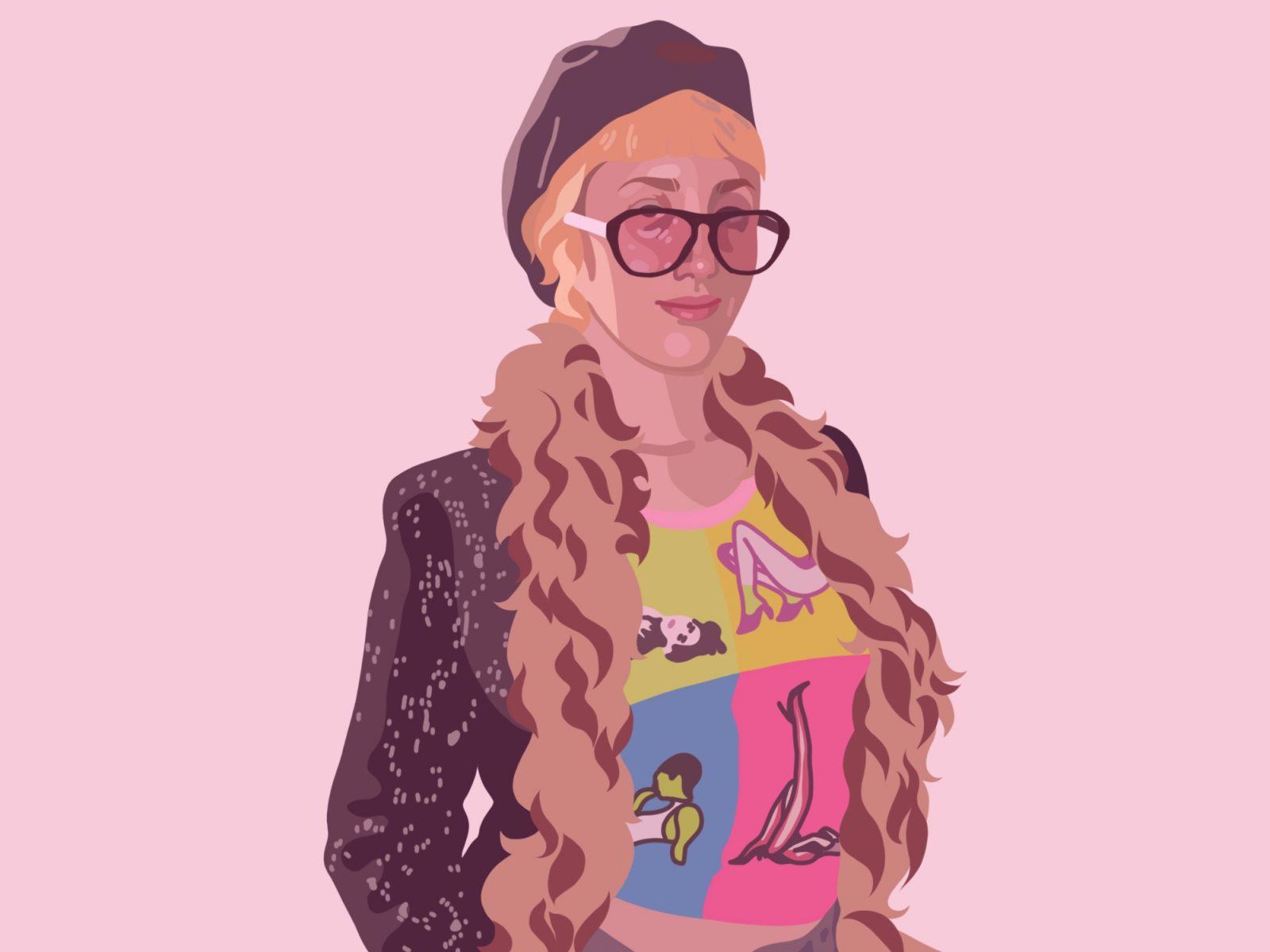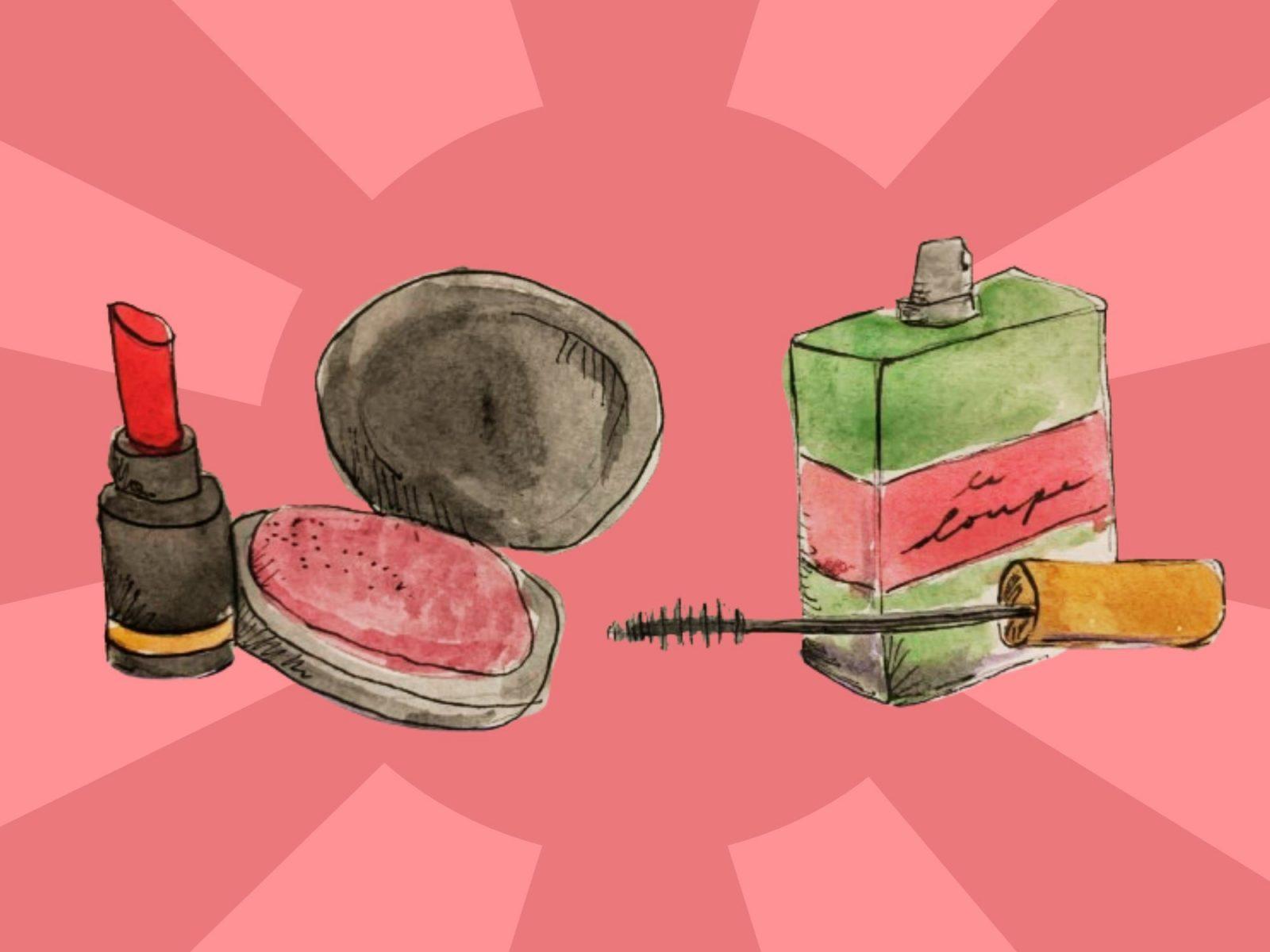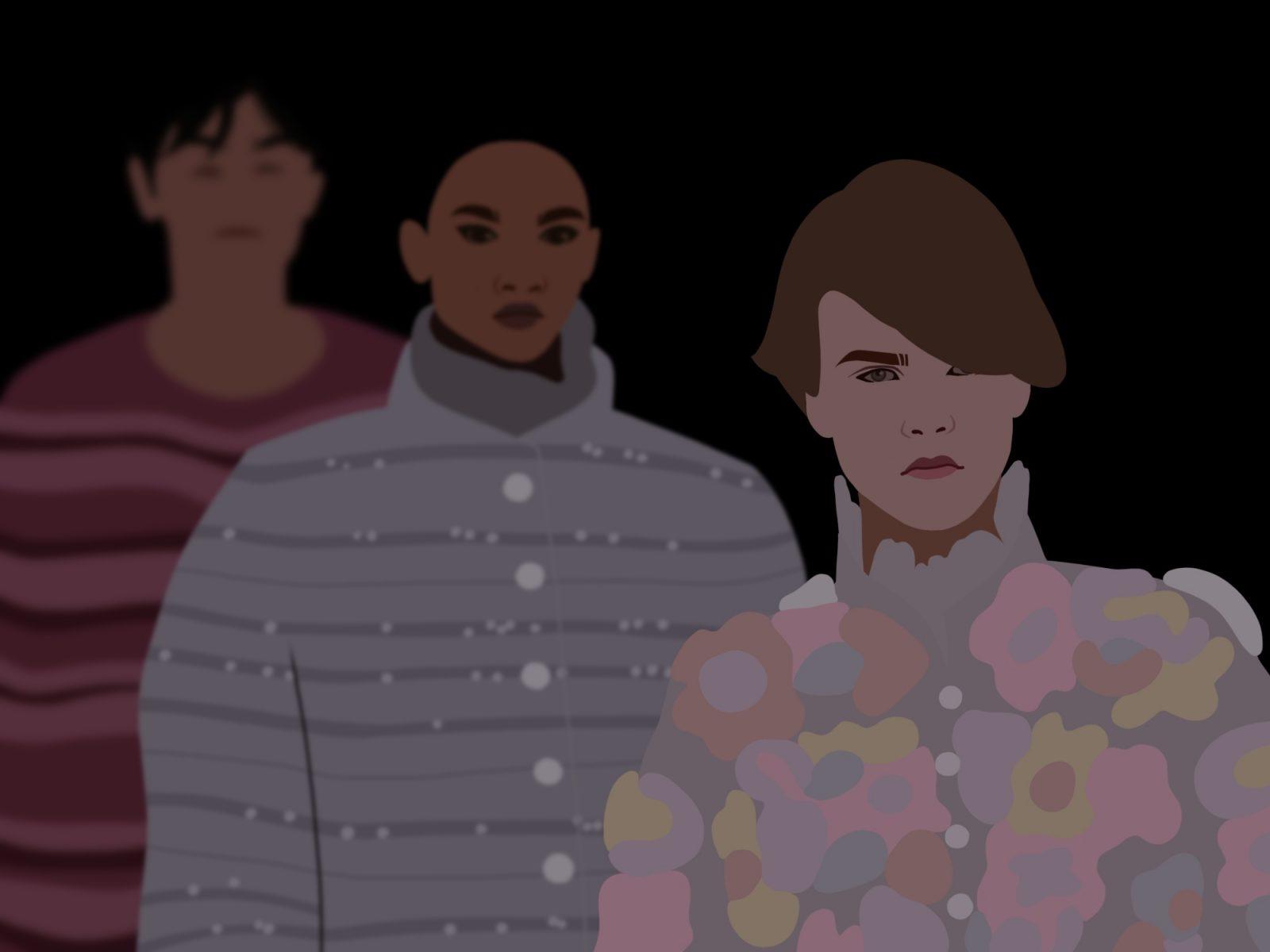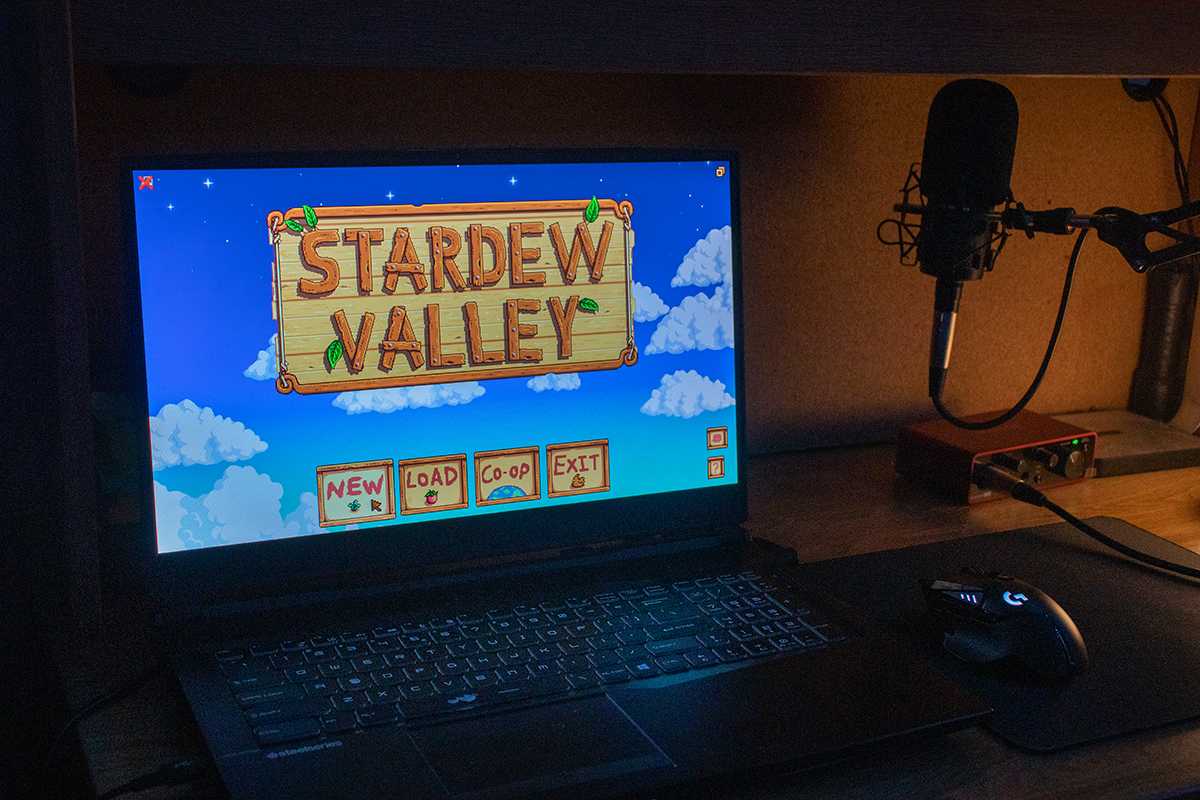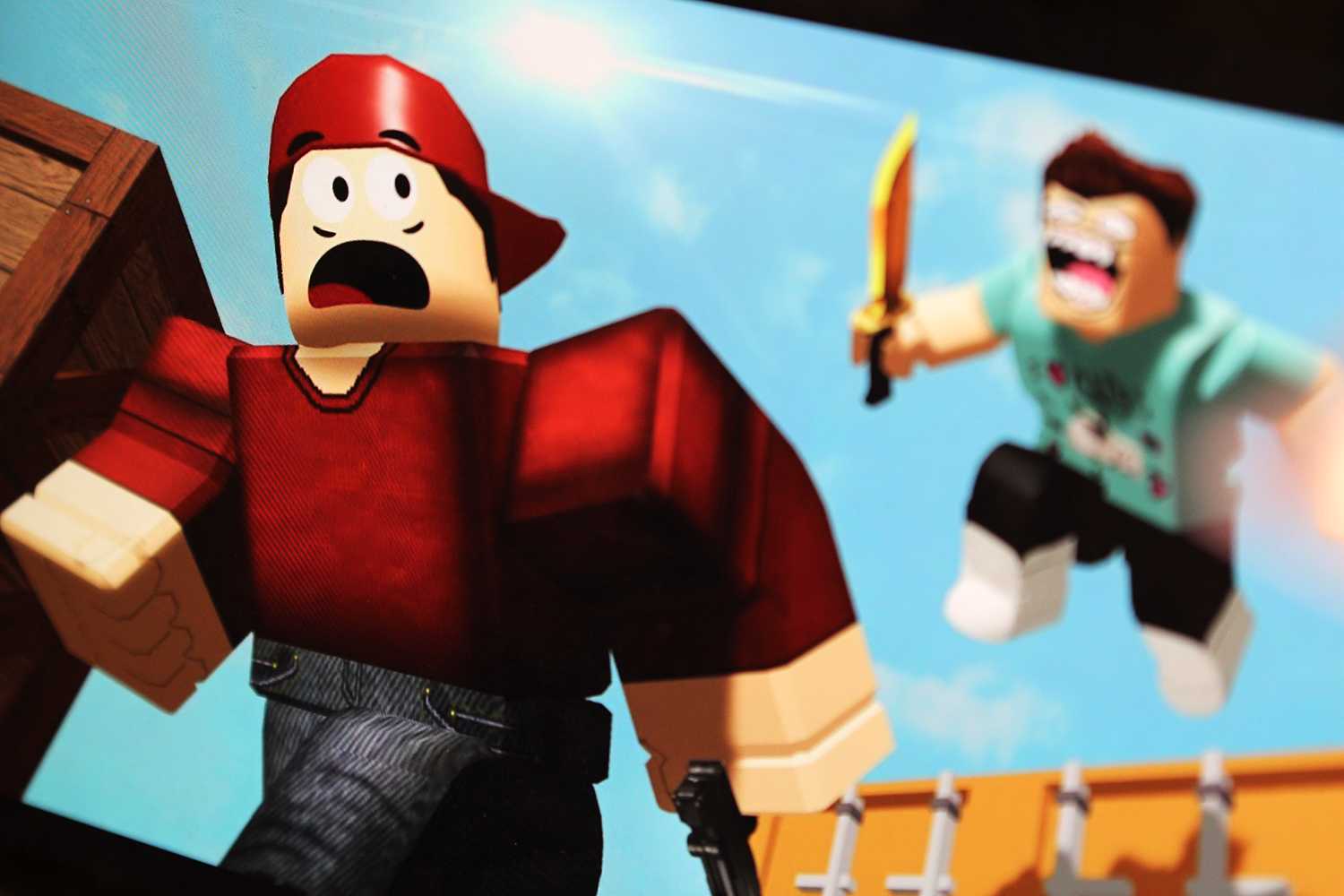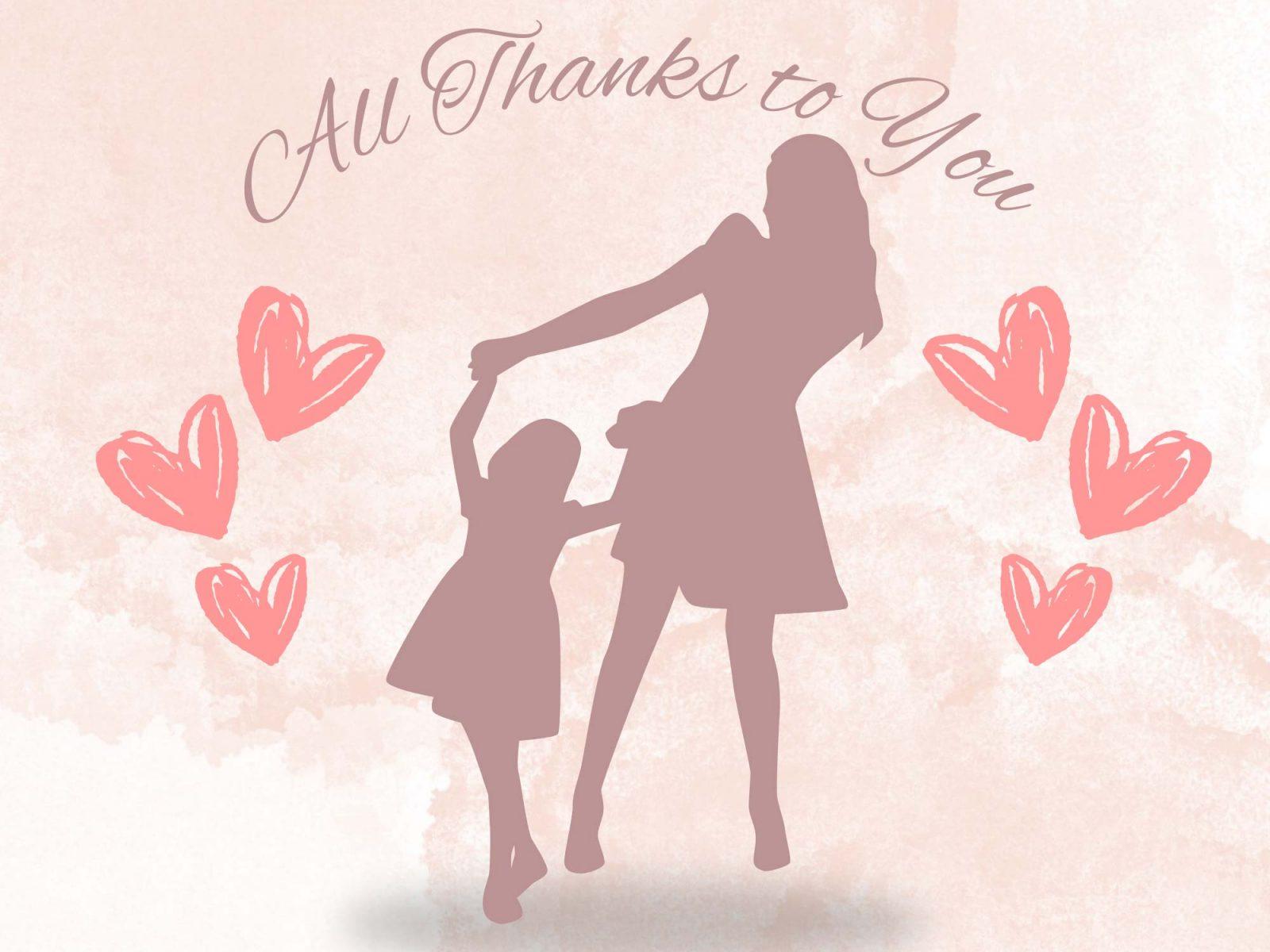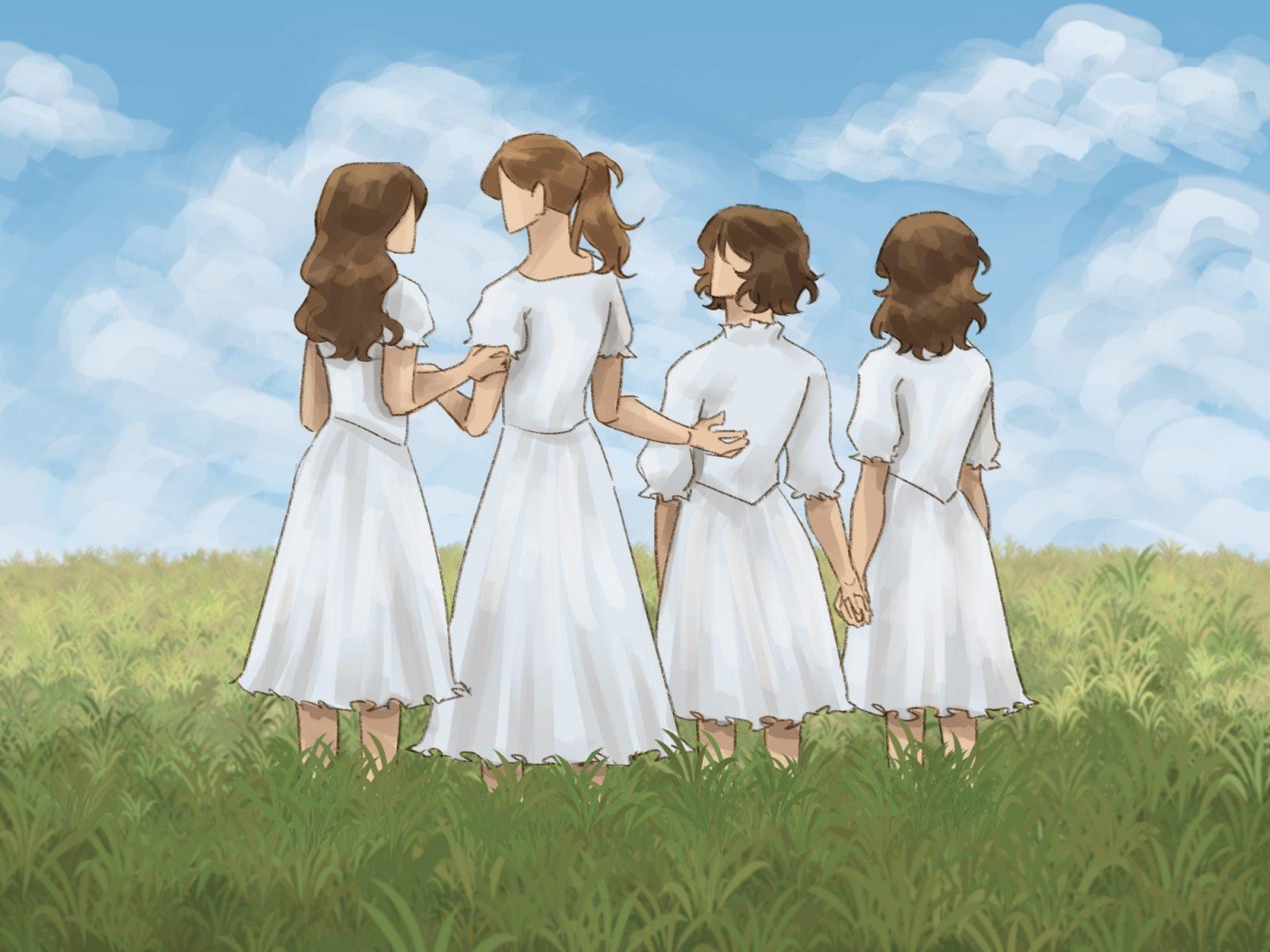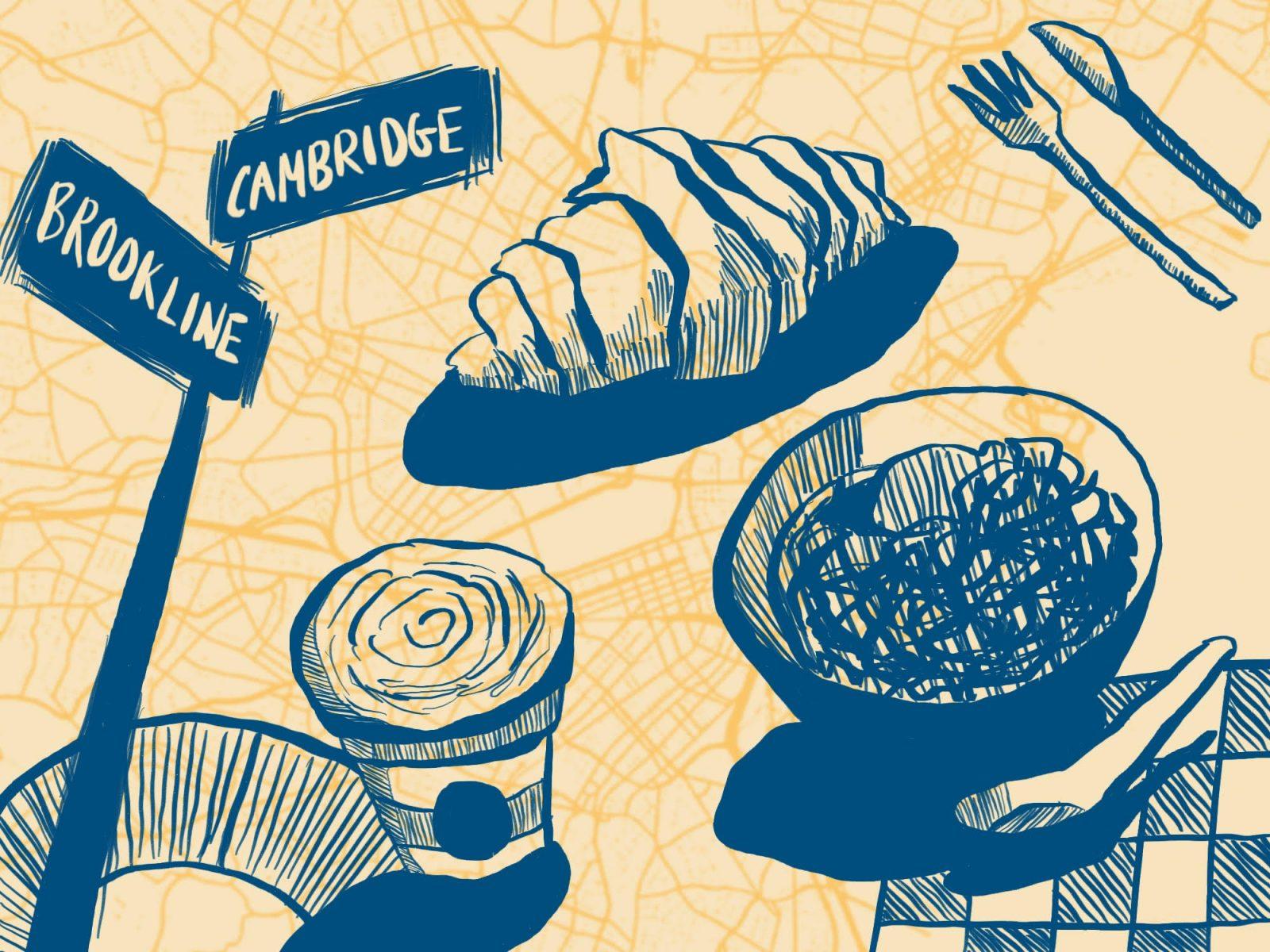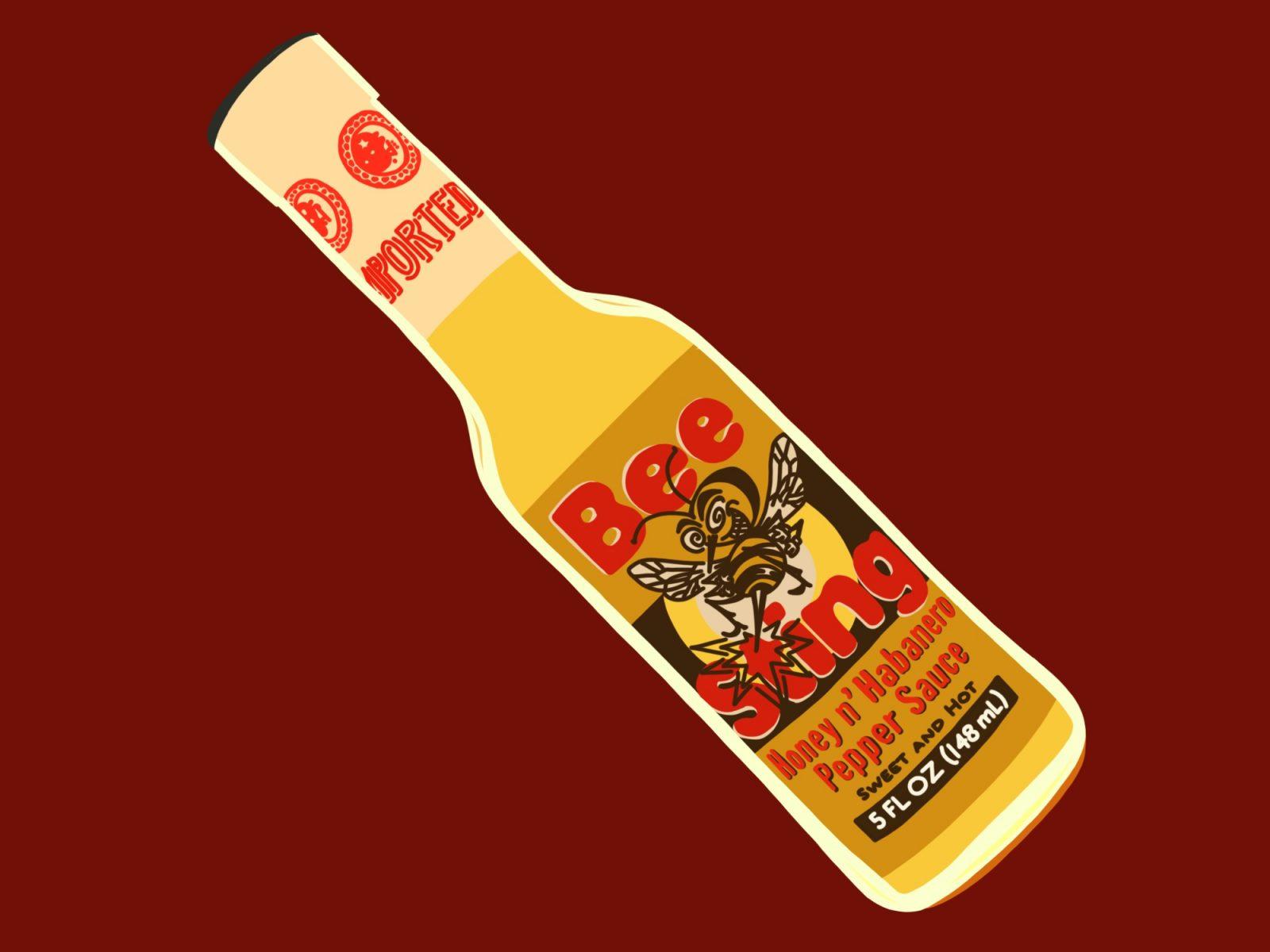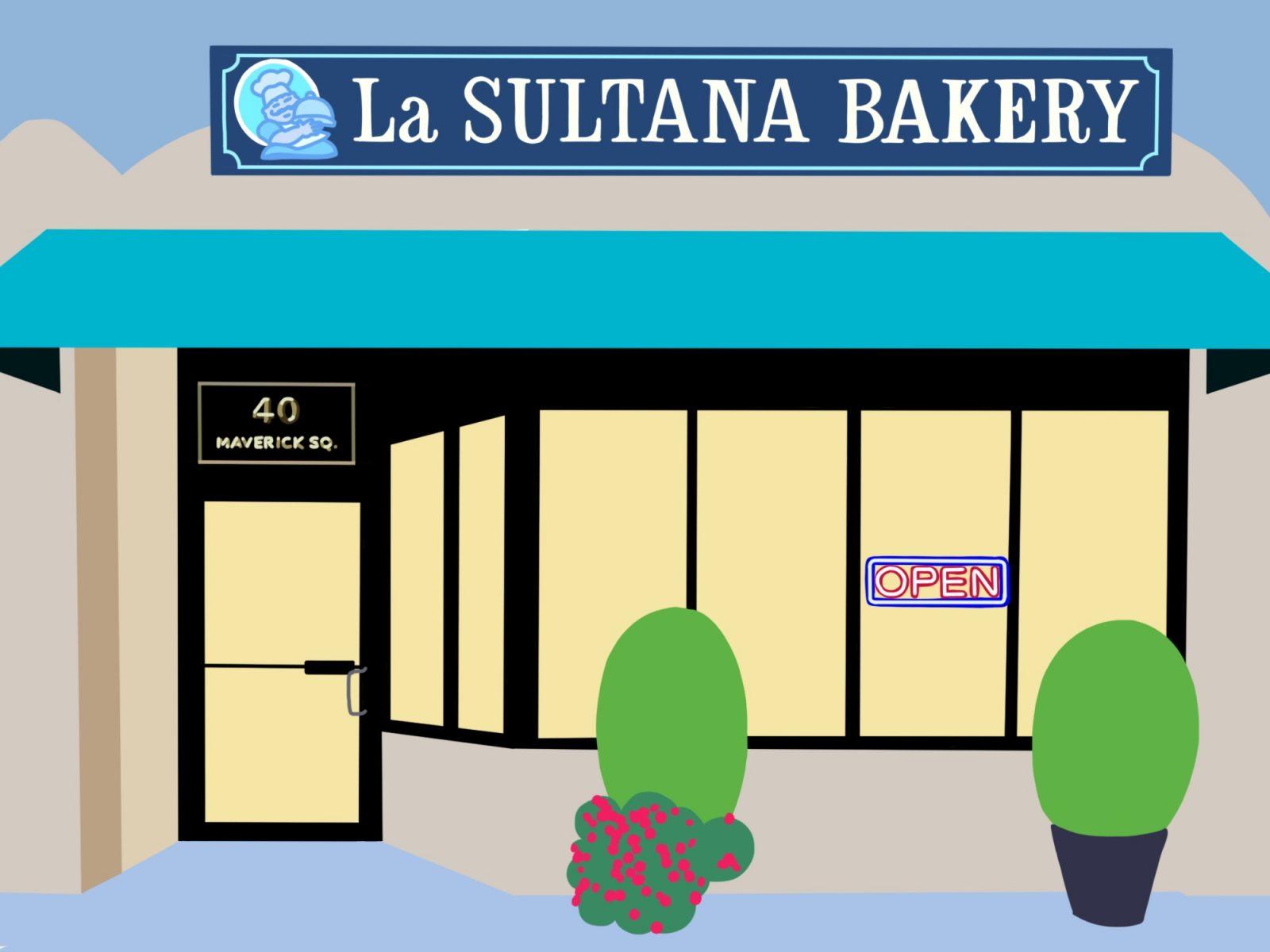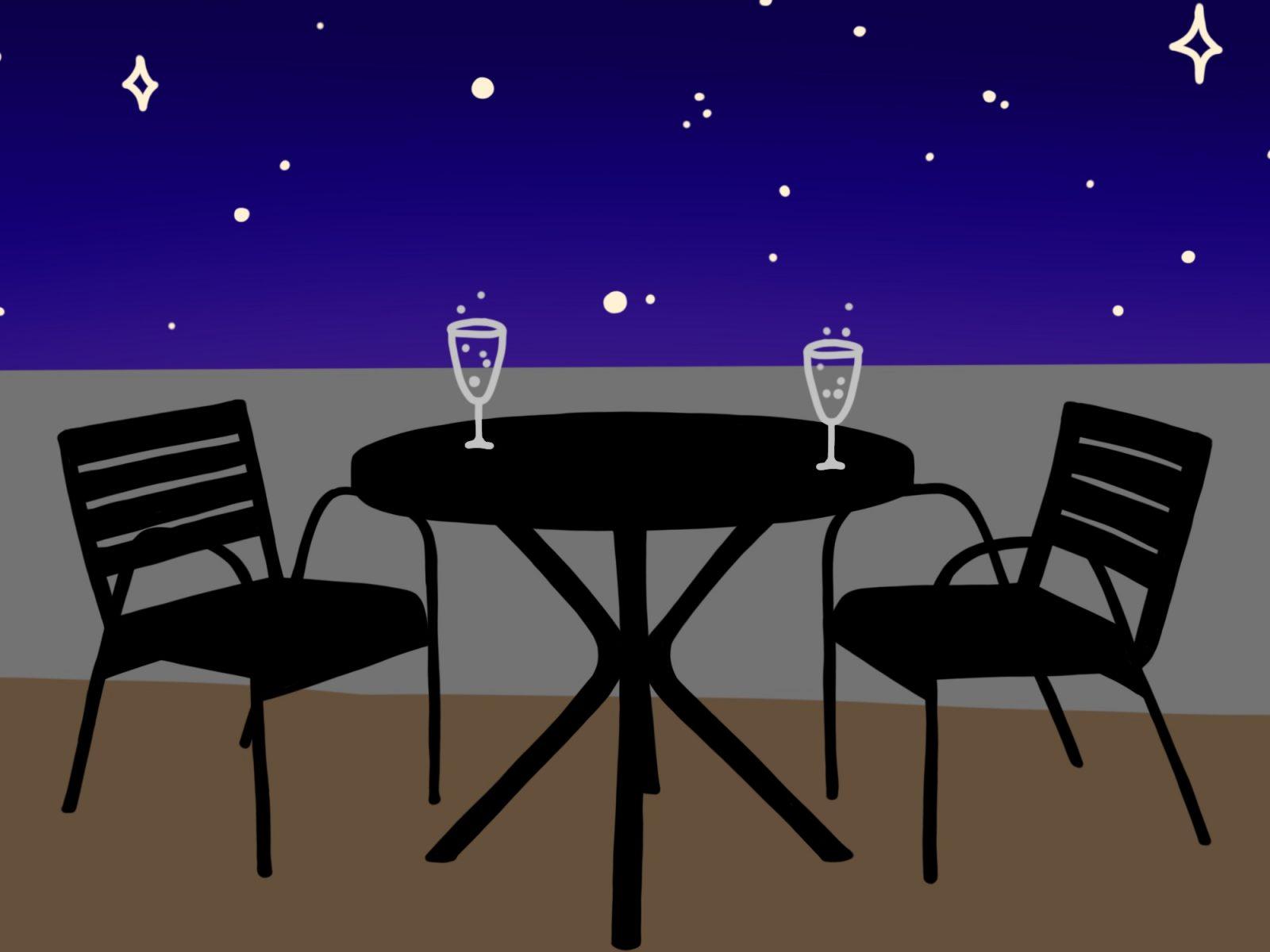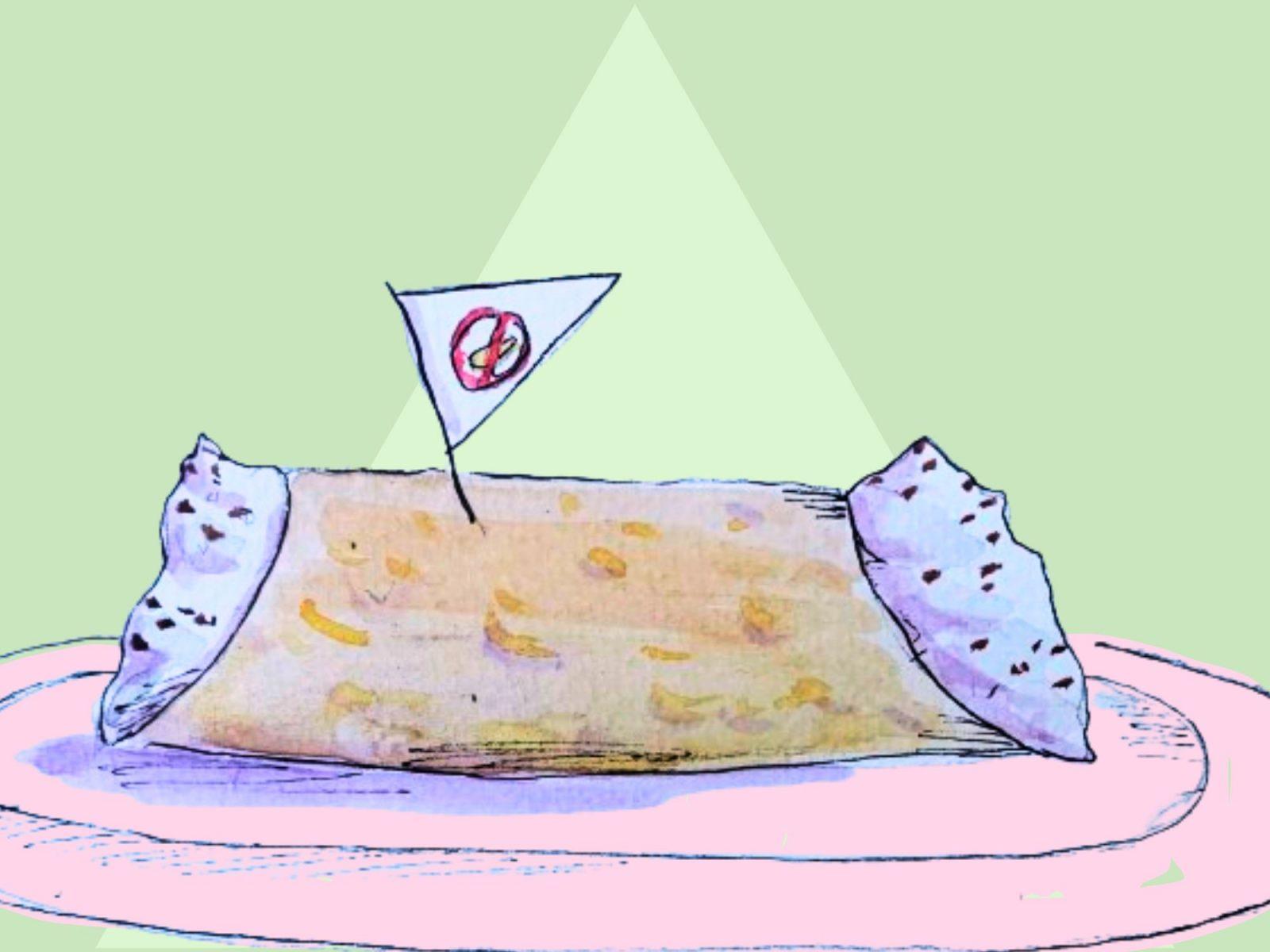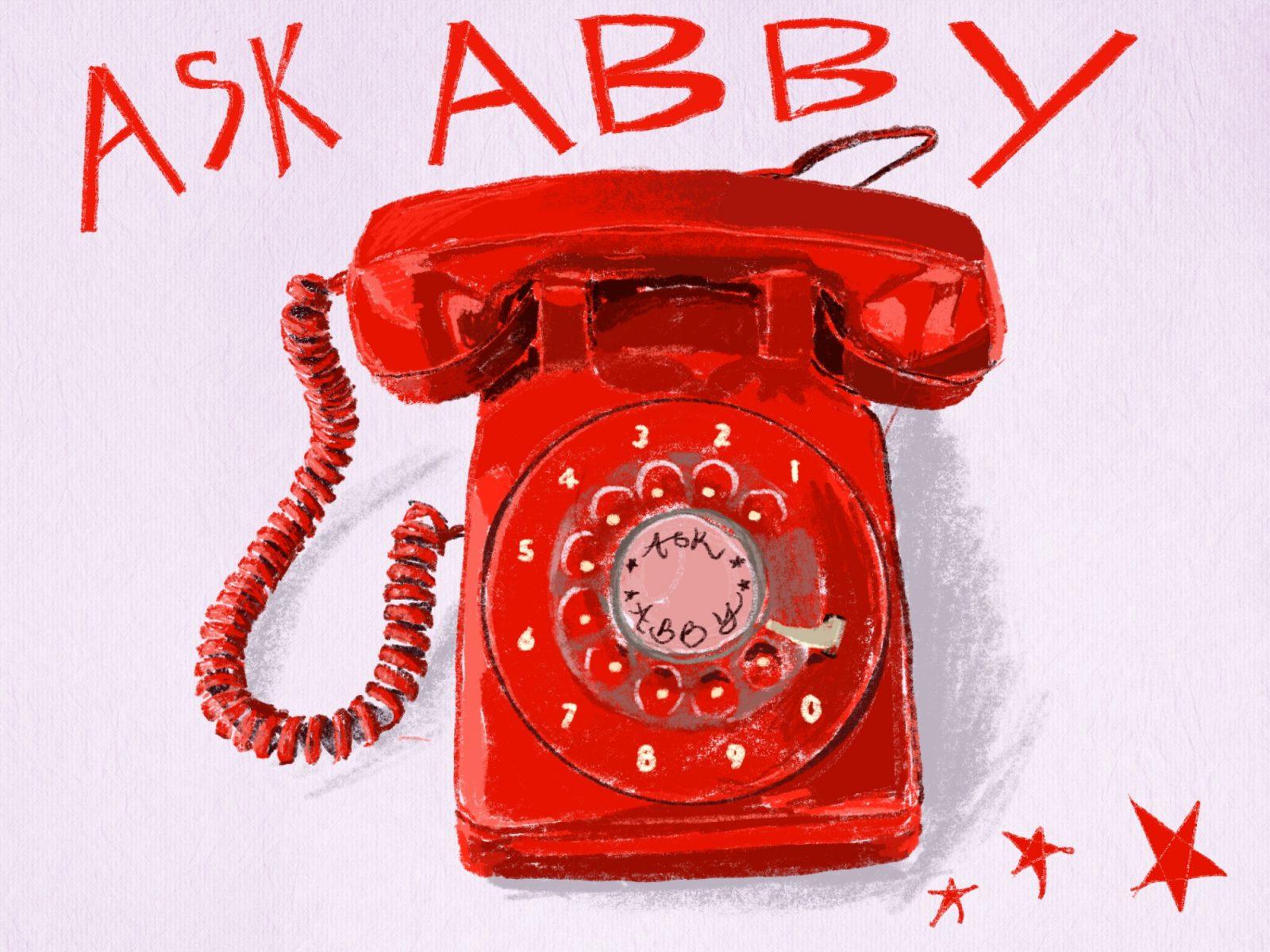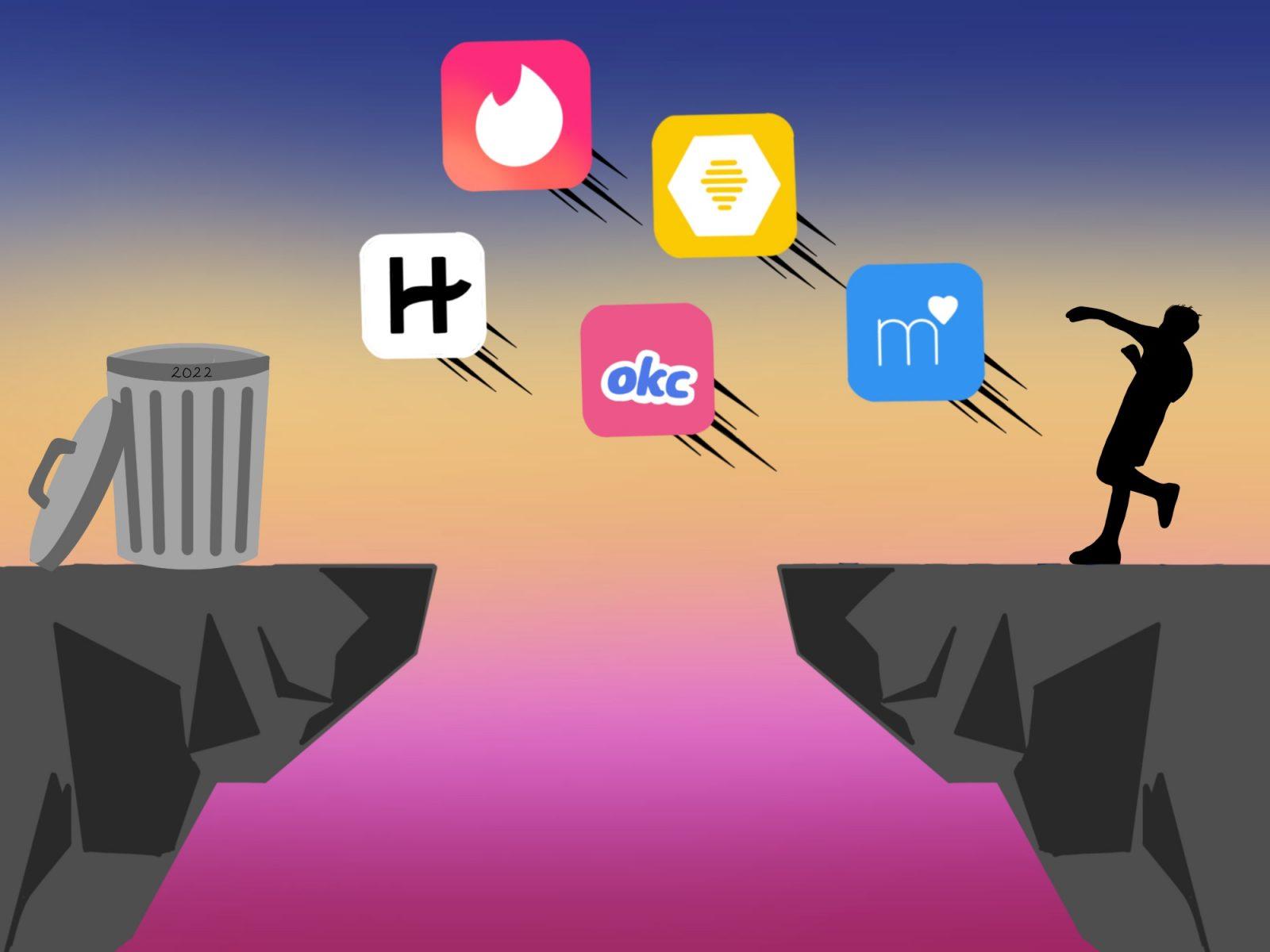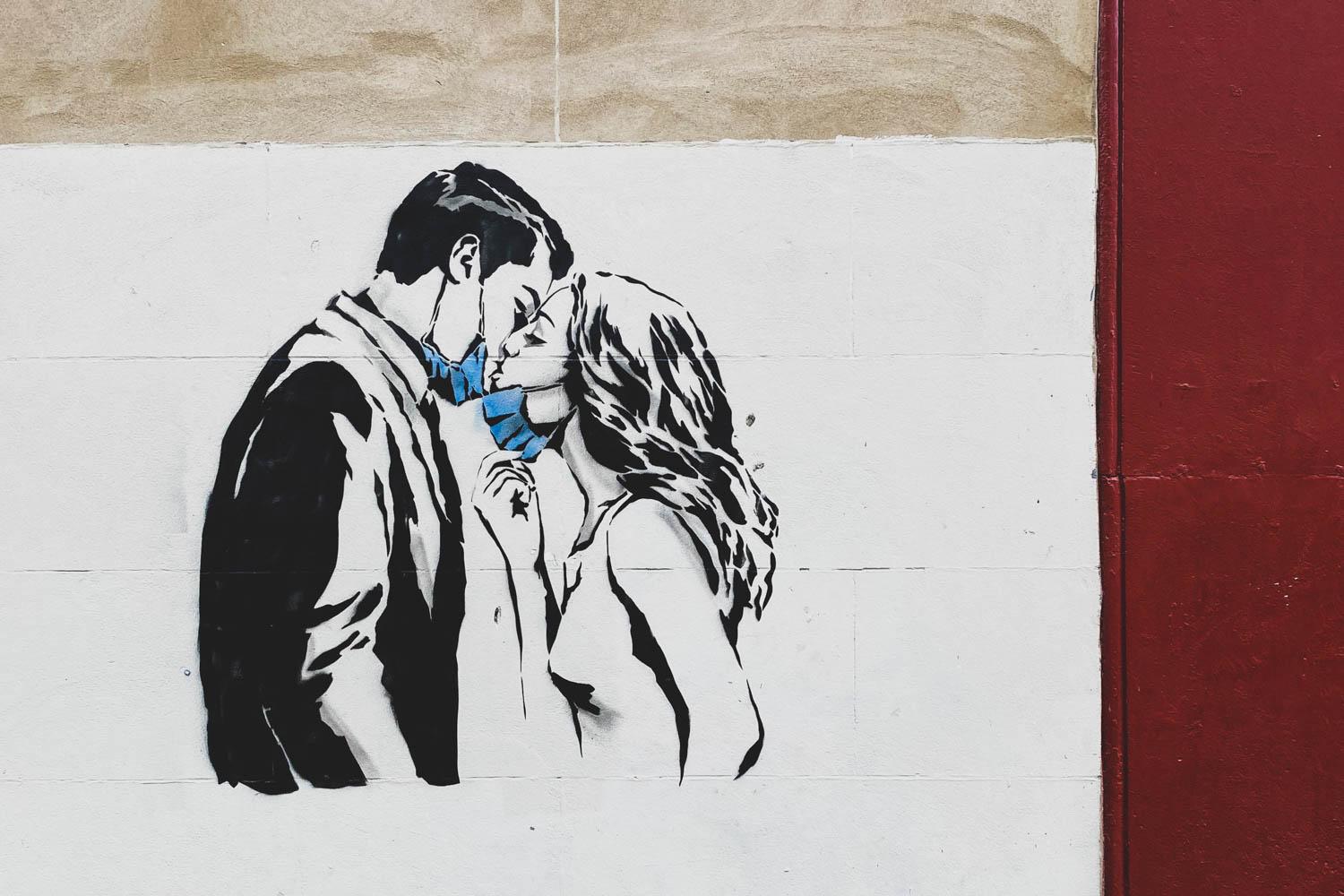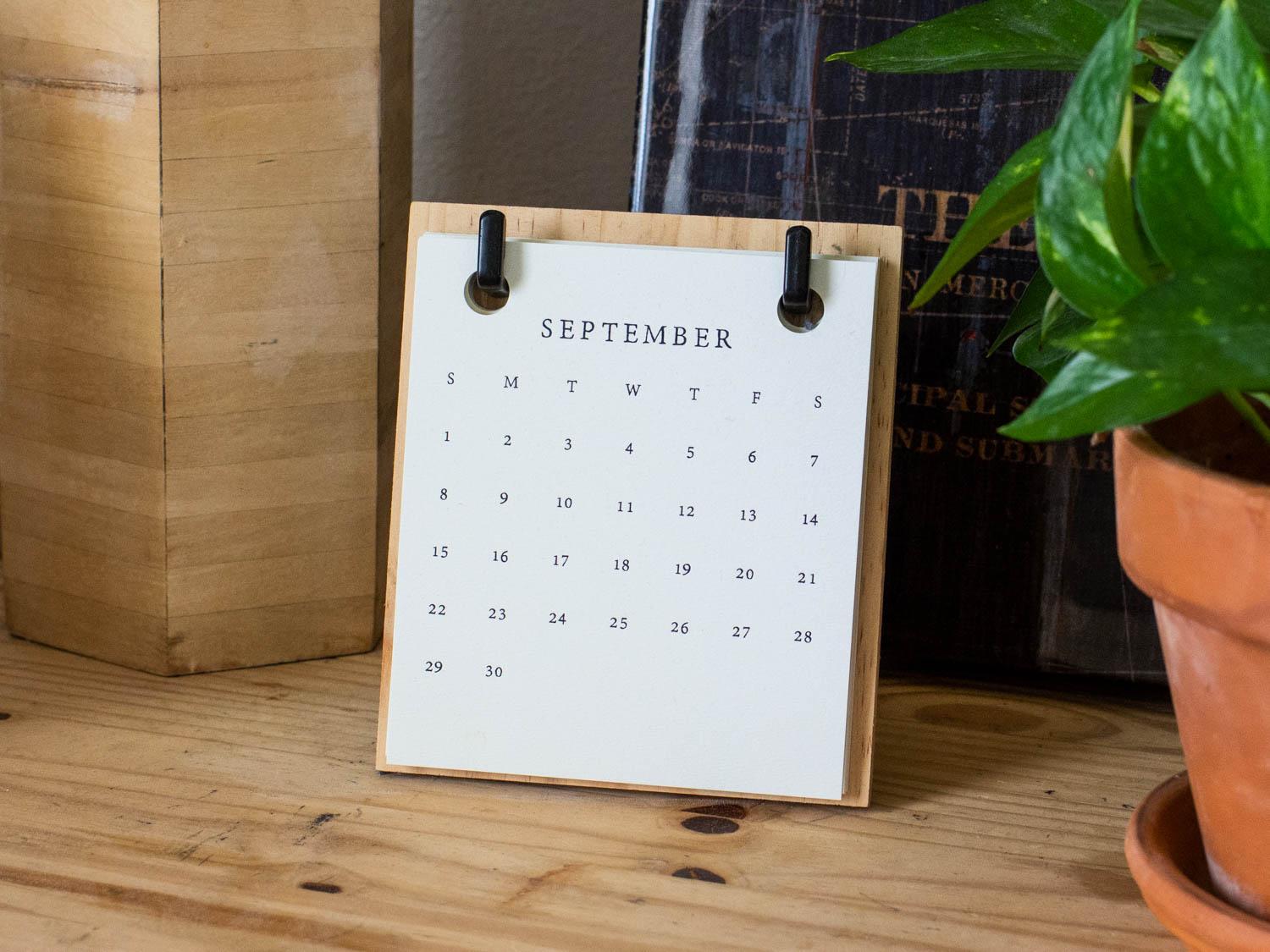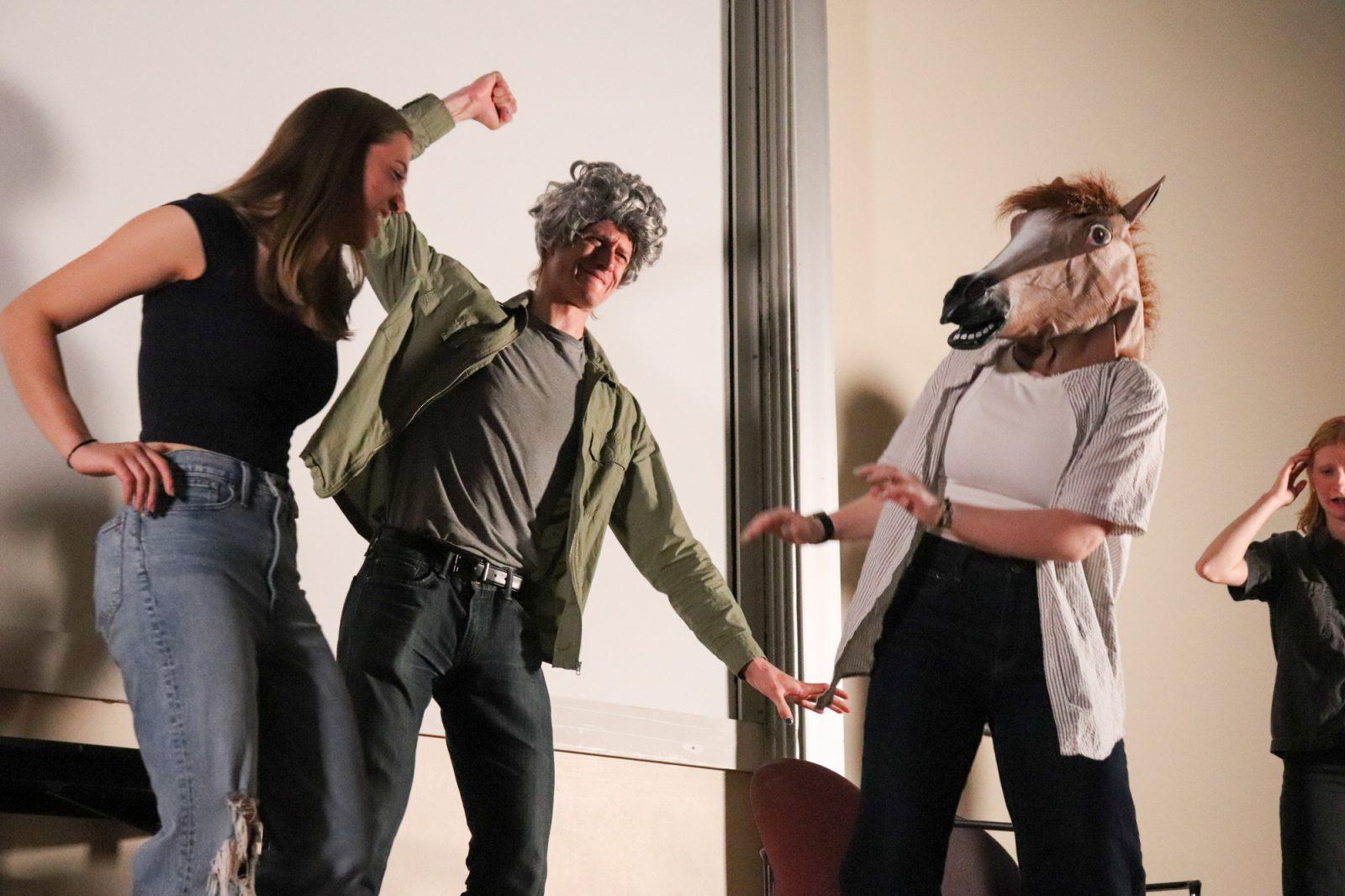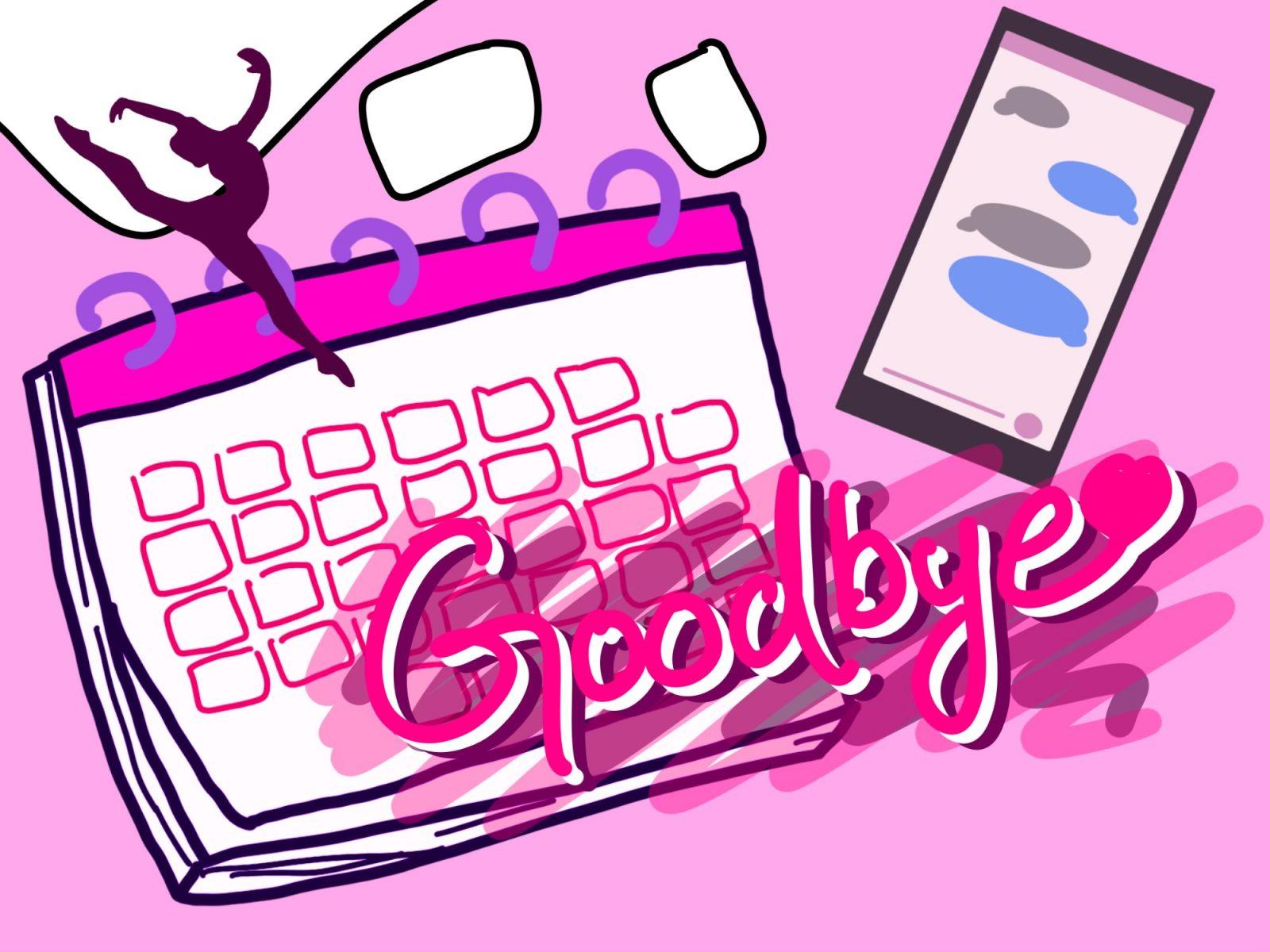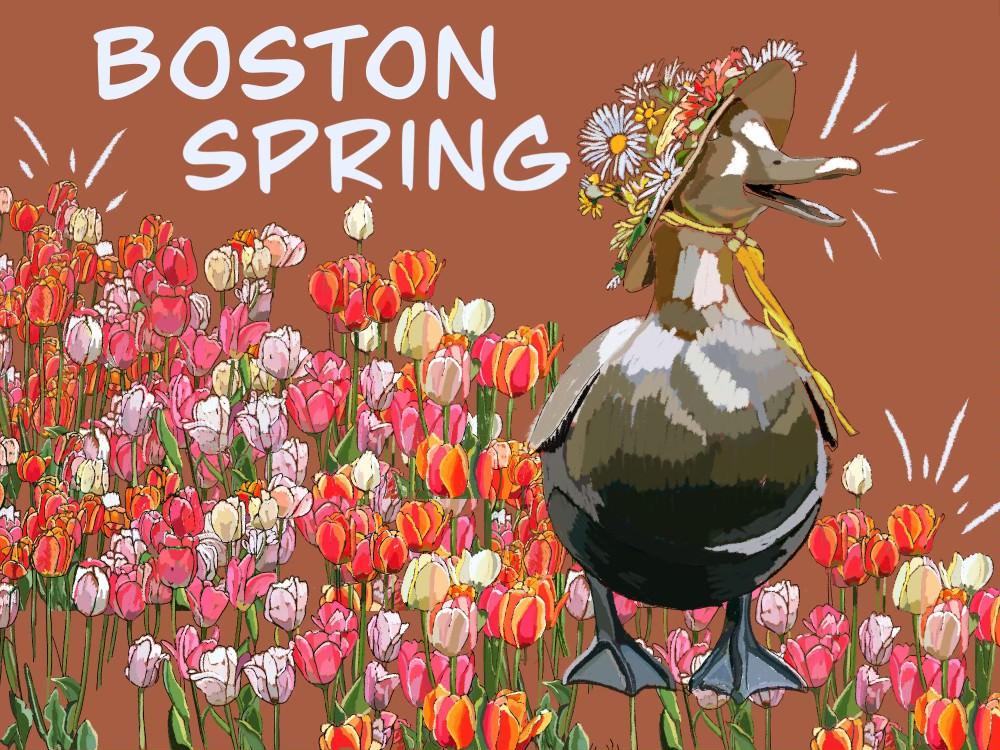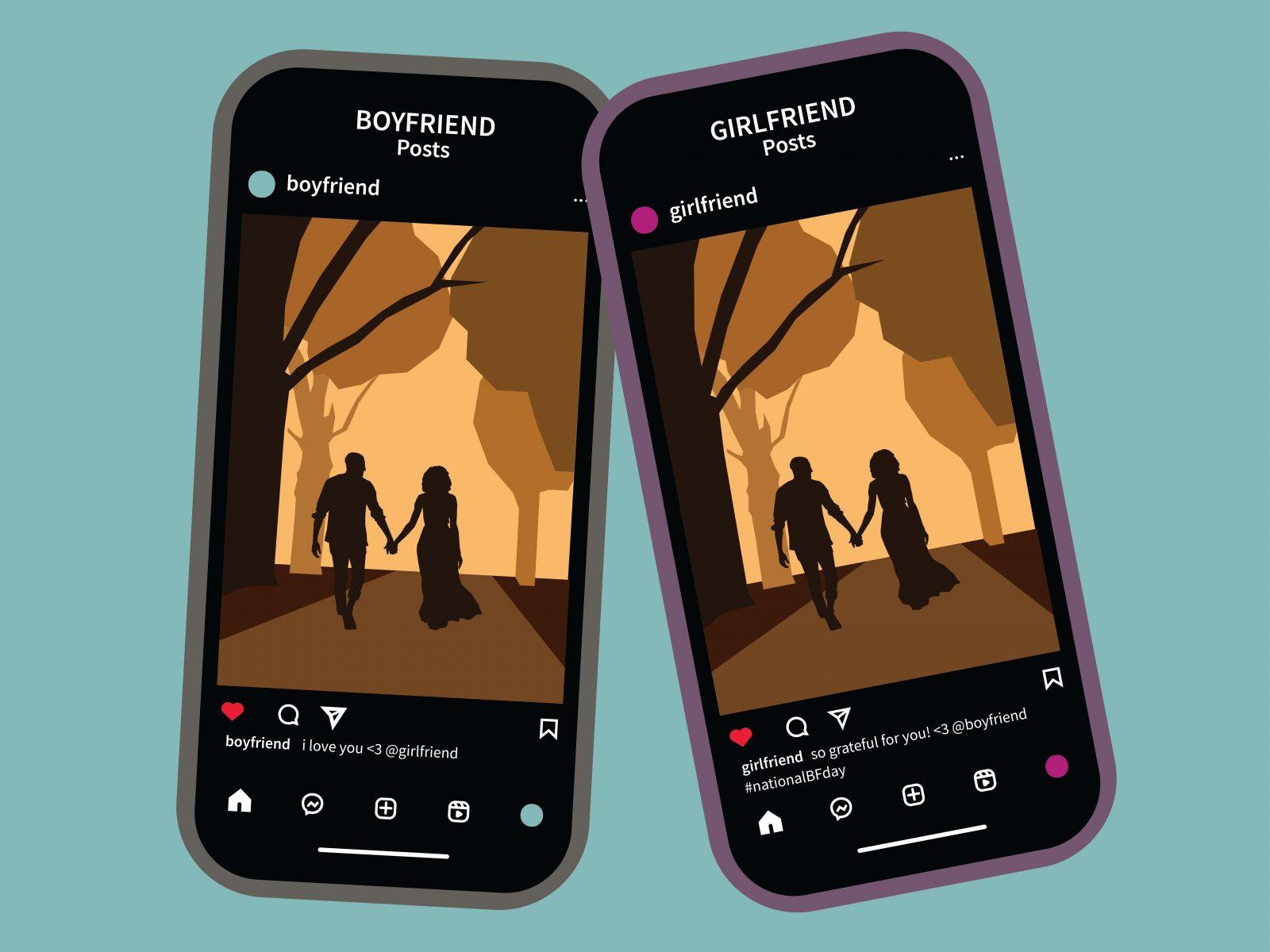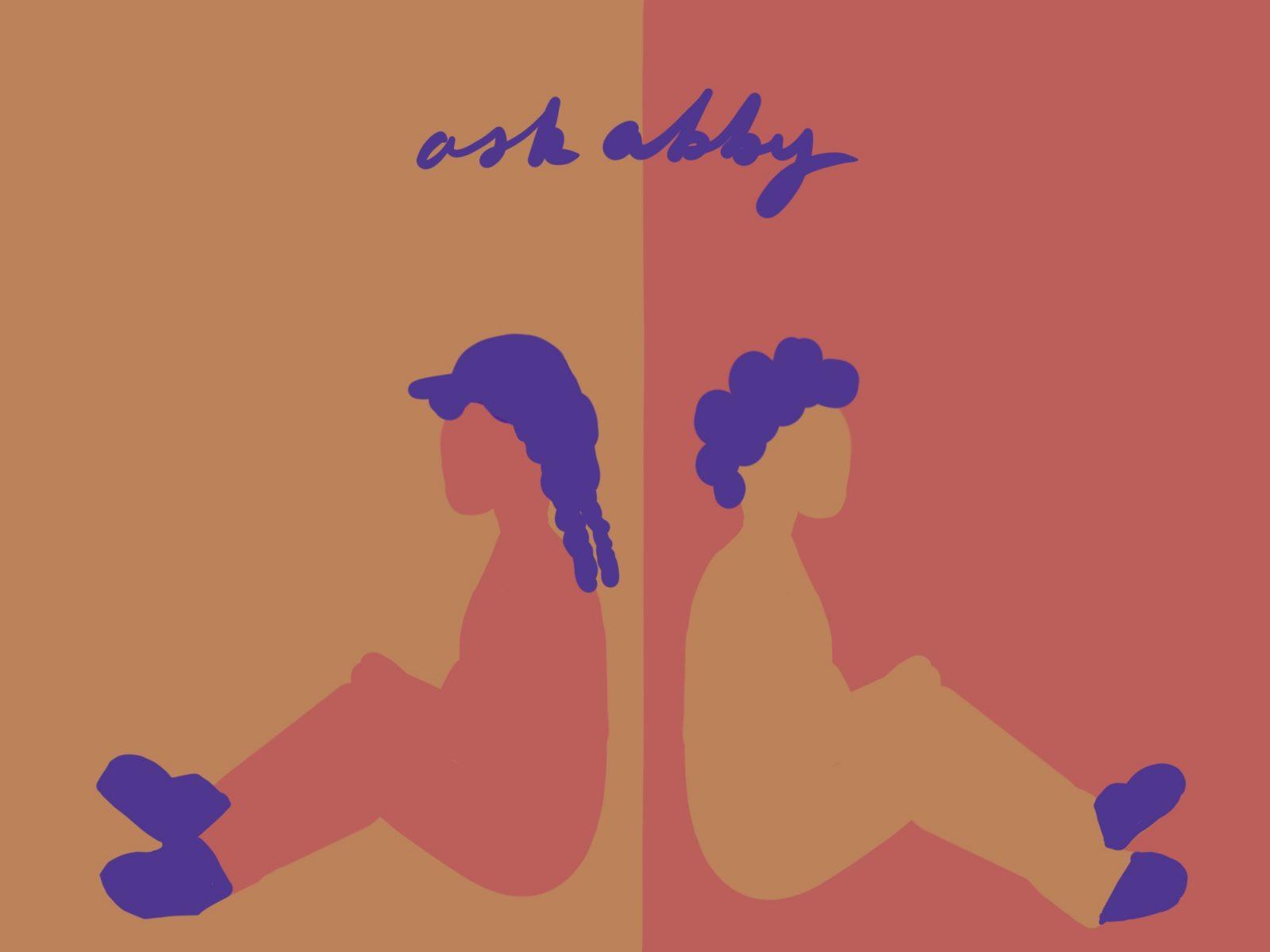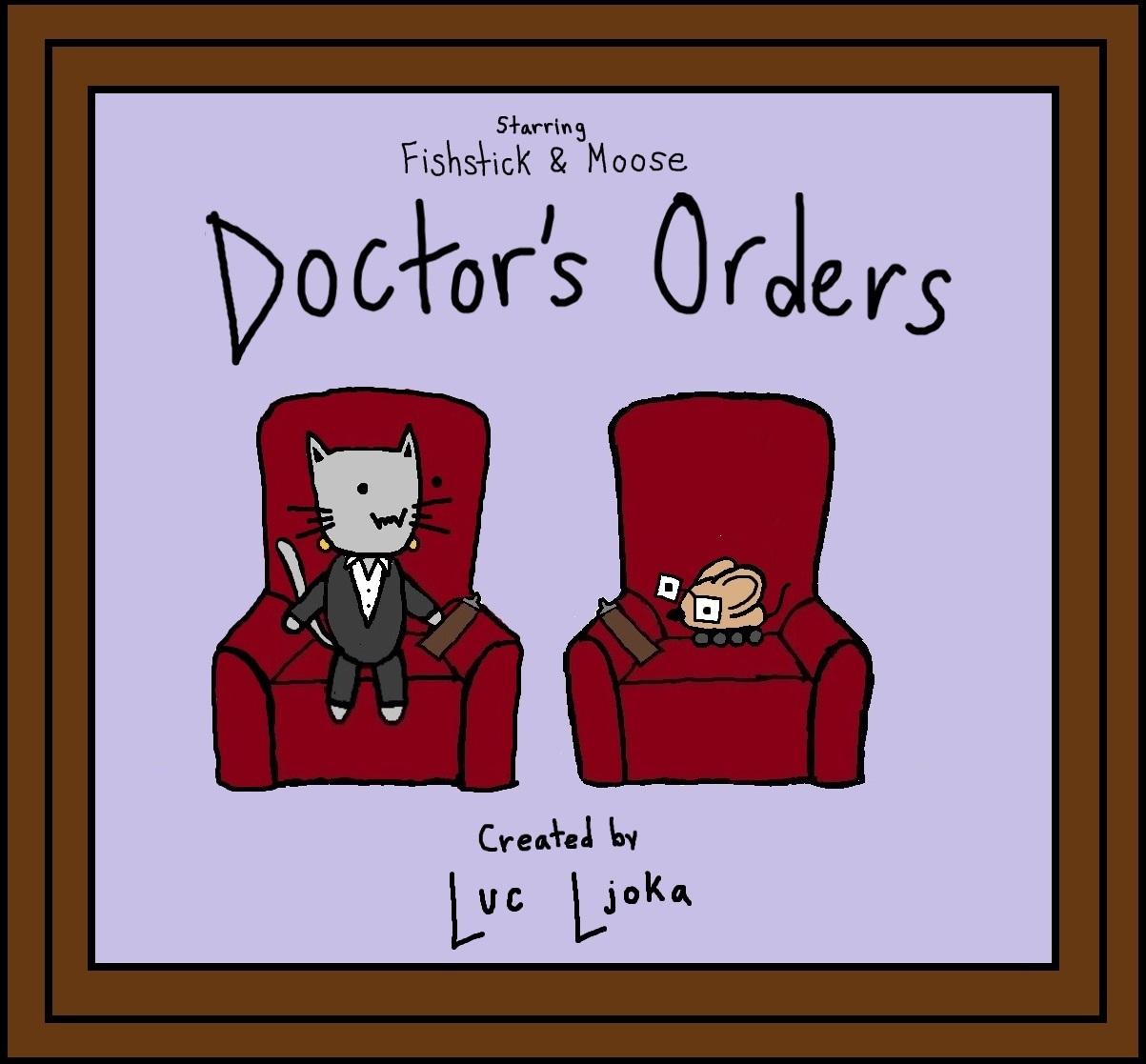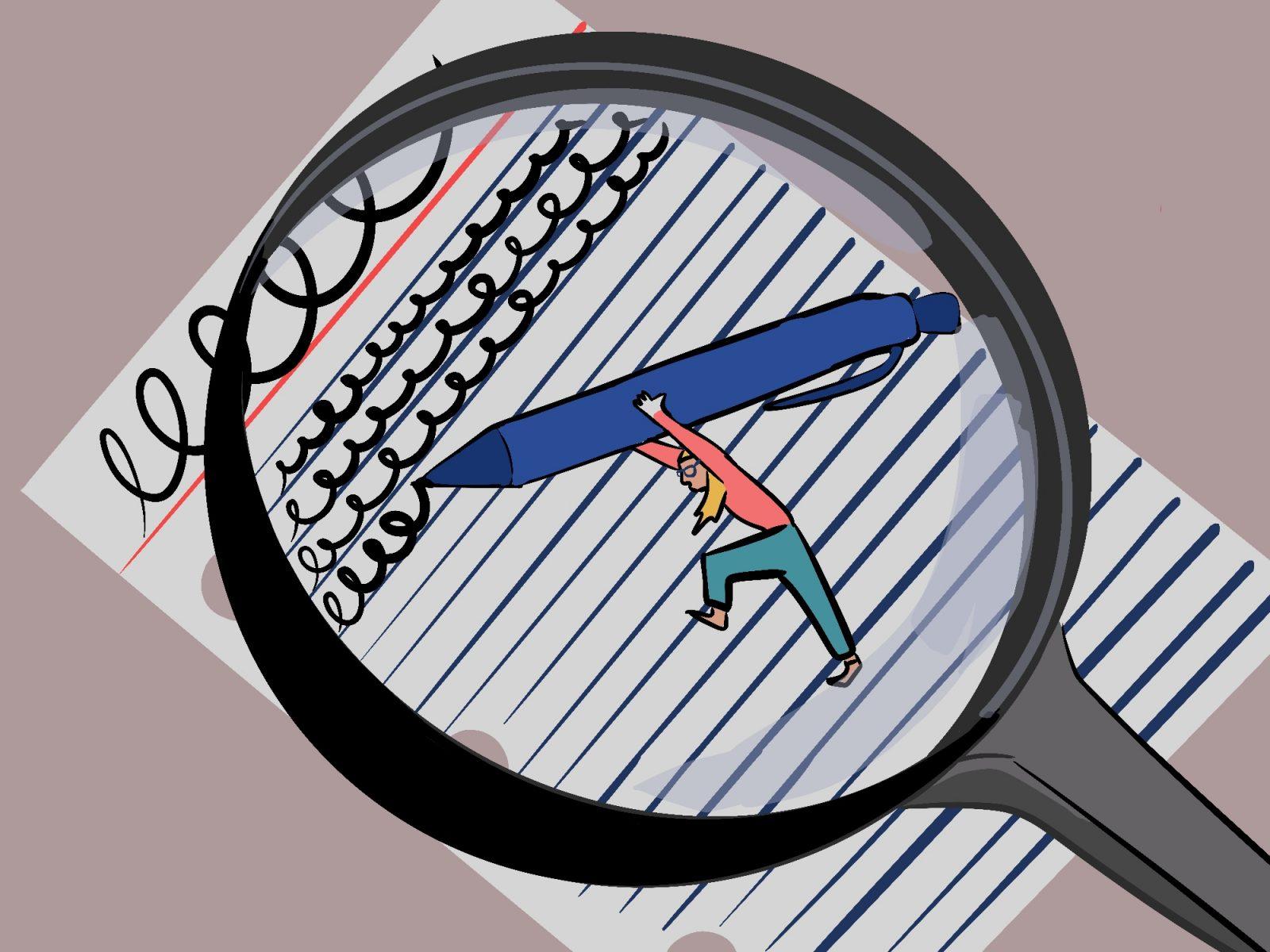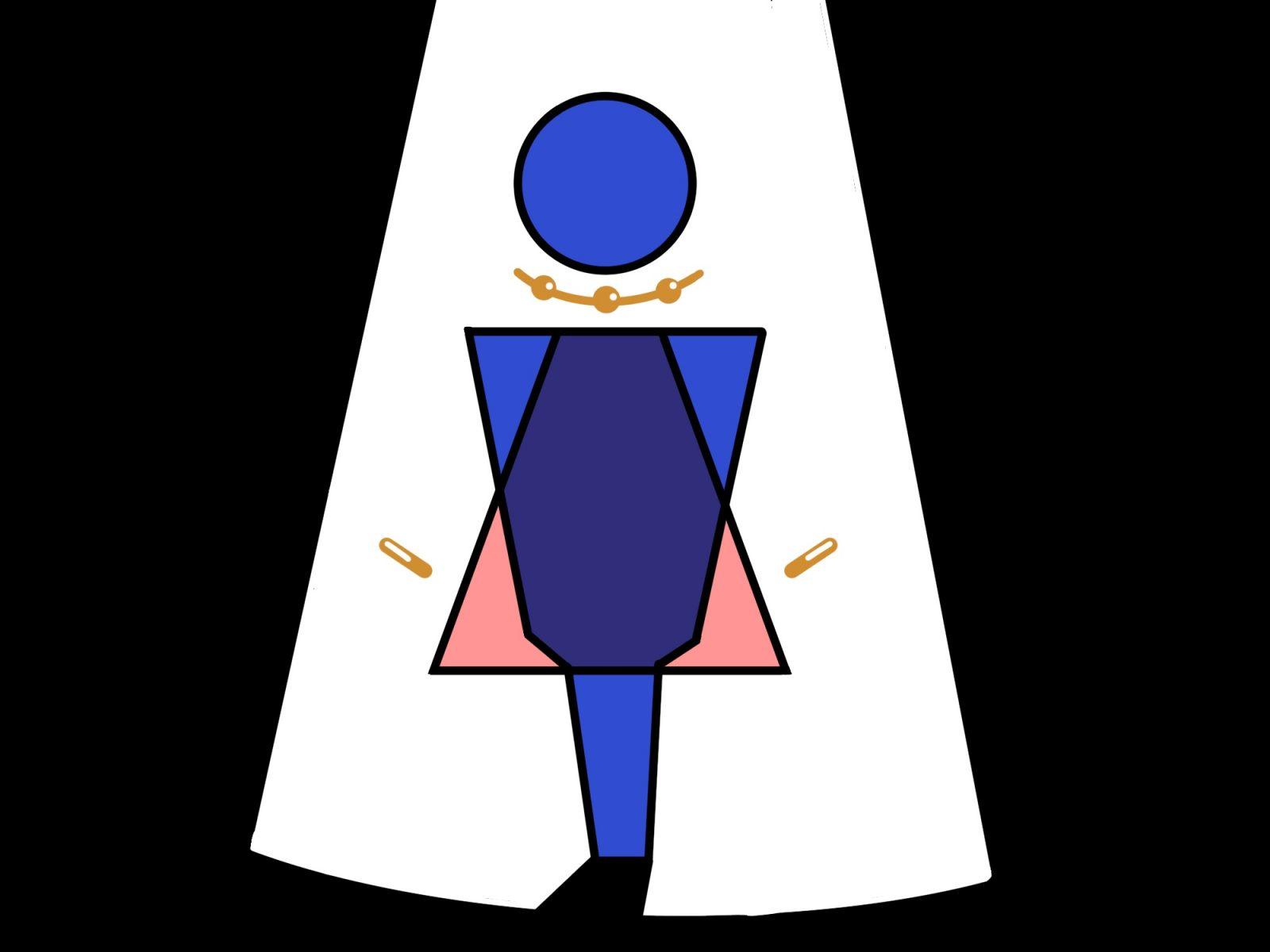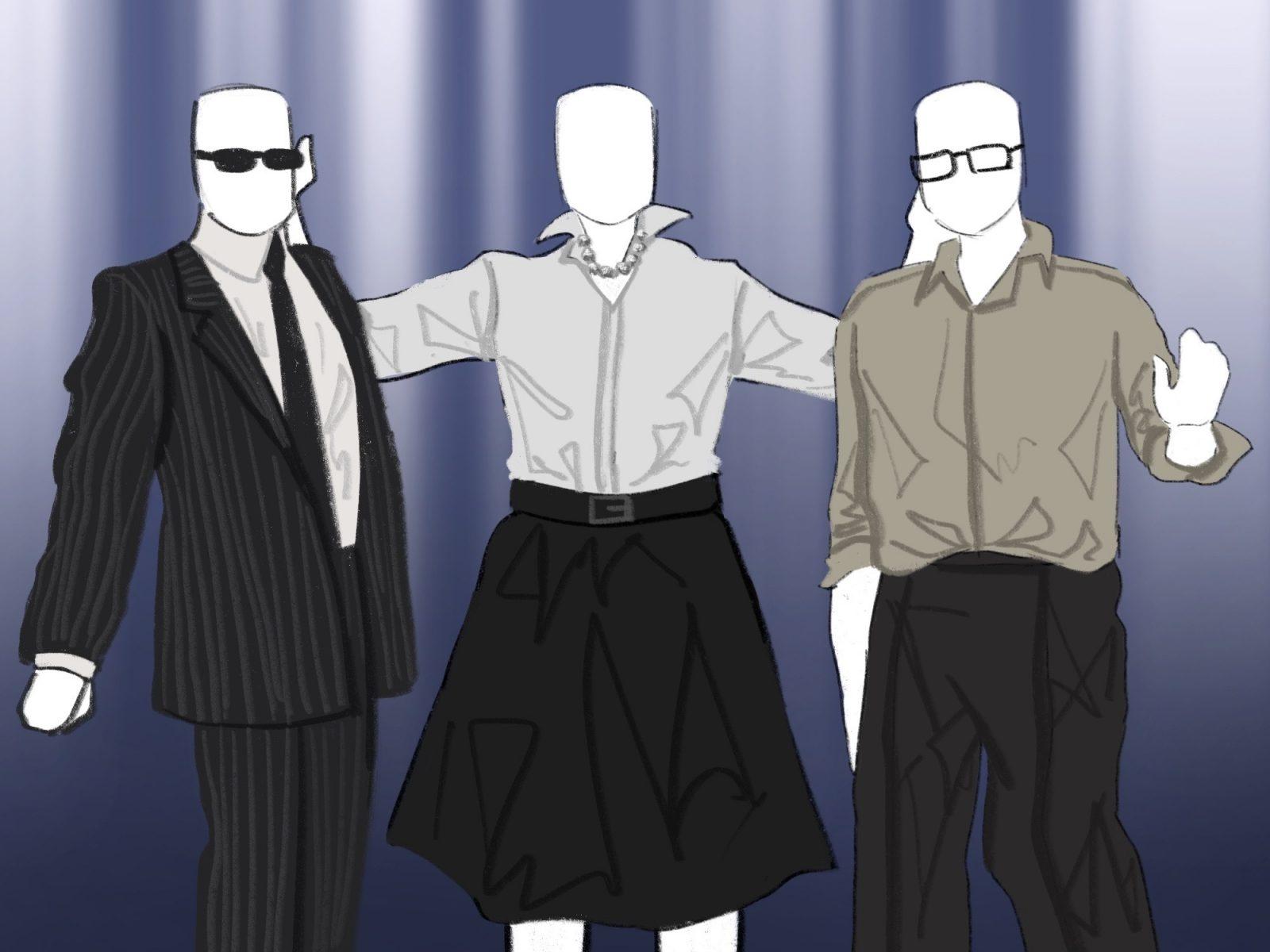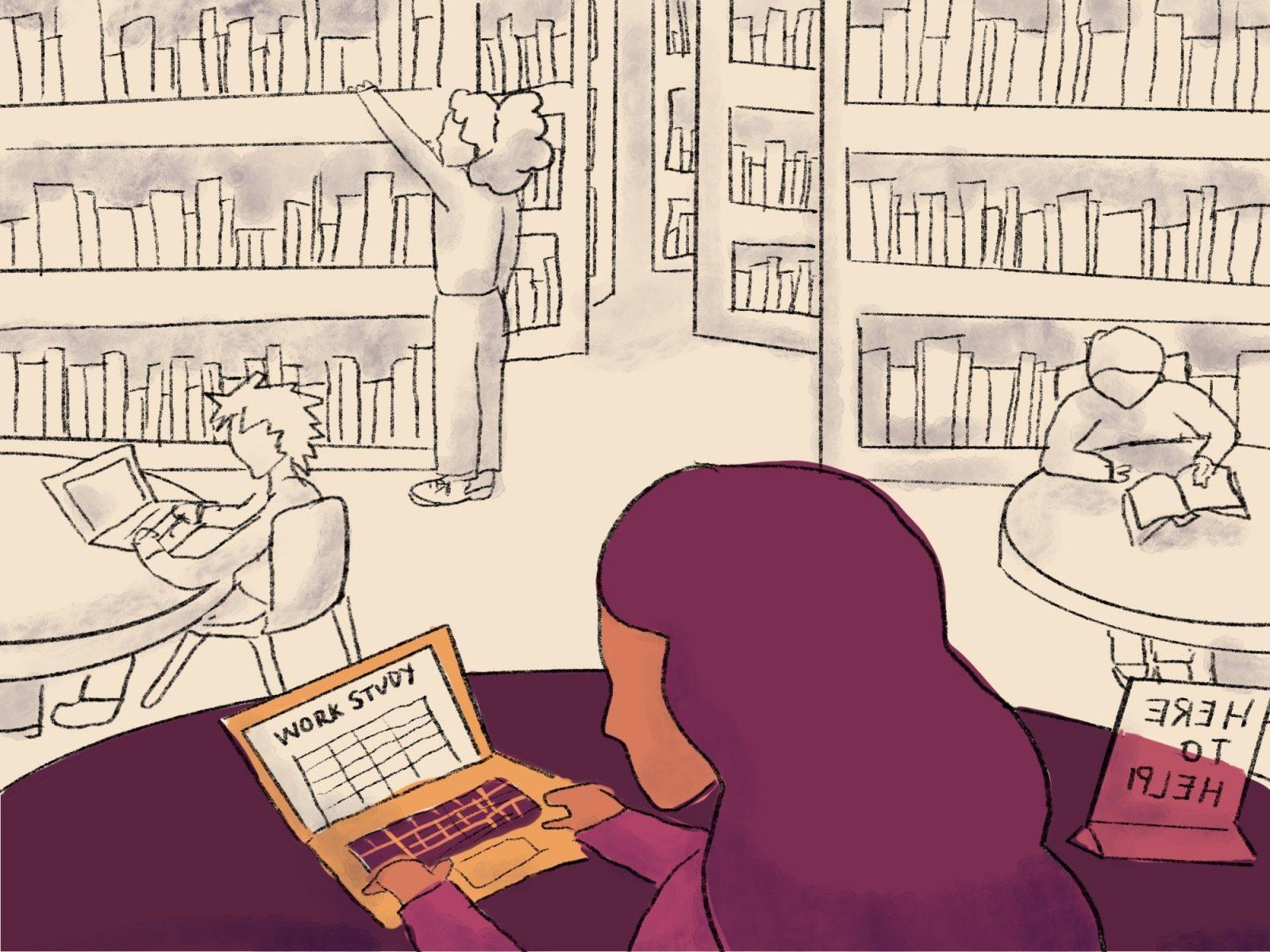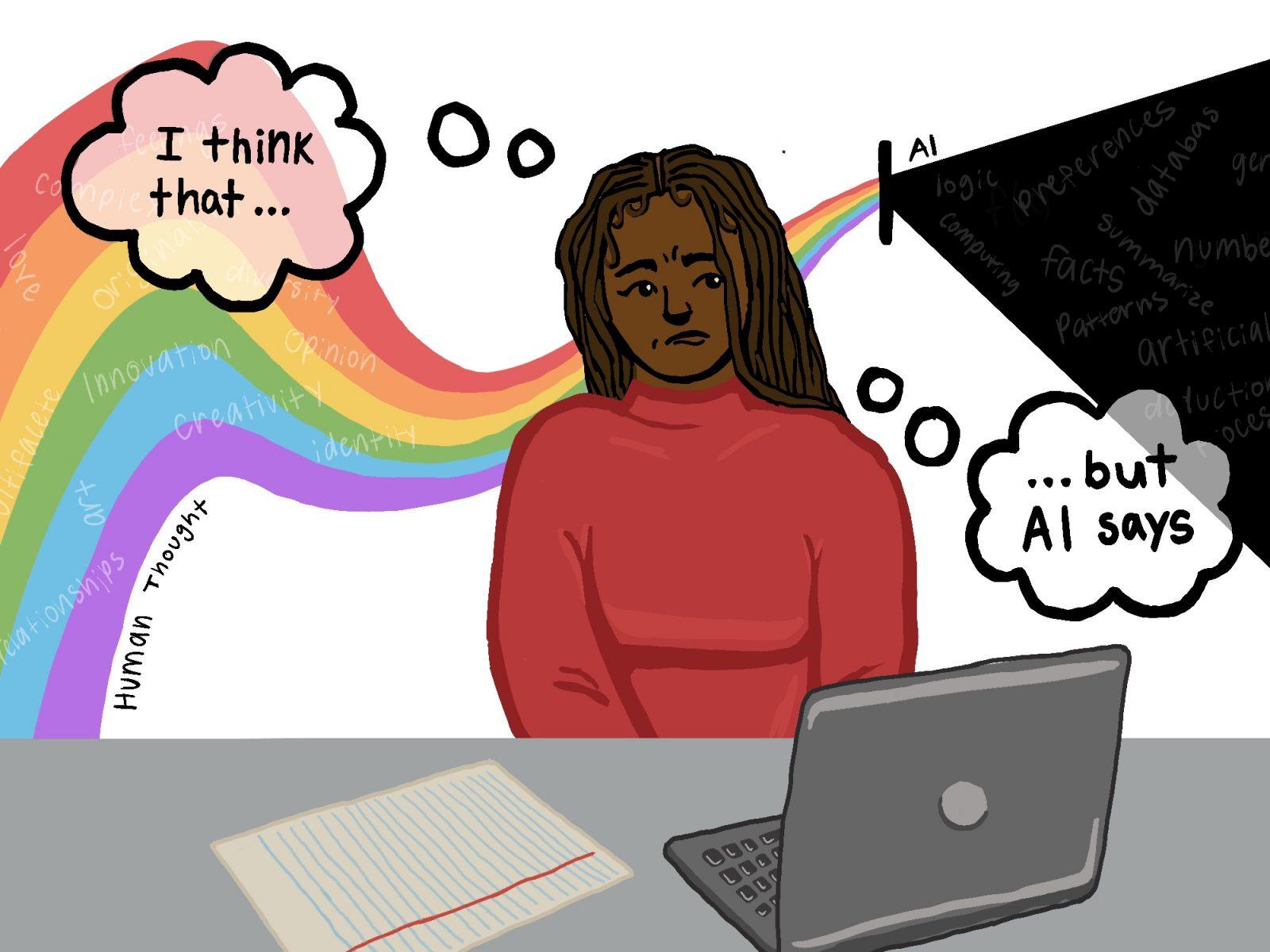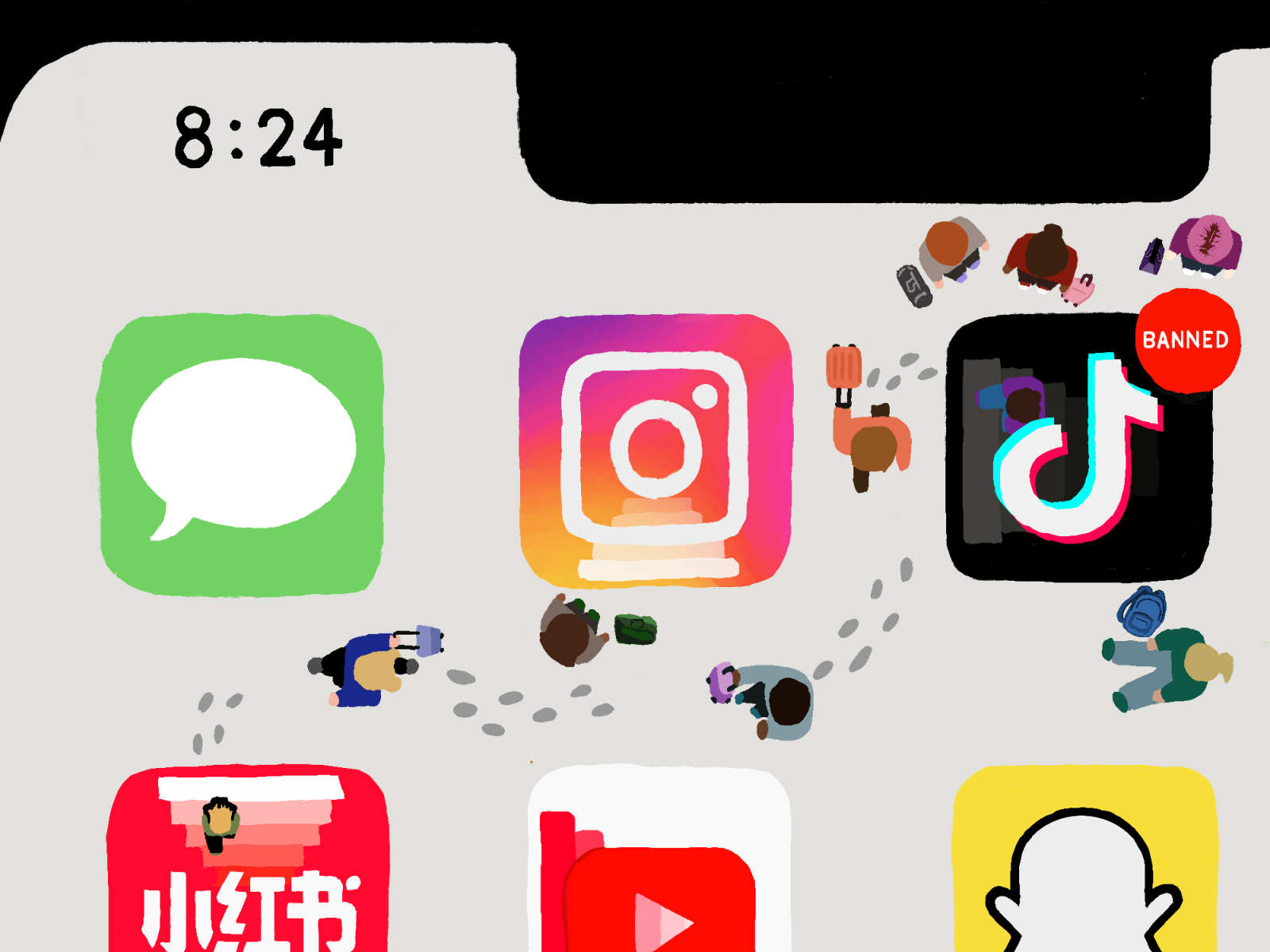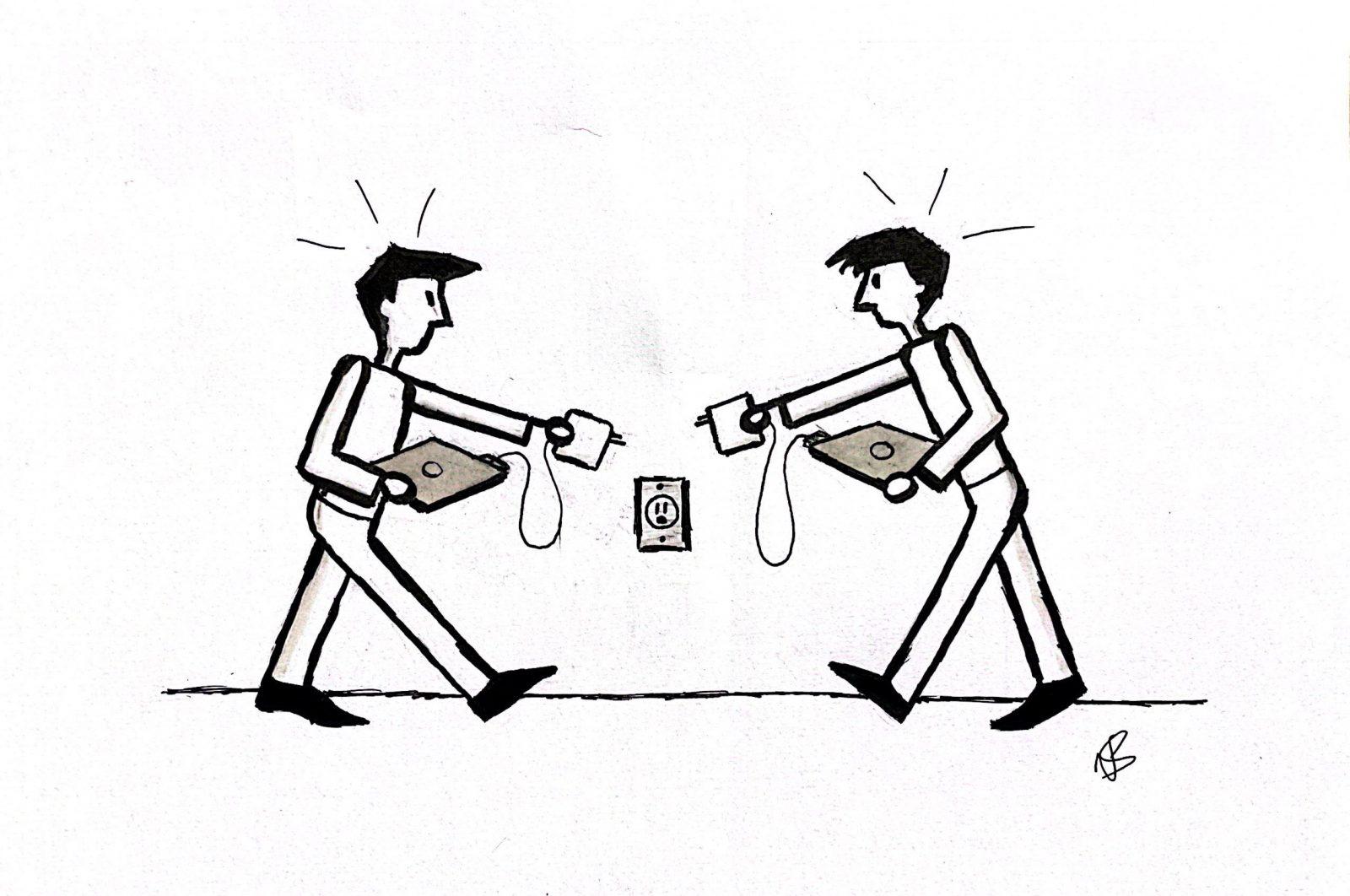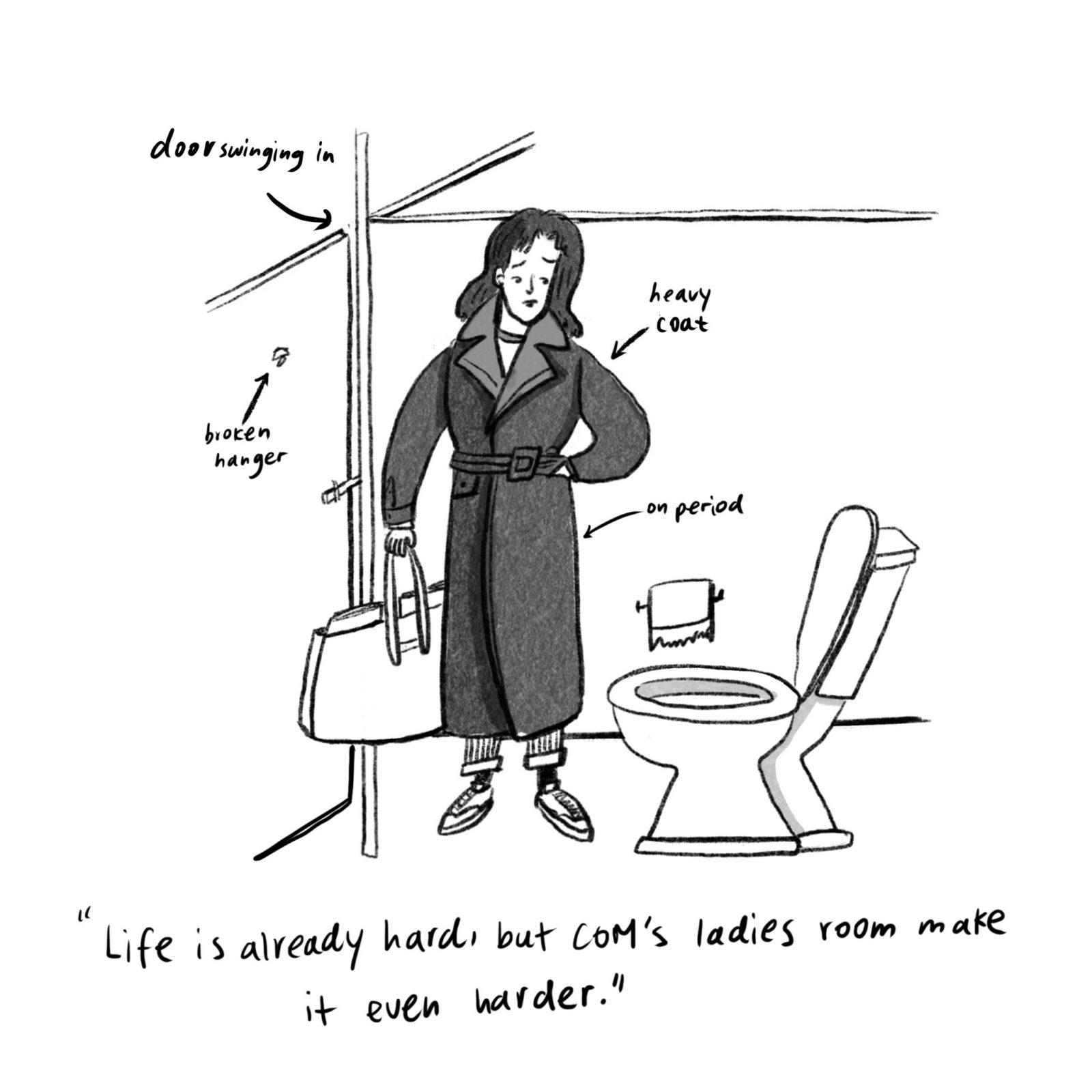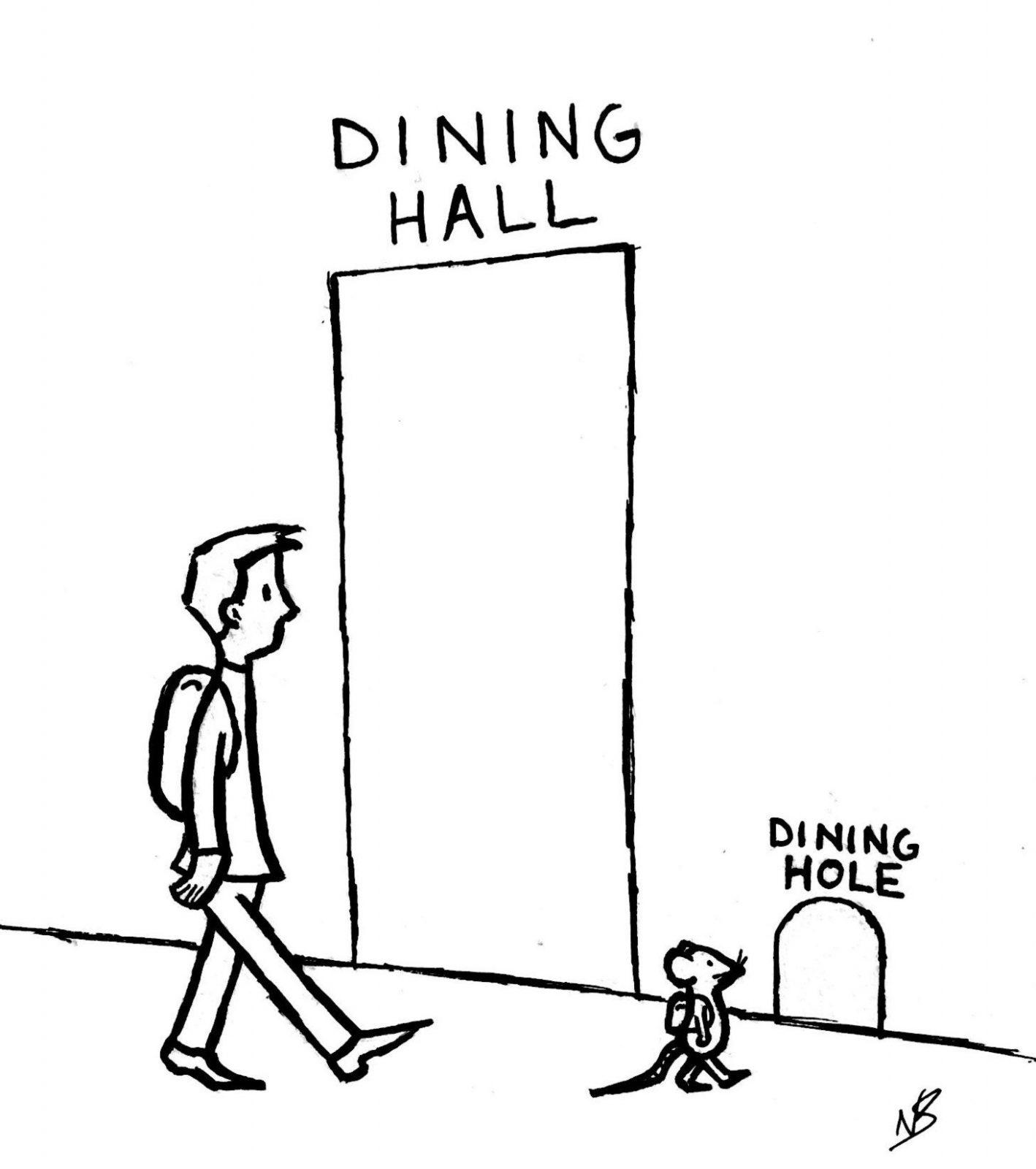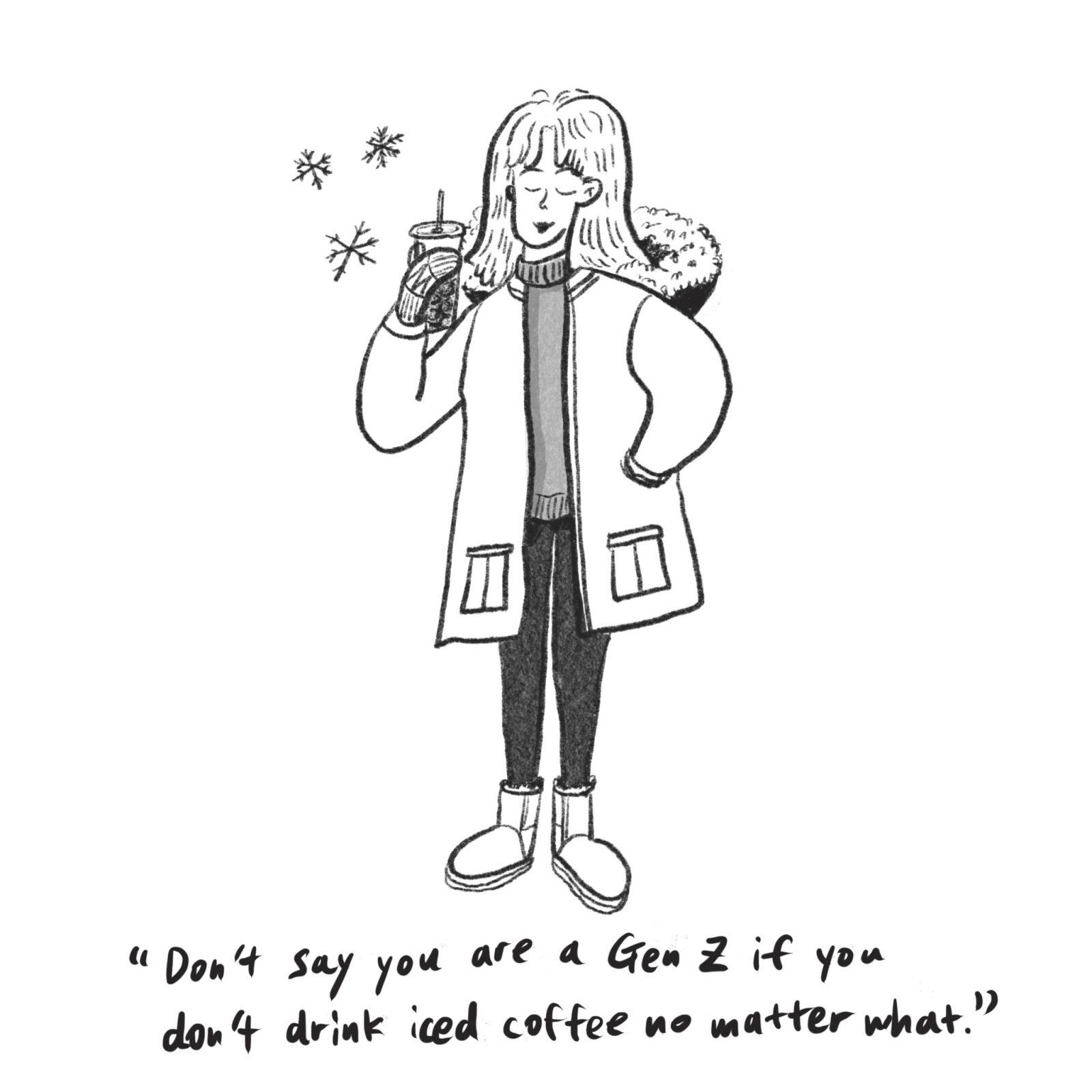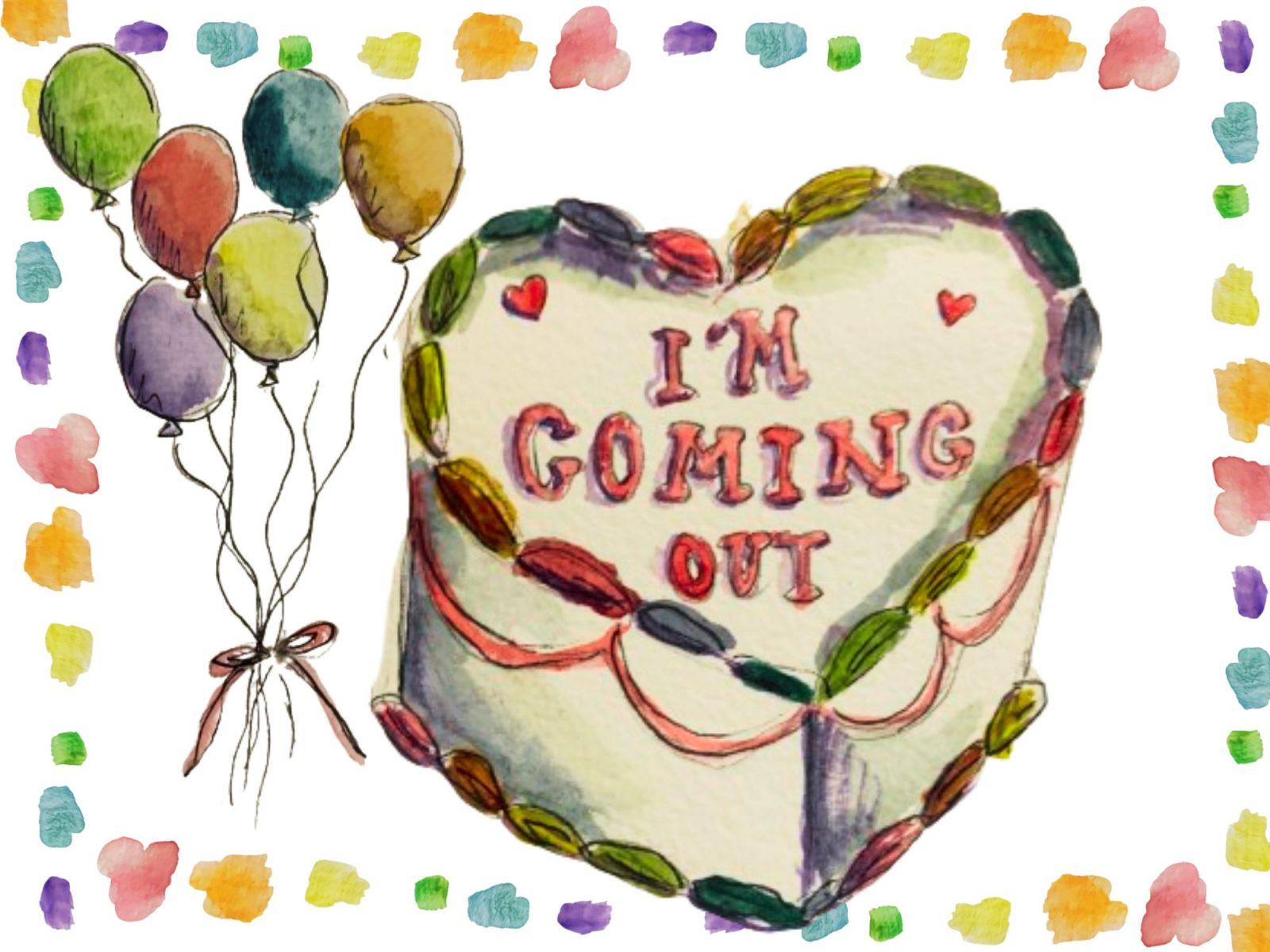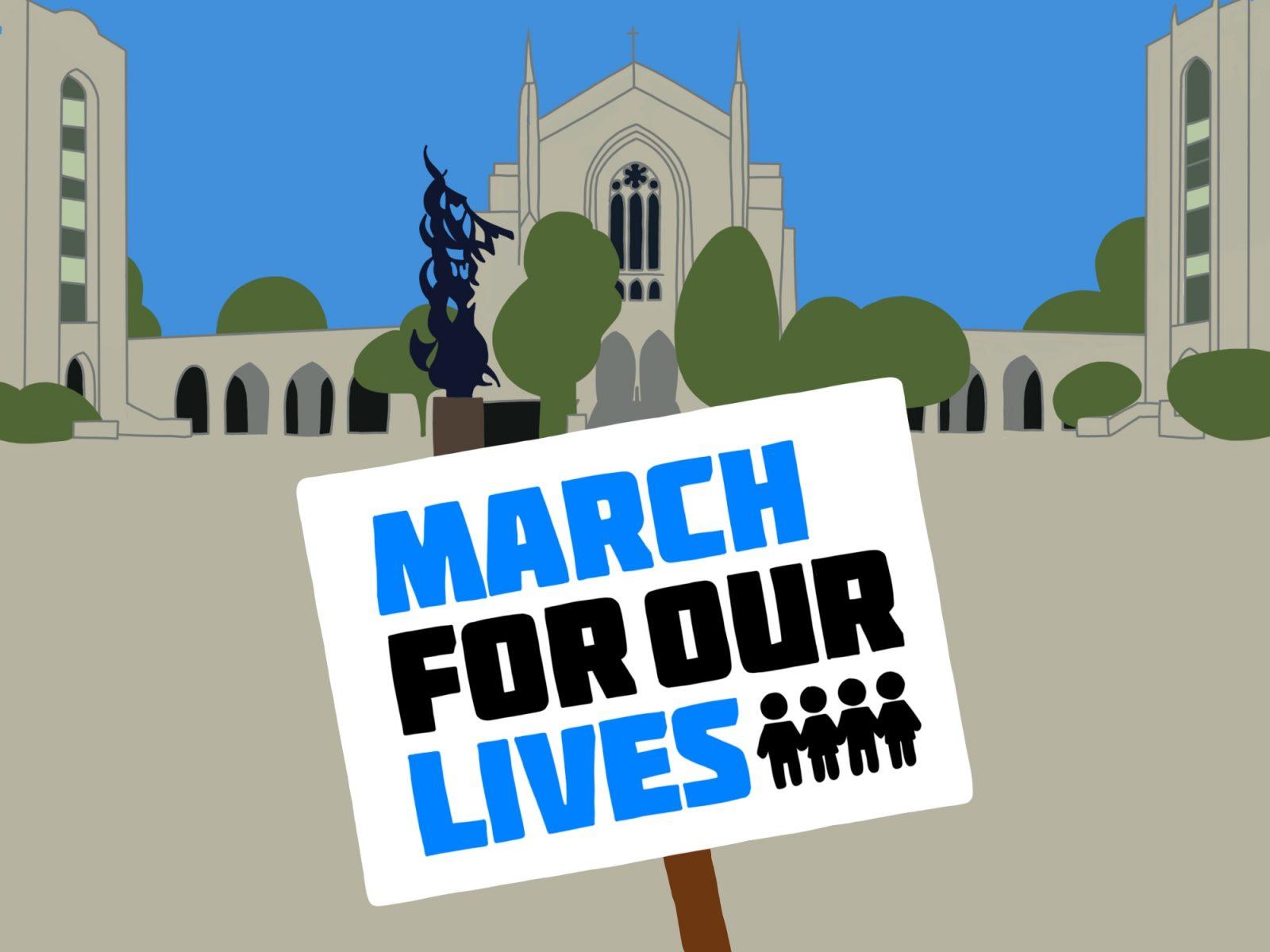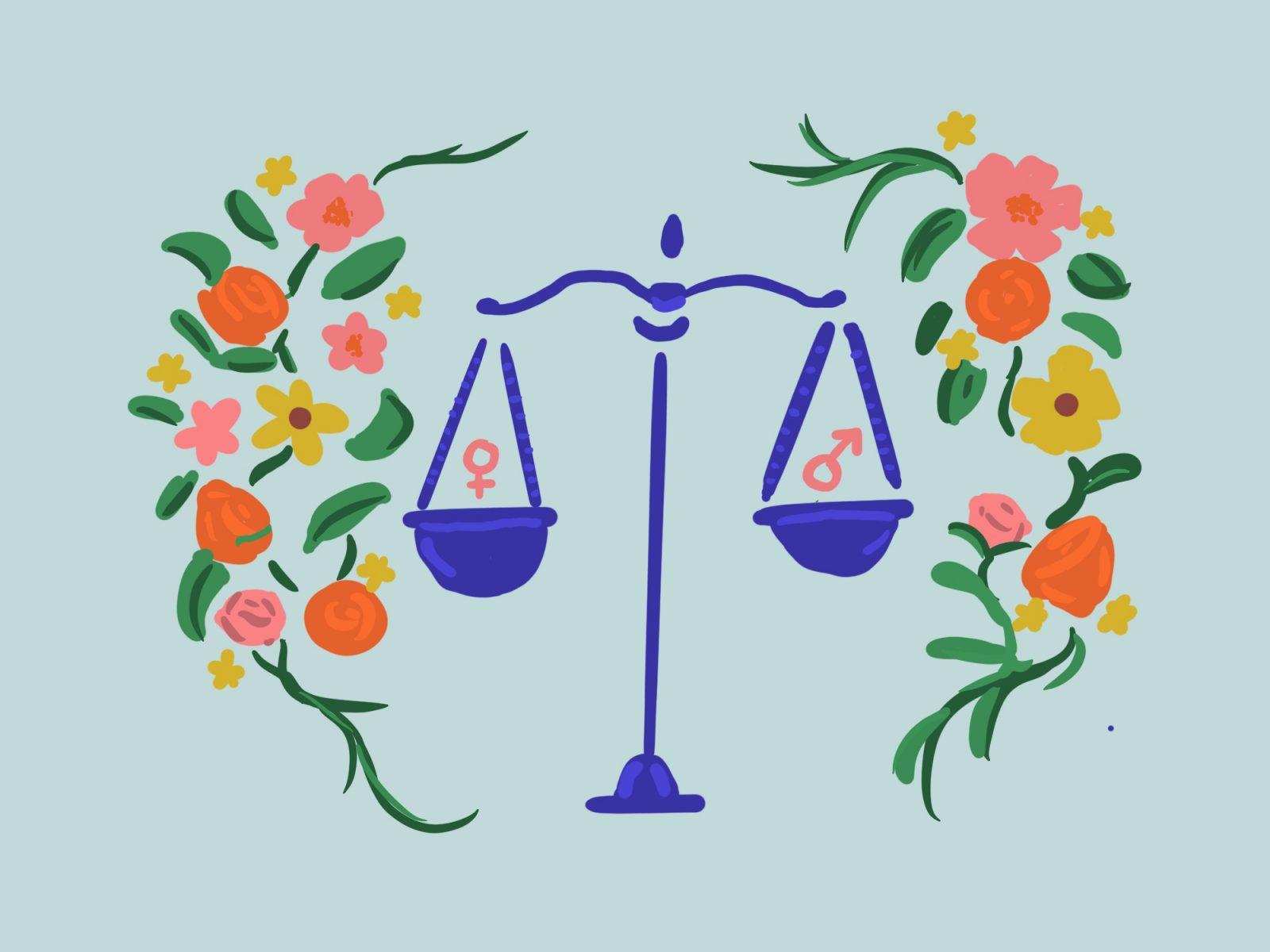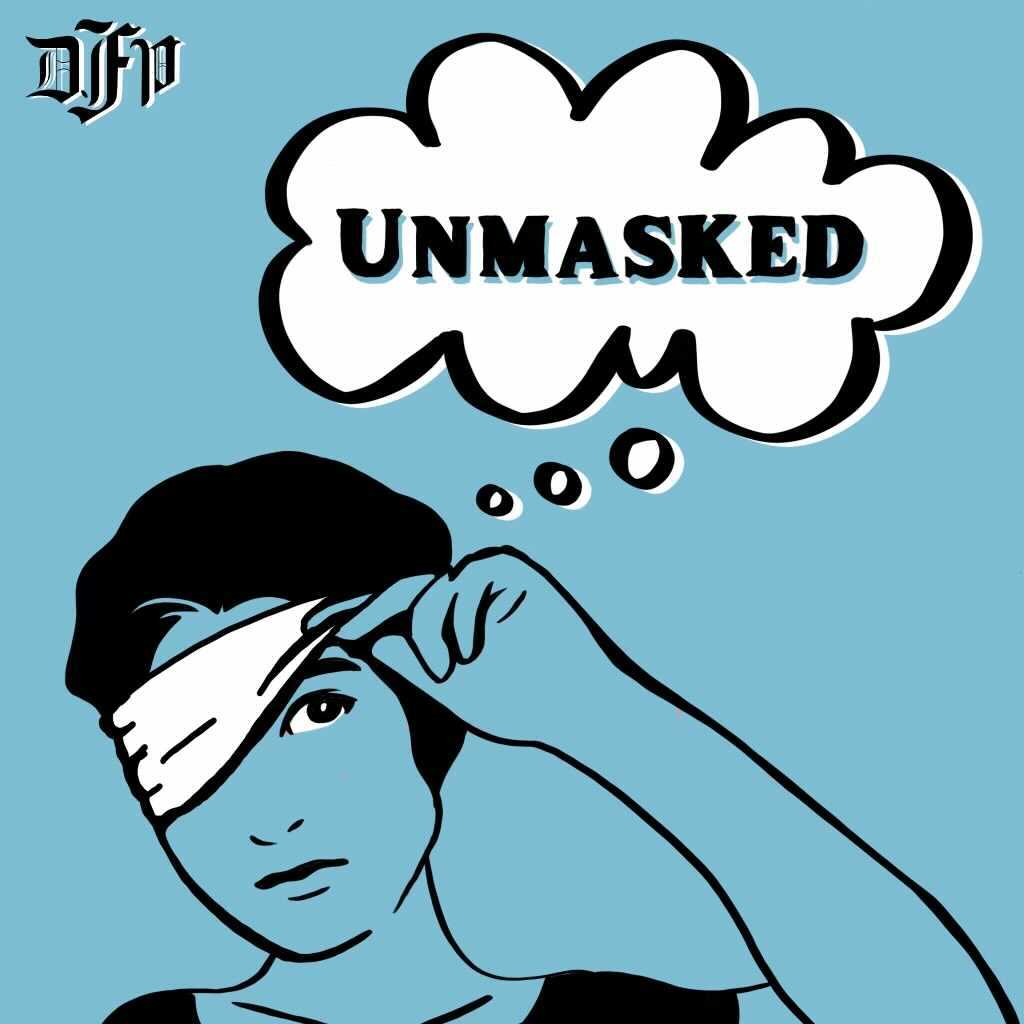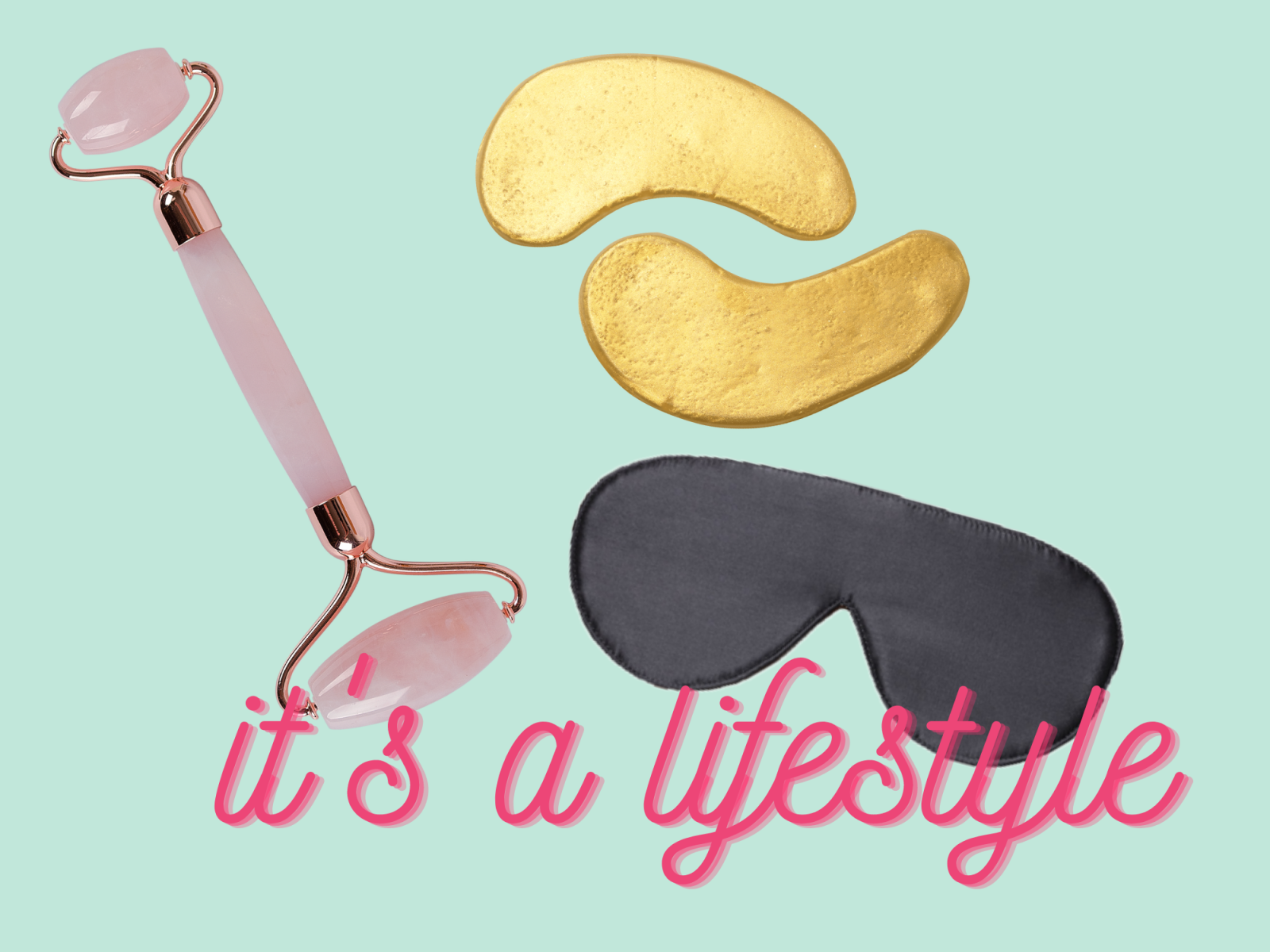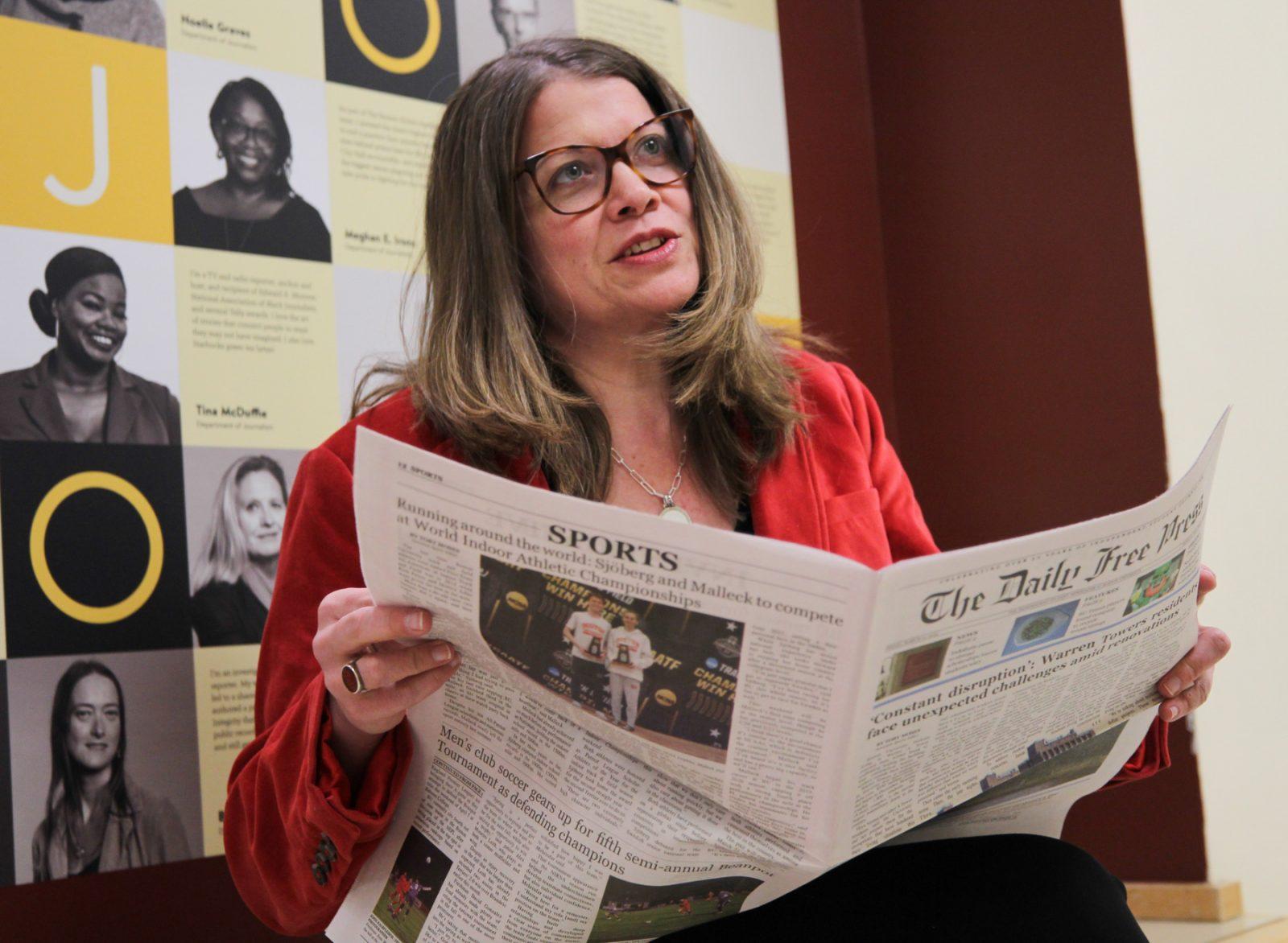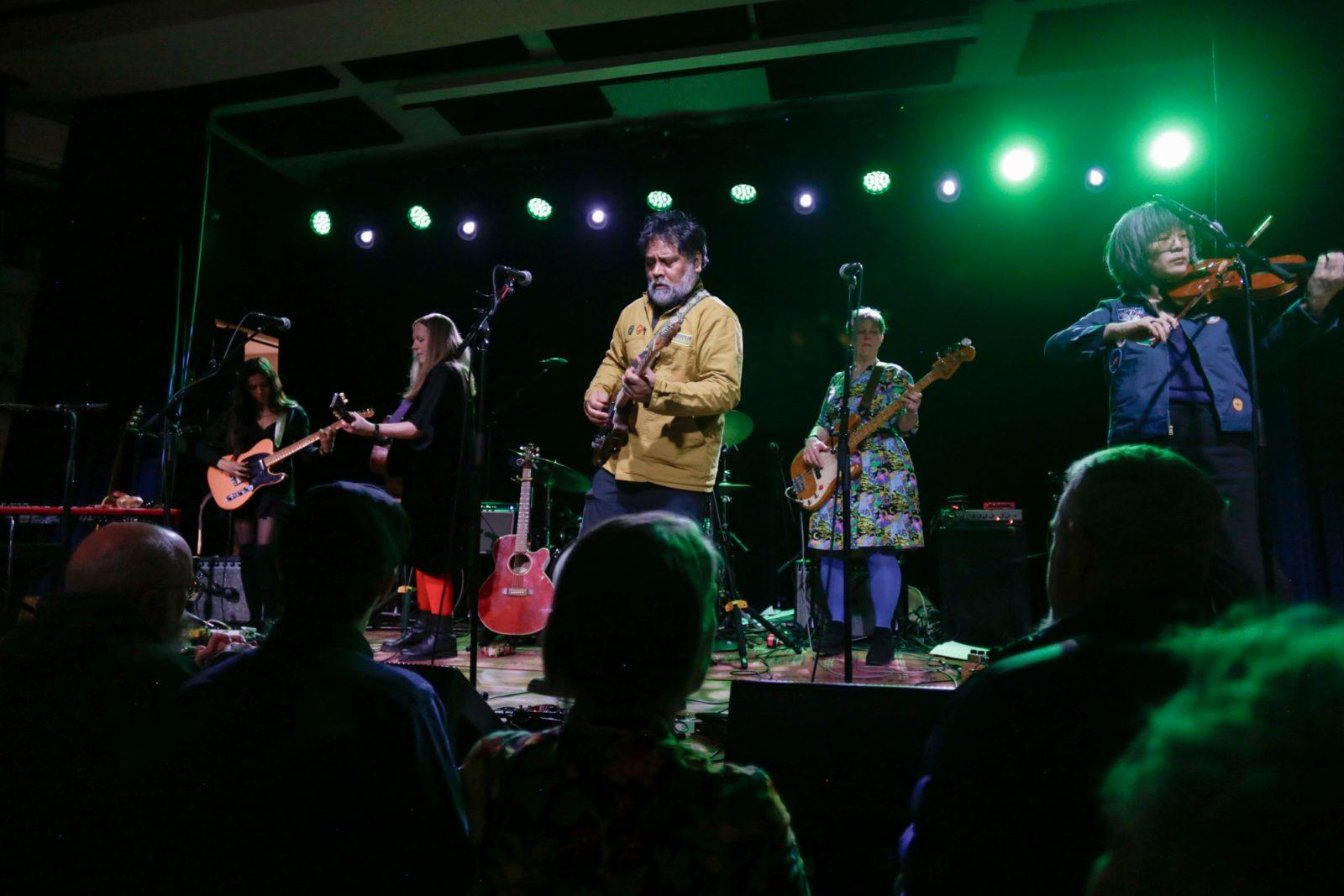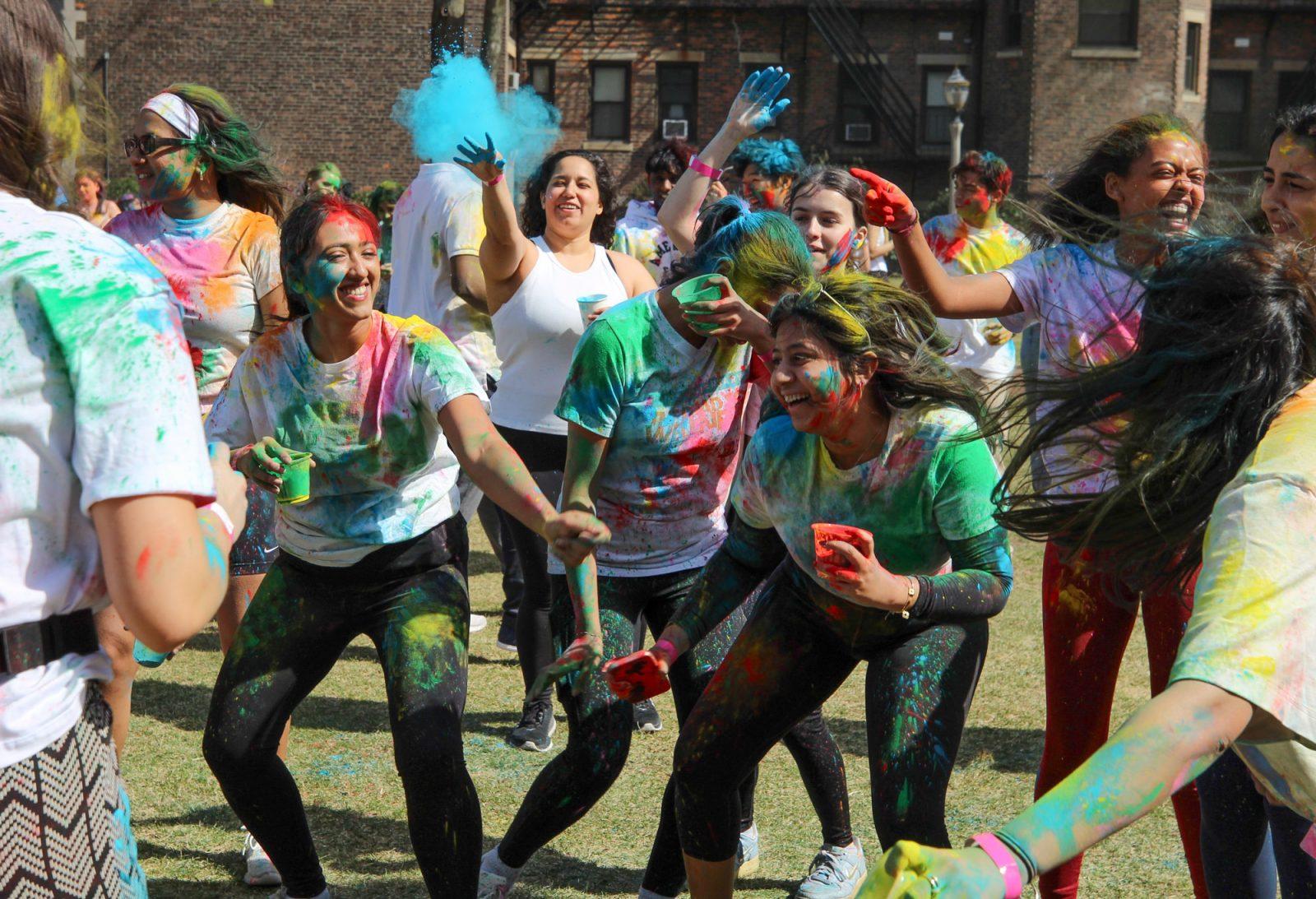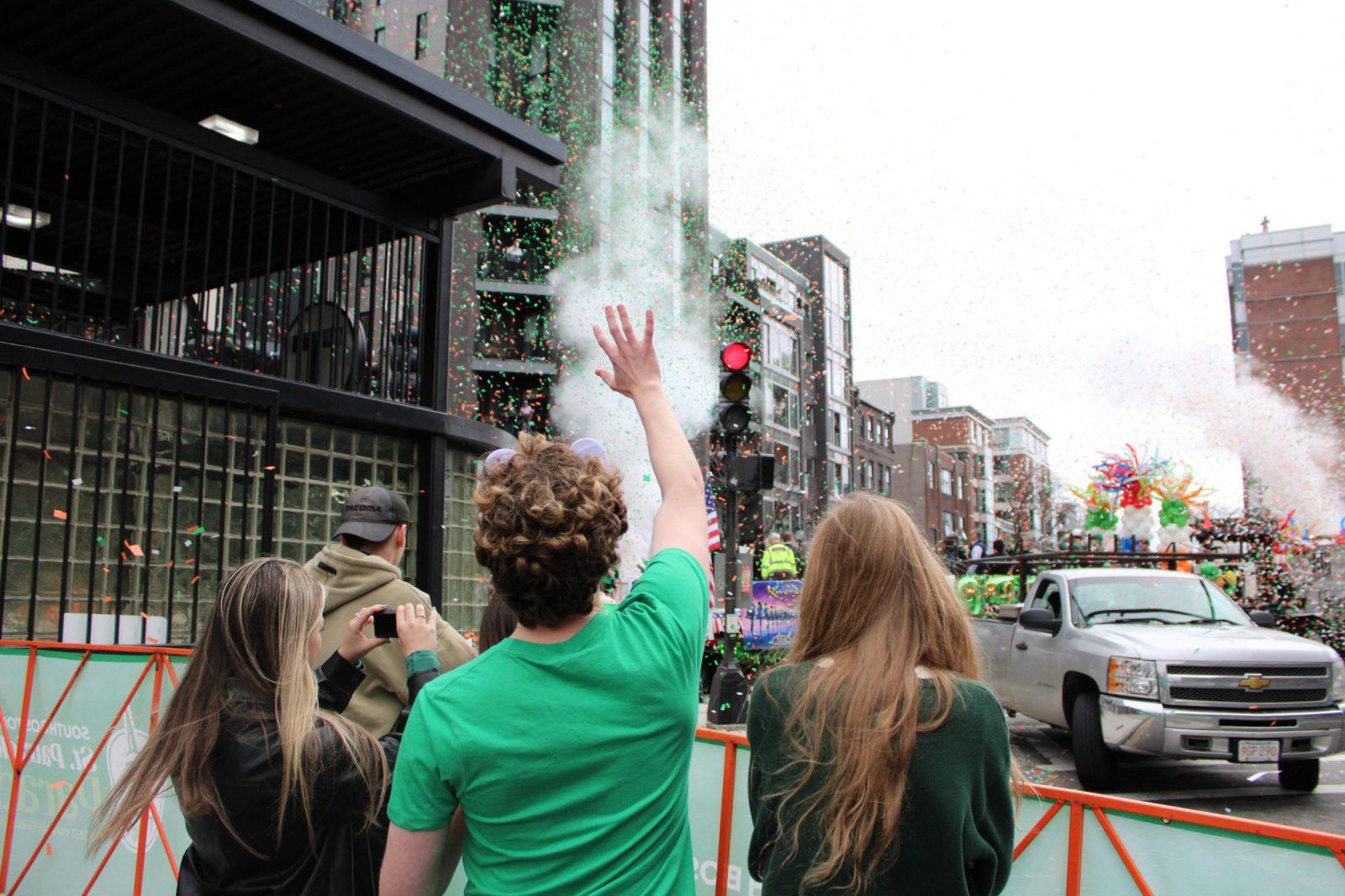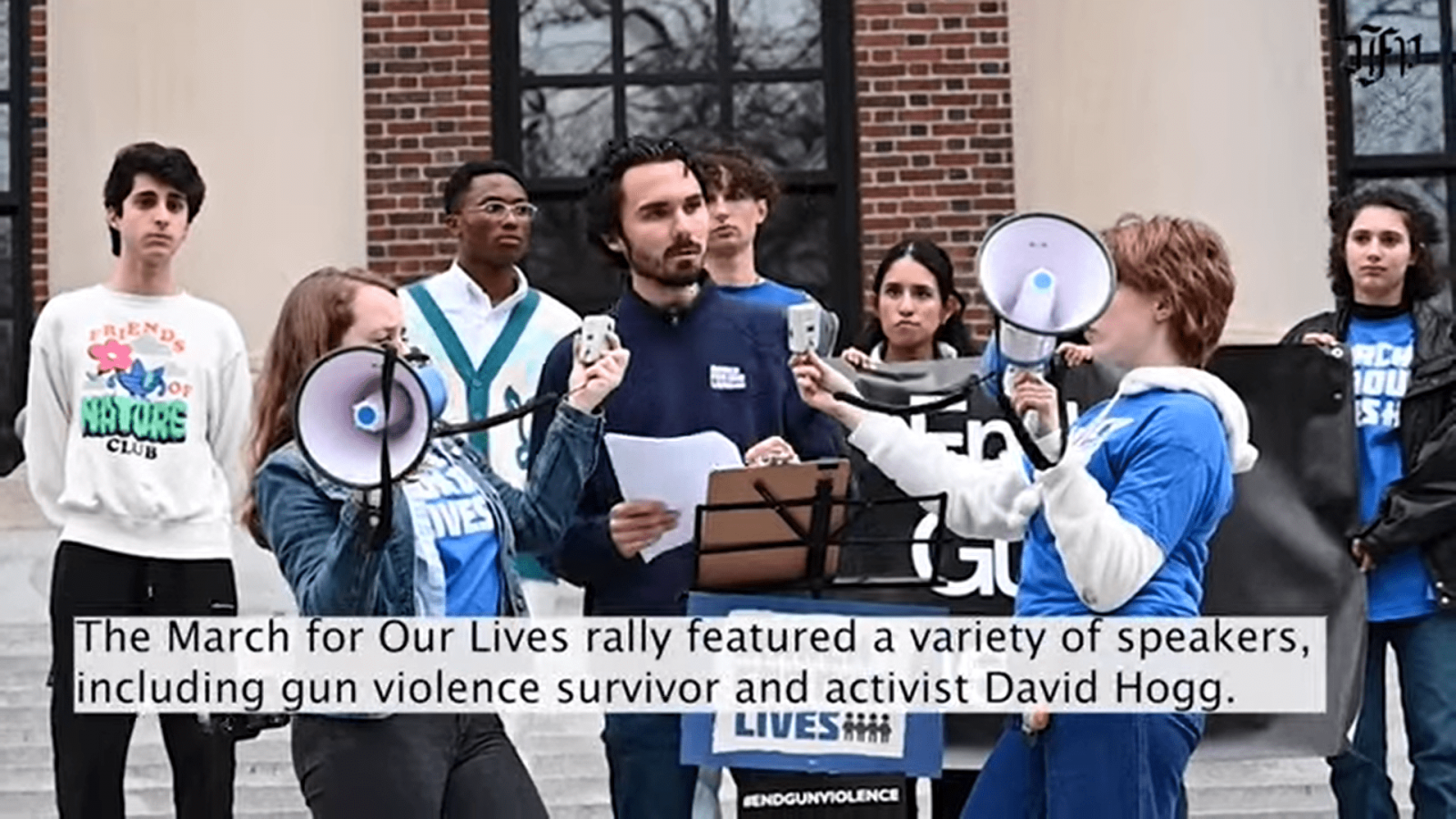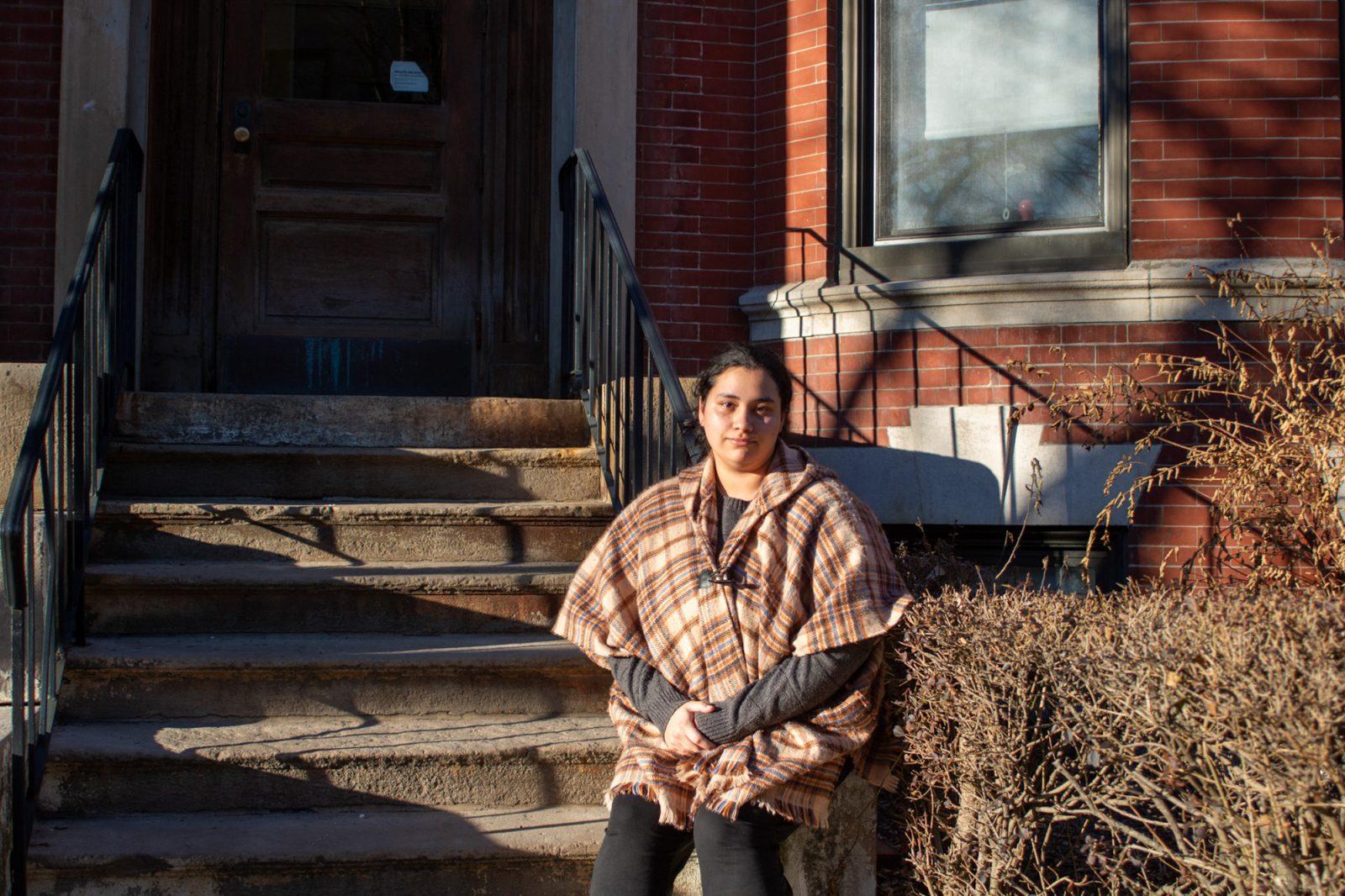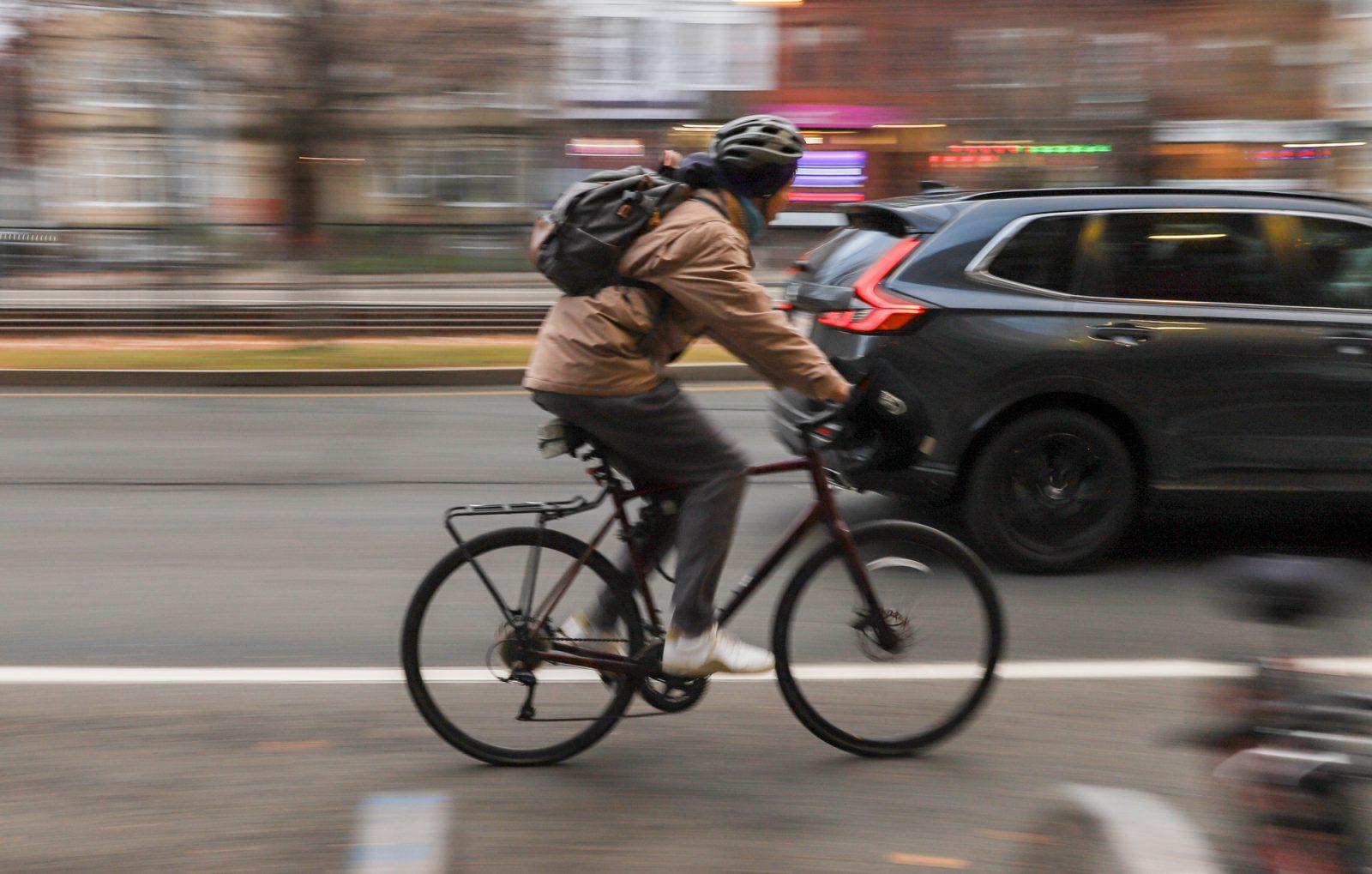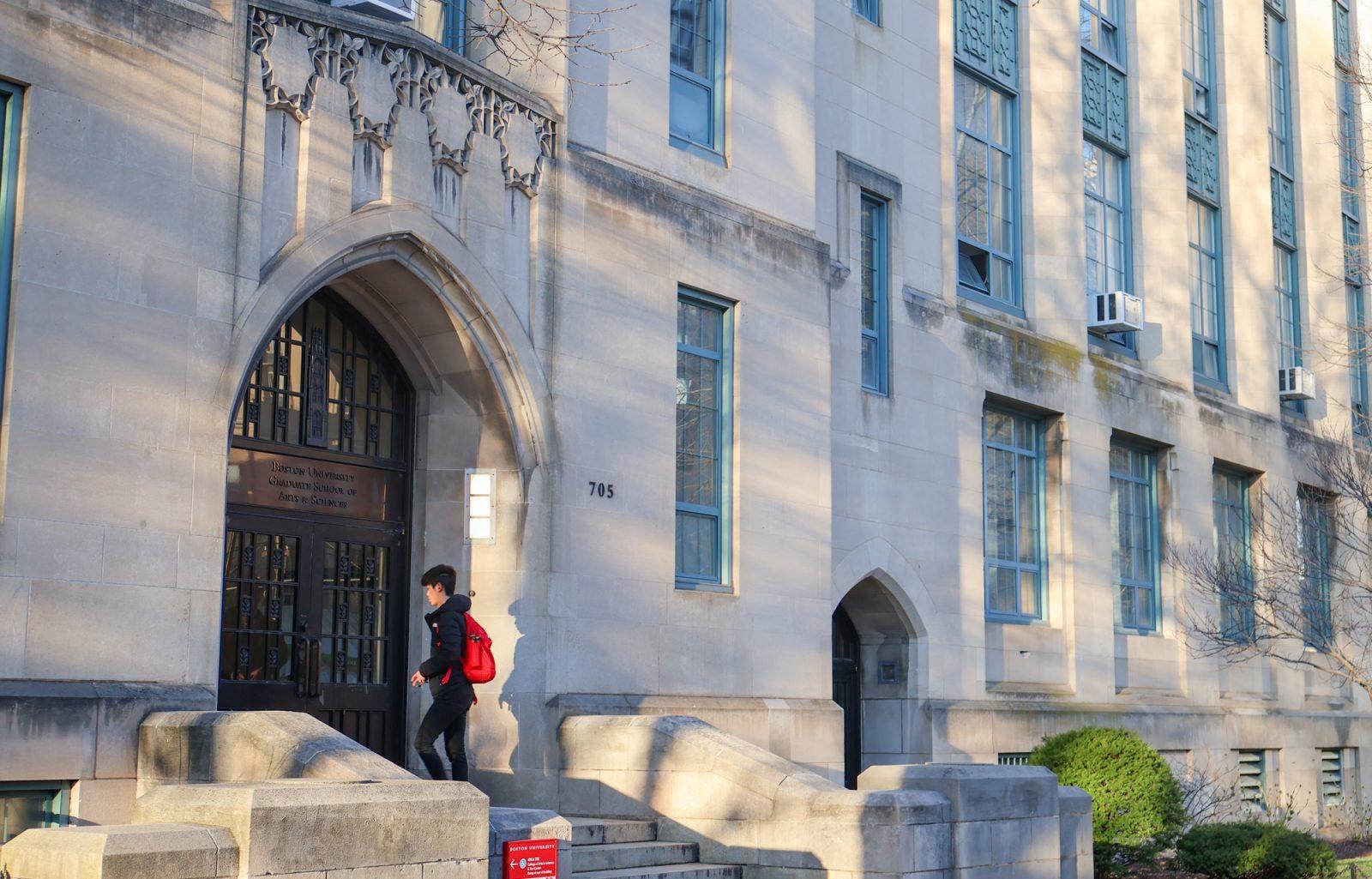
It’s a good thing I have some experience with cities that refuse to make sense. On the first day of my Contemporary Irish Society class, our professor explained to us that we shouldn’t be too concerned about the fact that street signs in Dublin are hidden away on the sides of buildings, or that there aren’t uniform city blocks so much as there are places where streets accidentally intersect with other streets. In short, it won’t be long before we’re used to the fact that Dublin is actively trying to confuse us.
“The city’s a bit like a sponge. It’s like SpongeBob,” Frank, the lecturer, explained. “It sort of festered out from a central notion.”
This is a pretty poetic way to talk about buildings and streets being jammed together haphazardly, the same way they are in Pittsburgh, where I spent my summer. (In Pittsburgh, we mainly just curse out our GPS and focus on weaving through the construction cones.) The Dublin tourism bureau would probably tell you that kind of poetry is typical; this is the city that gave us James Joyce, after all. The home of Oscar Wilde, who has an encyclopedia’s worth of witty quotes attributed to him, some of which he may not have even said. Maybe I’ll finally be inspired to finish my first novel here. At worst, here’s hoping I’ll be motivated to keep up with this blog.
Growing up, I heard a lot about the Irish writer-dreamer-poet from my mother, who’s nearly 100 percent Irish and always made us listen to rebel songs about kicking the English off our land on St. Patrick’s Day. I saw a lot of green decorations and shamrocks year-round at my uncle’s house in Ohio; he was proud of the family name, McCartney, and wanted to make sure we all knew we were Irish and damn proud of it. In fact, when I first told him I’d be going to school in Boston, he almost teared up. “All those Irish Catholics in Boston, honey,” he told me. “Couldn’t be going anywhere better.” (For the record, I am fairly certain he thinks I go to Boston College.)
I probably got a lot of the same stories and images as a lot of American kids whose great-great grandparents came from Ireland, growing up, so I consider myself pretty lucky to have wound up here. Of course, I have to change the way I describe myself – at home, when the topic of heritage comes up, I can comfortably call myself an Irish-Lebanese Pennsylvanian (rolls off the tongue, doesn’t it?). Here, I’m not Irish. I’m from the States.
One of the more interesting things about wandering around another country has been hearing about the way other people expect me to be as an American. That same lecturer who brought up SpongeBob has talked to us about the American image of explorers, loners, cowboys roaming through wide open western spaces. The young guy who interviewed me at the magazine where I’ll be interning was more frank: “What do you mean you don’t have an iPhone? You’re an American!”
It wasn’t worth explaining that I have a Droid, which is as baffling and excessive as any iPhone. Like it or not, I represent the States from sea to shining sea every time I open my mouth here. I’m expected to be on time, even though Irish people are apparently expected to be late for everything. I’m already tied to Bill Clinton and John Wayne (I’ve been told) by virtue of my birthplace, and I’m cool with that. This is the fun part – this is the part where I put names and faces and personalities to Irish people who aren’t Bono and the Edge. This is the part where I learn my way around Ireland.



